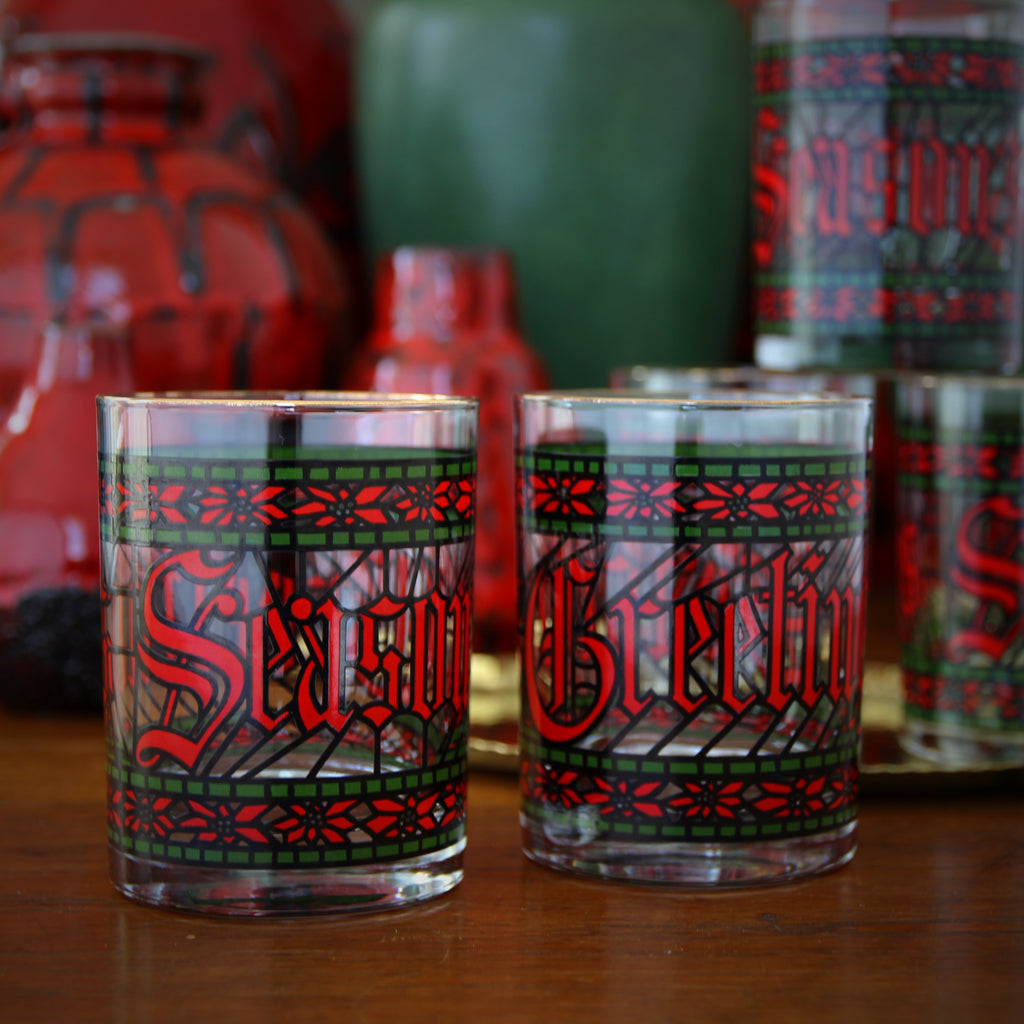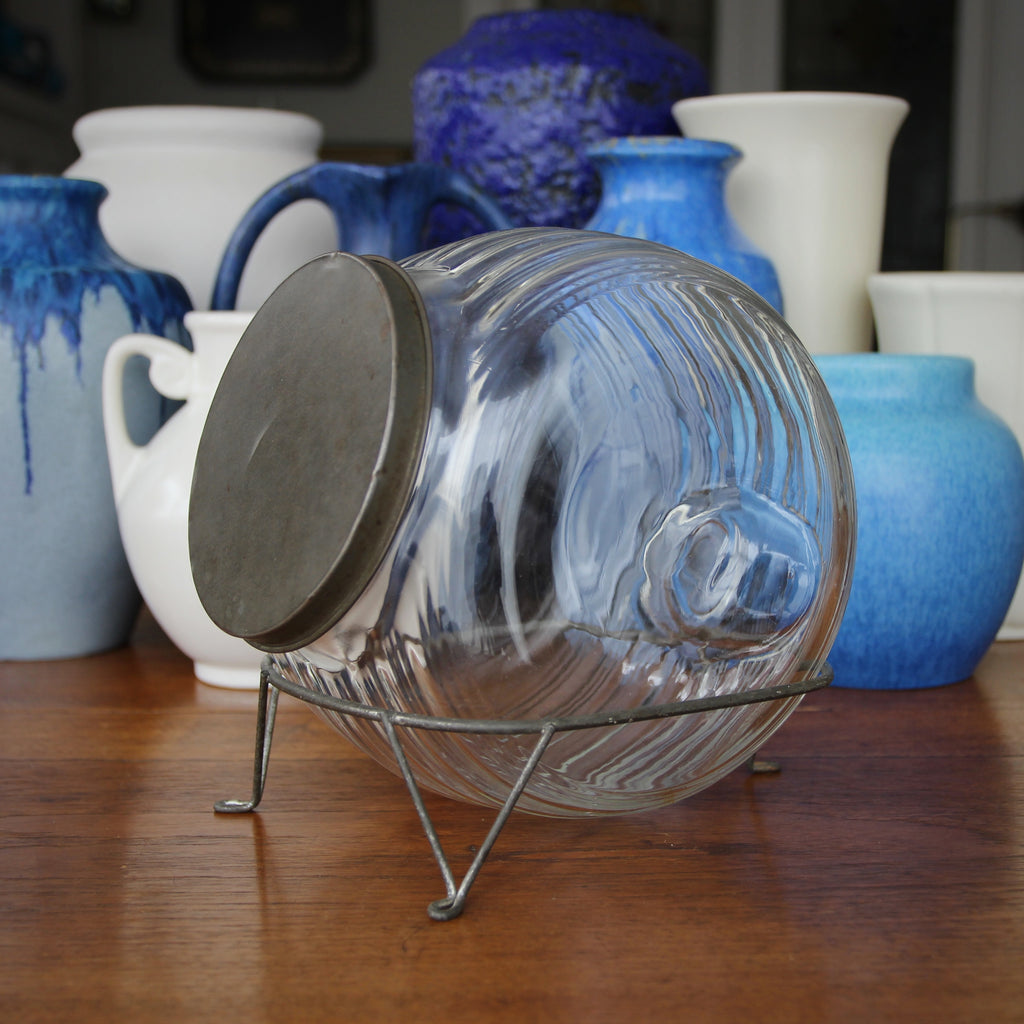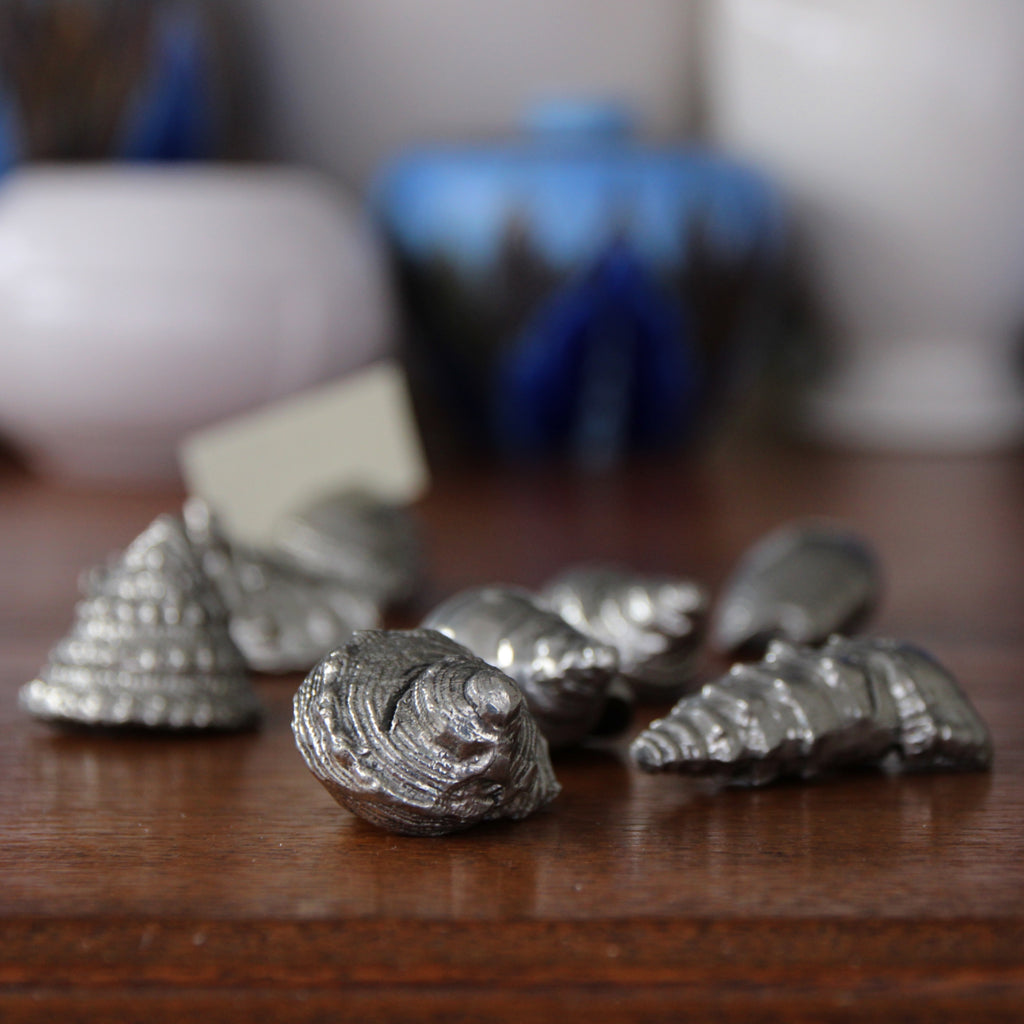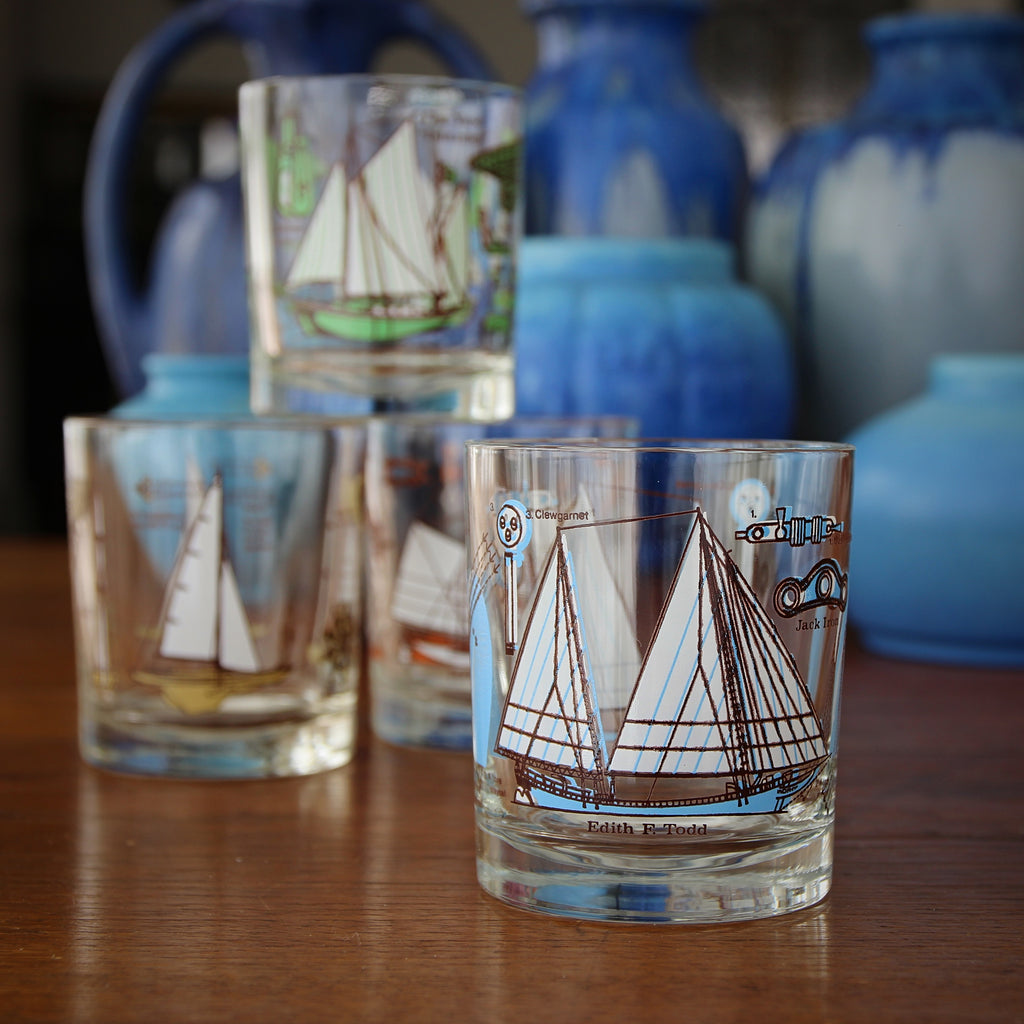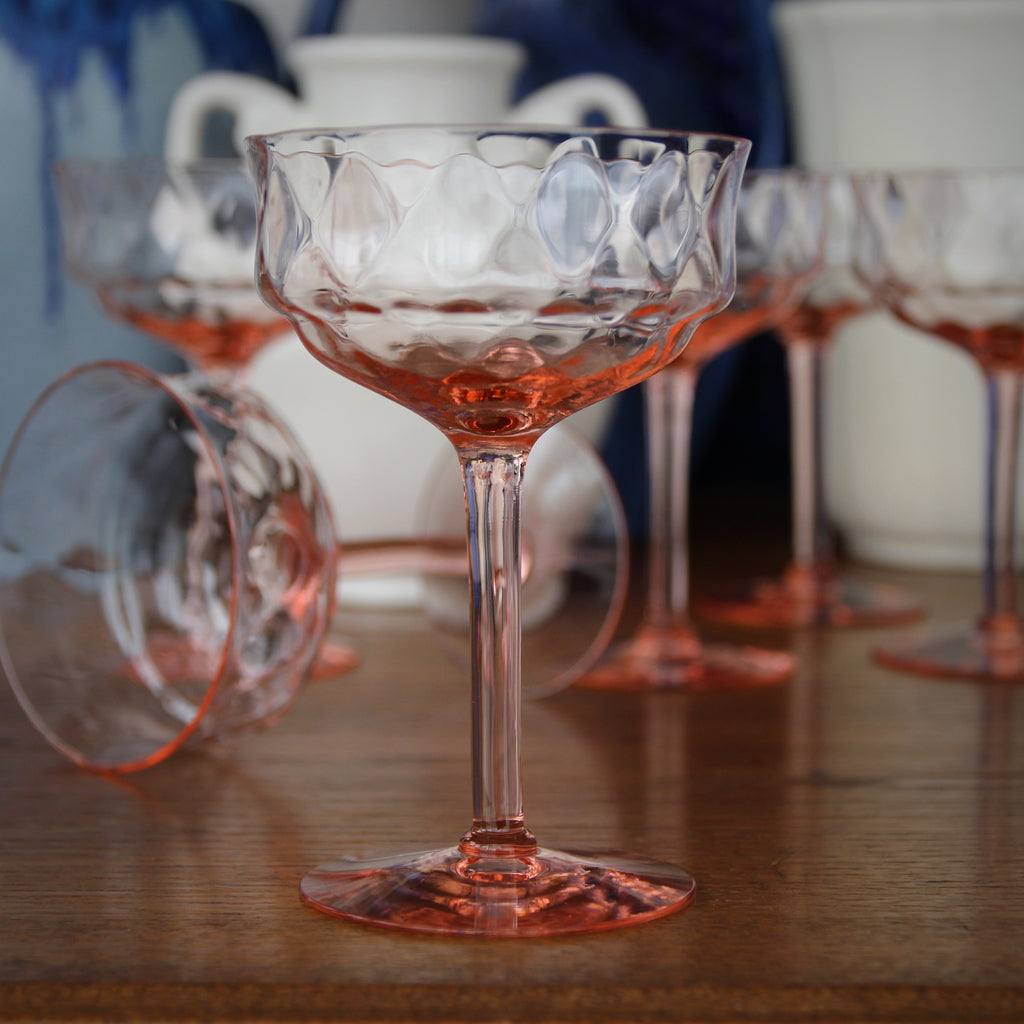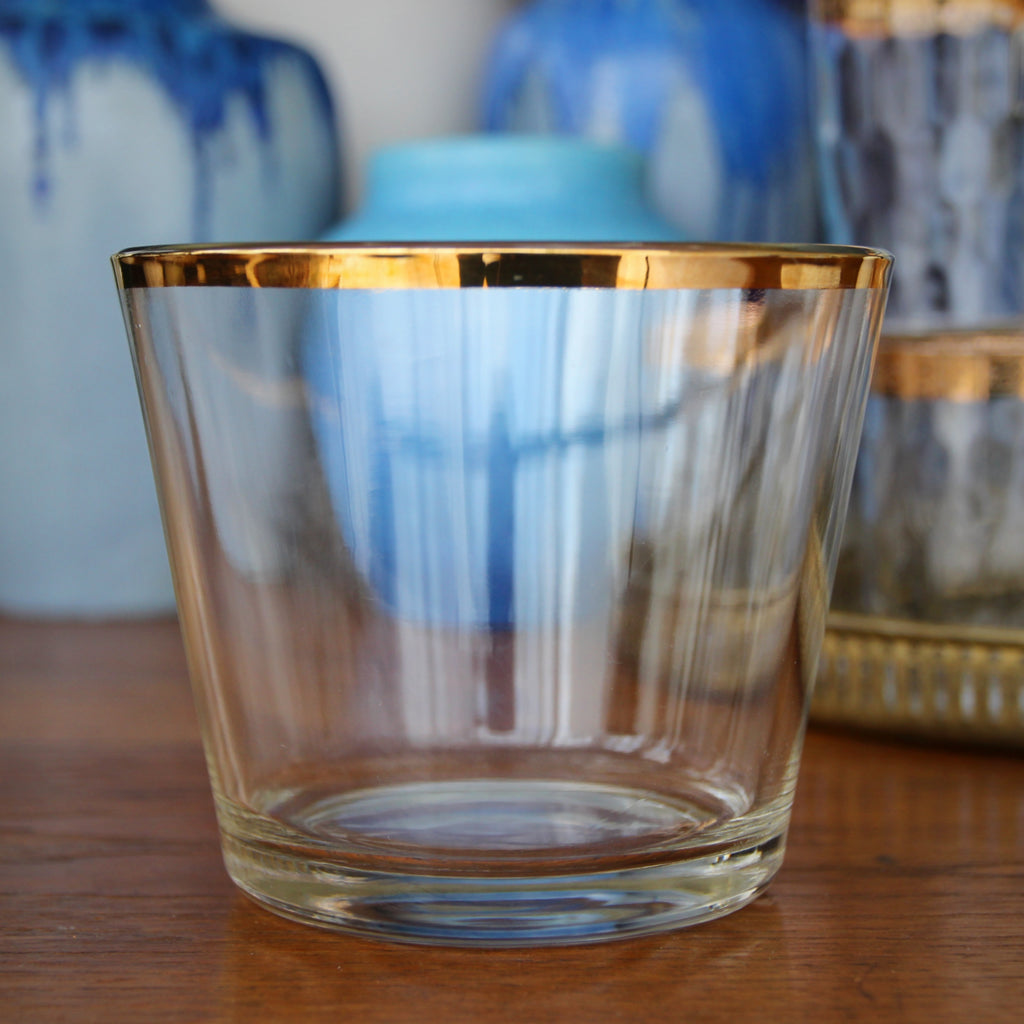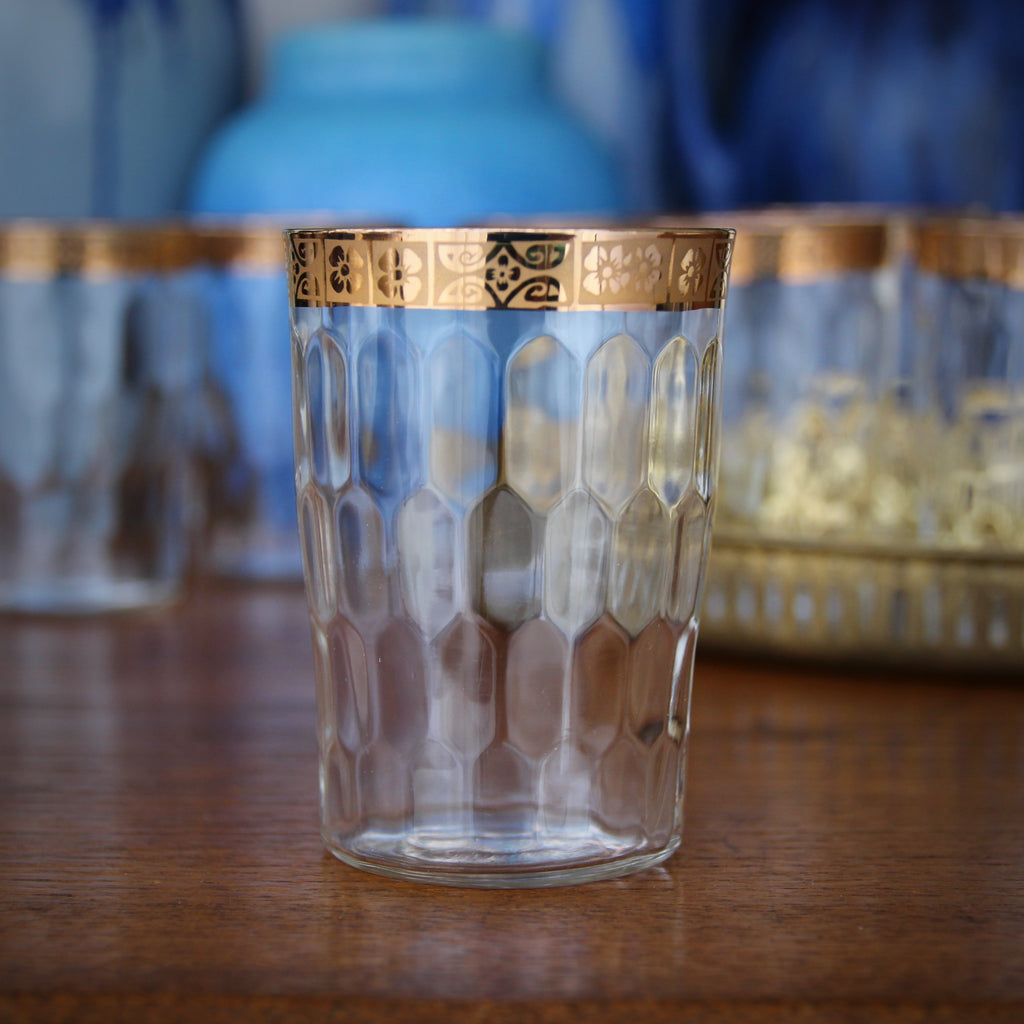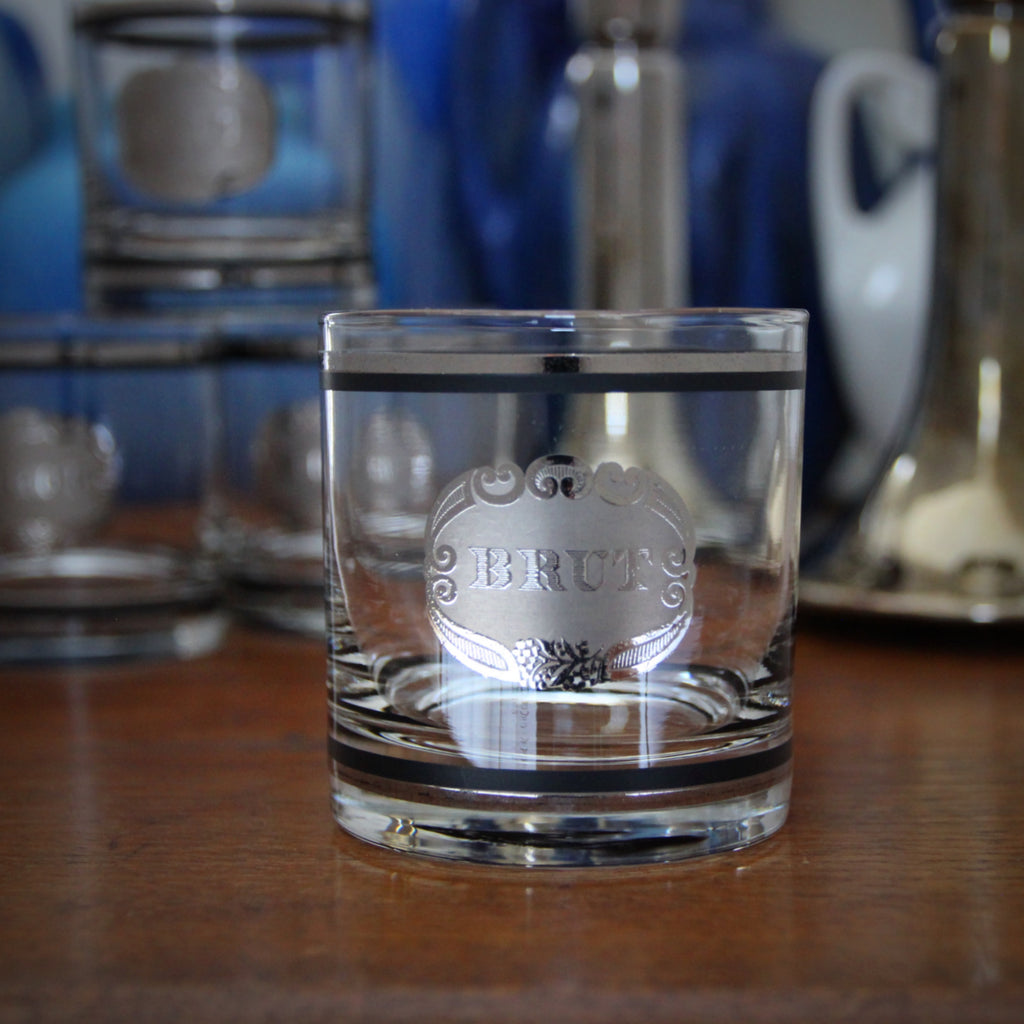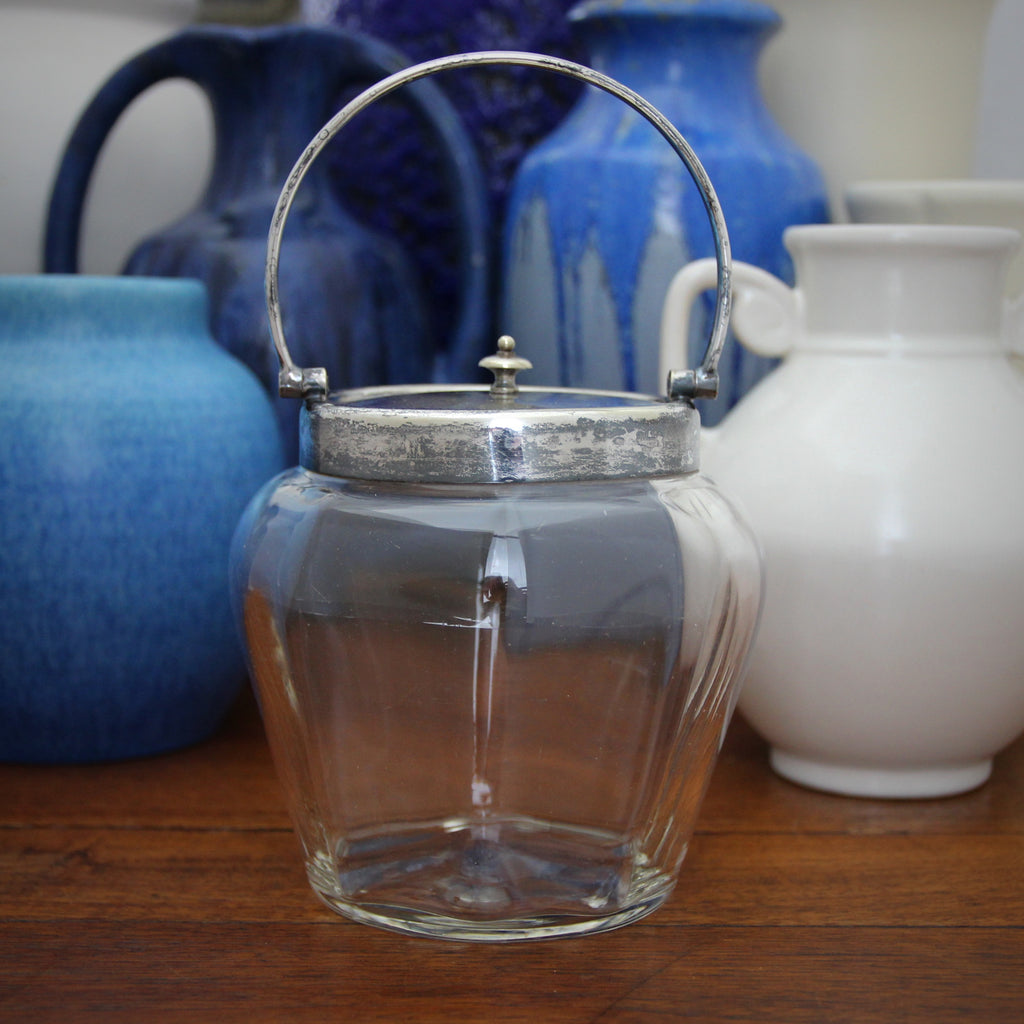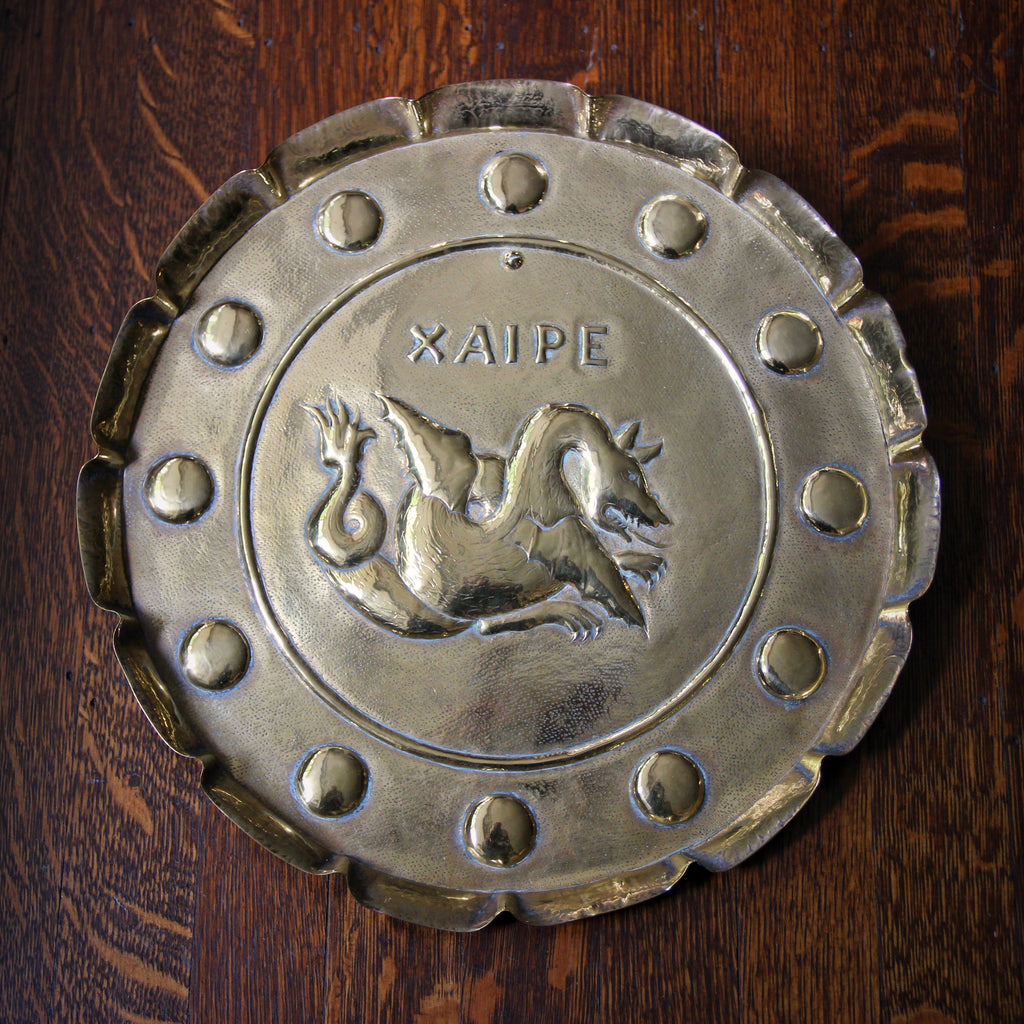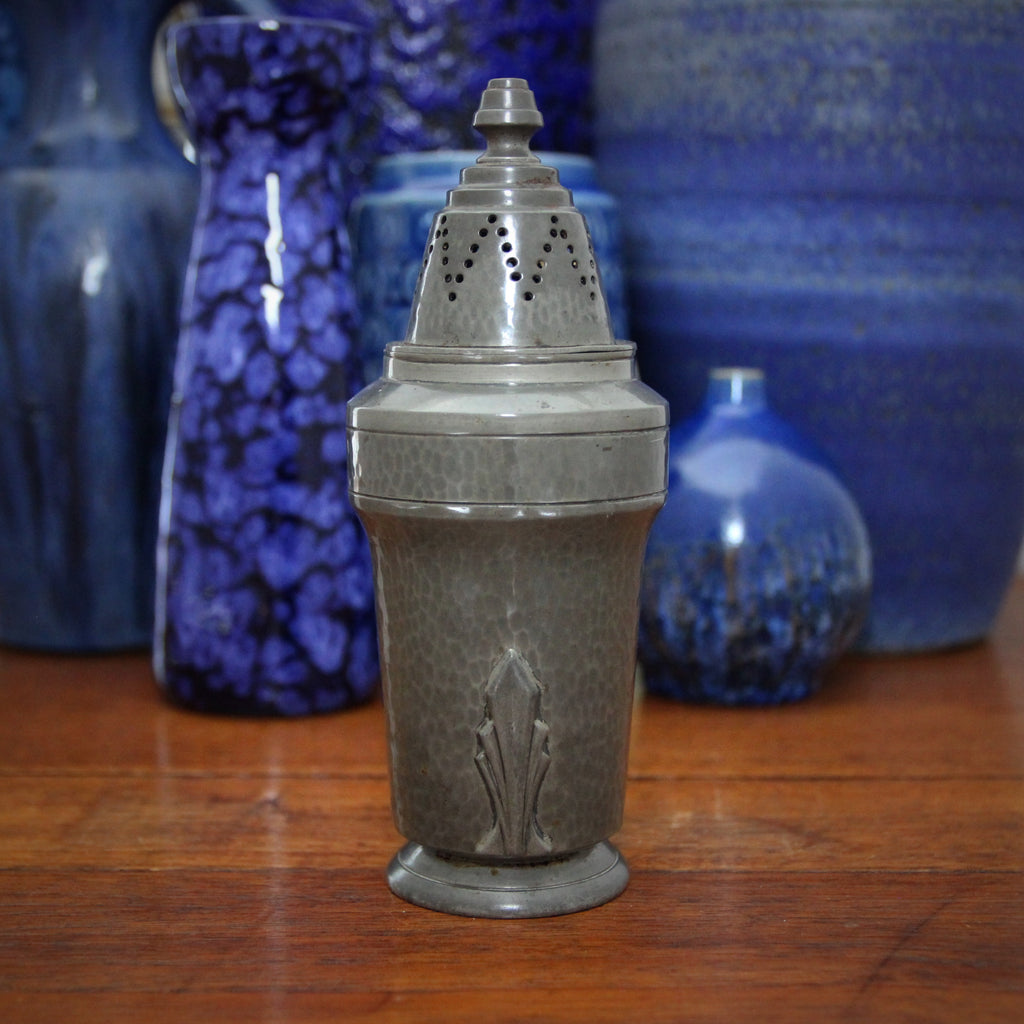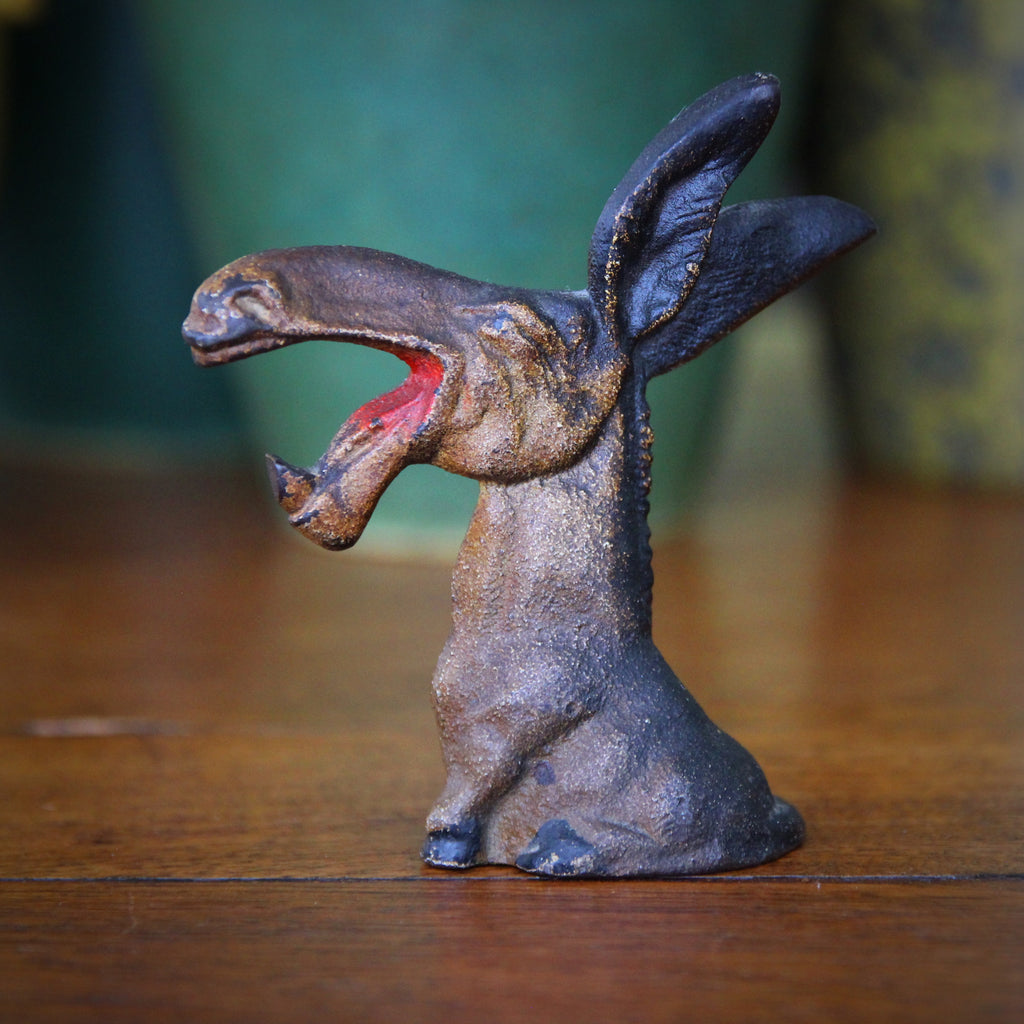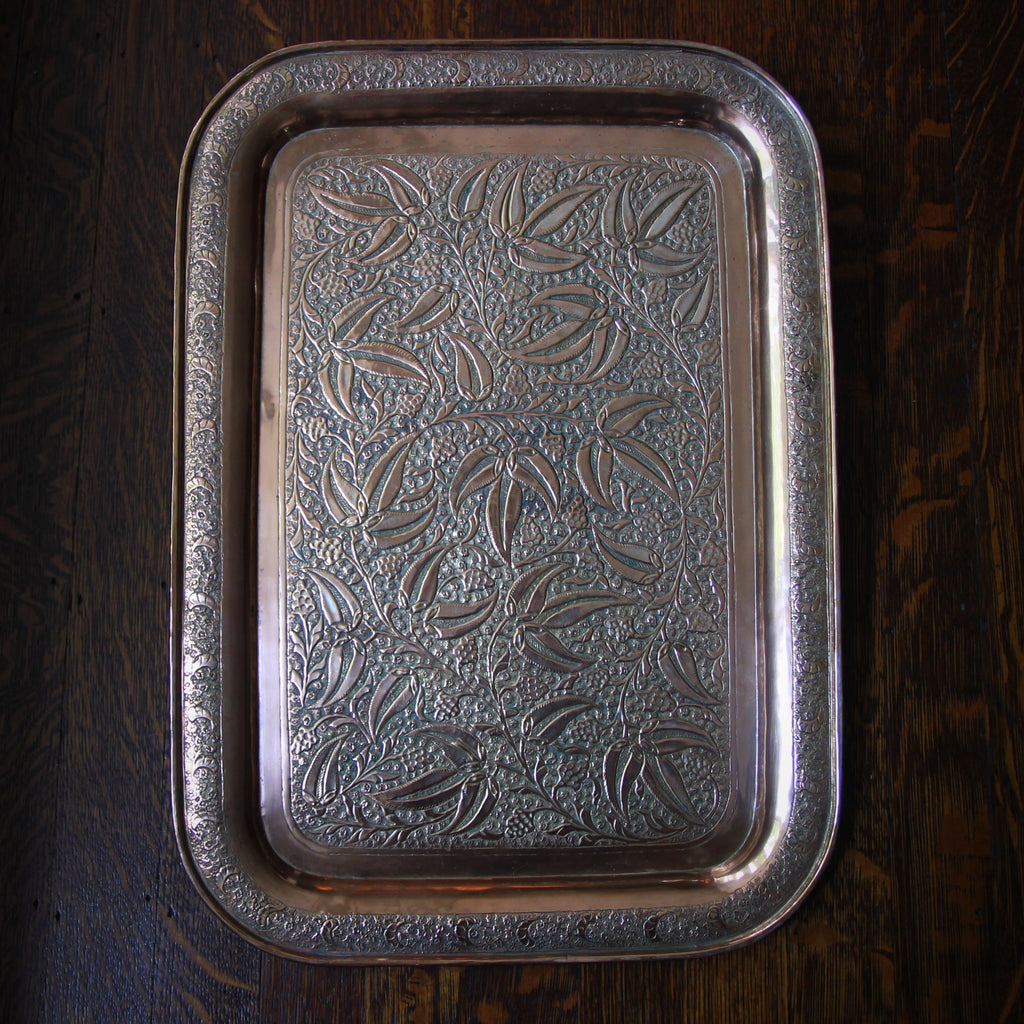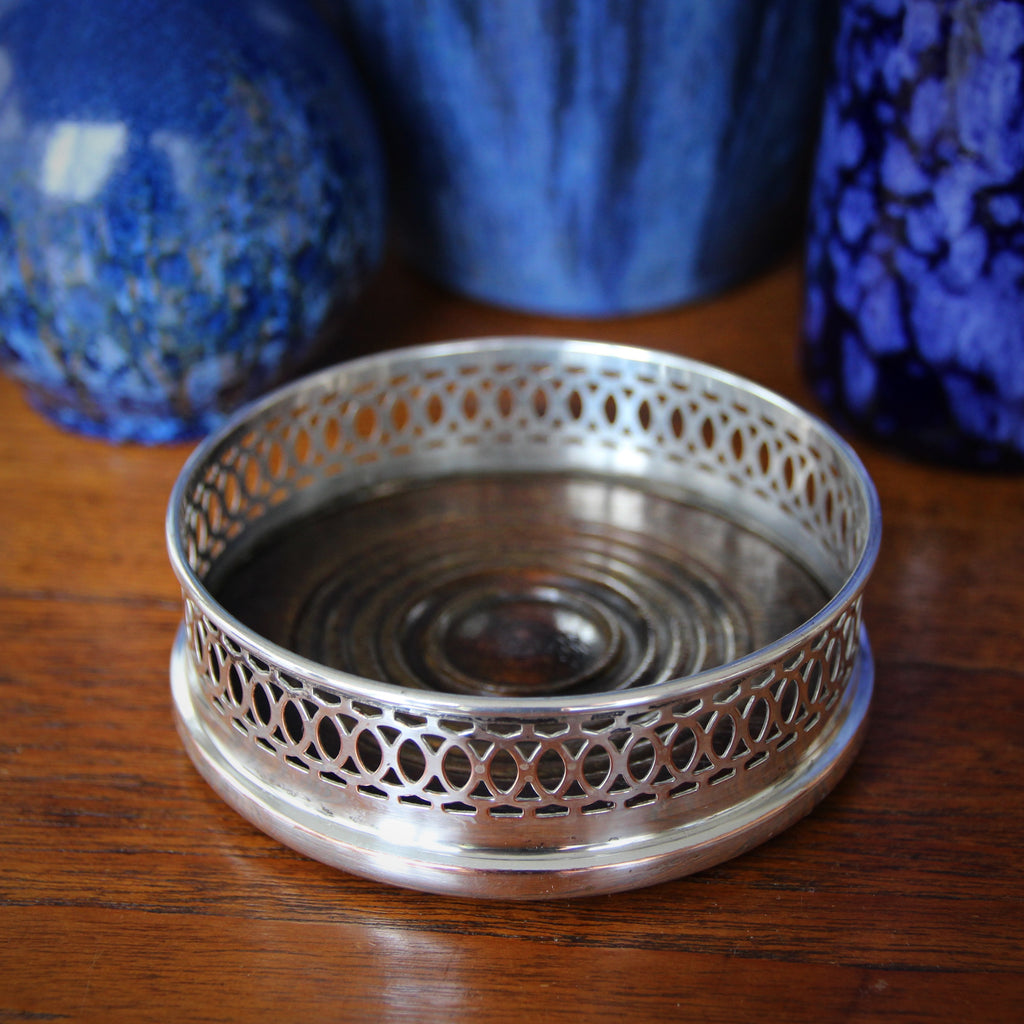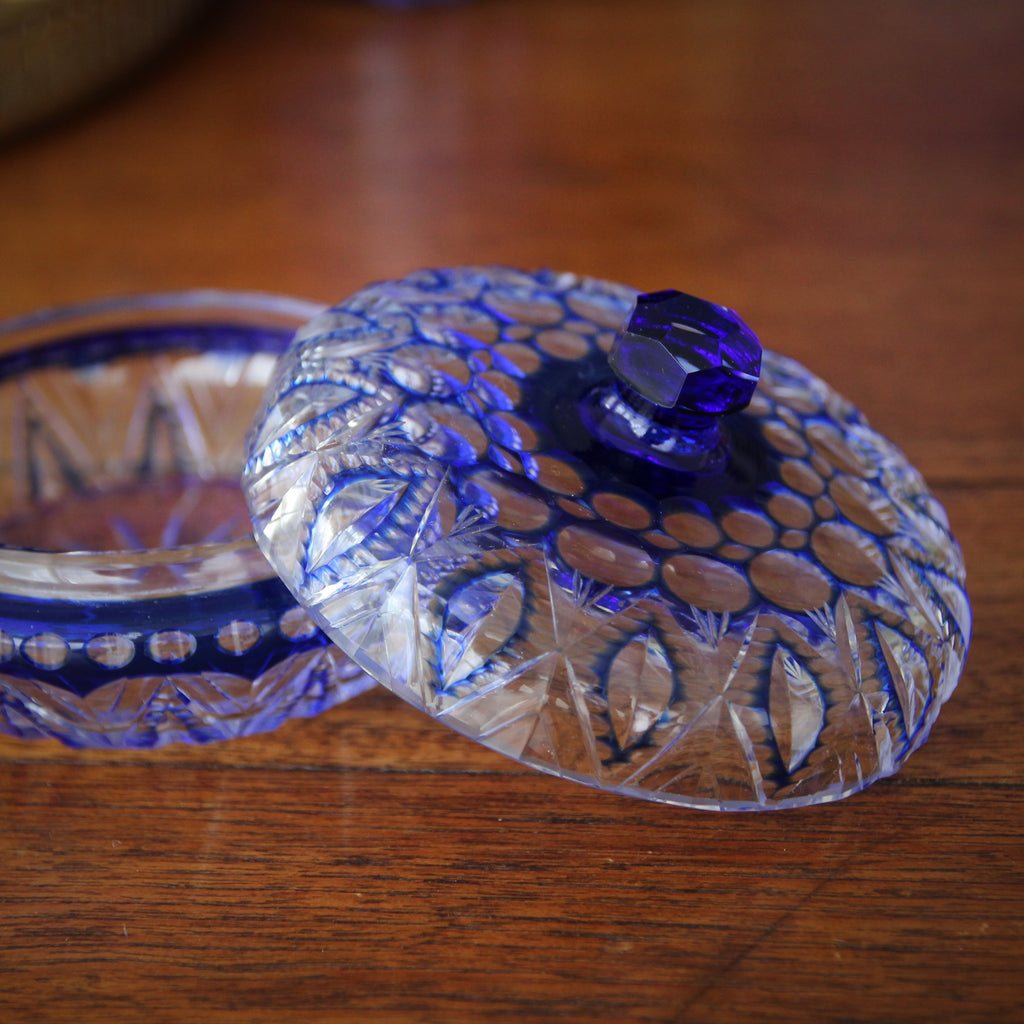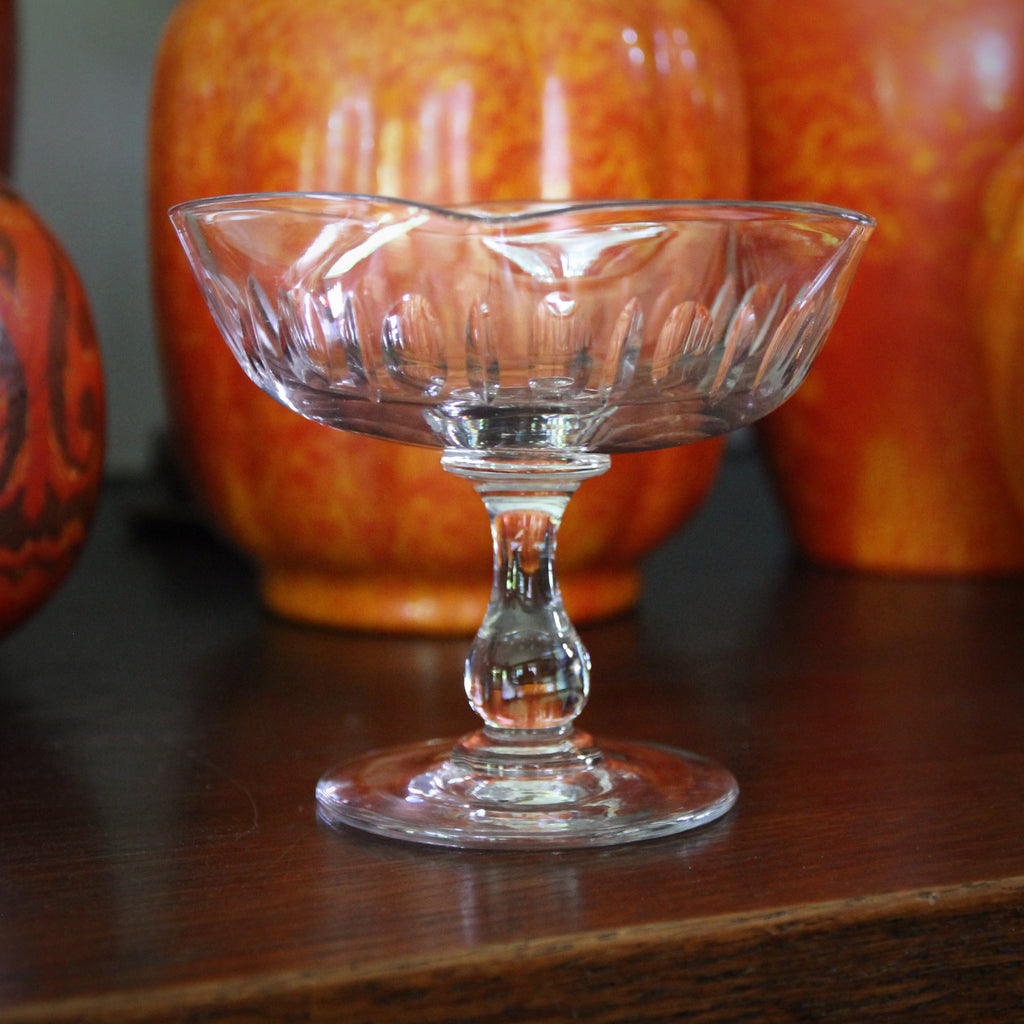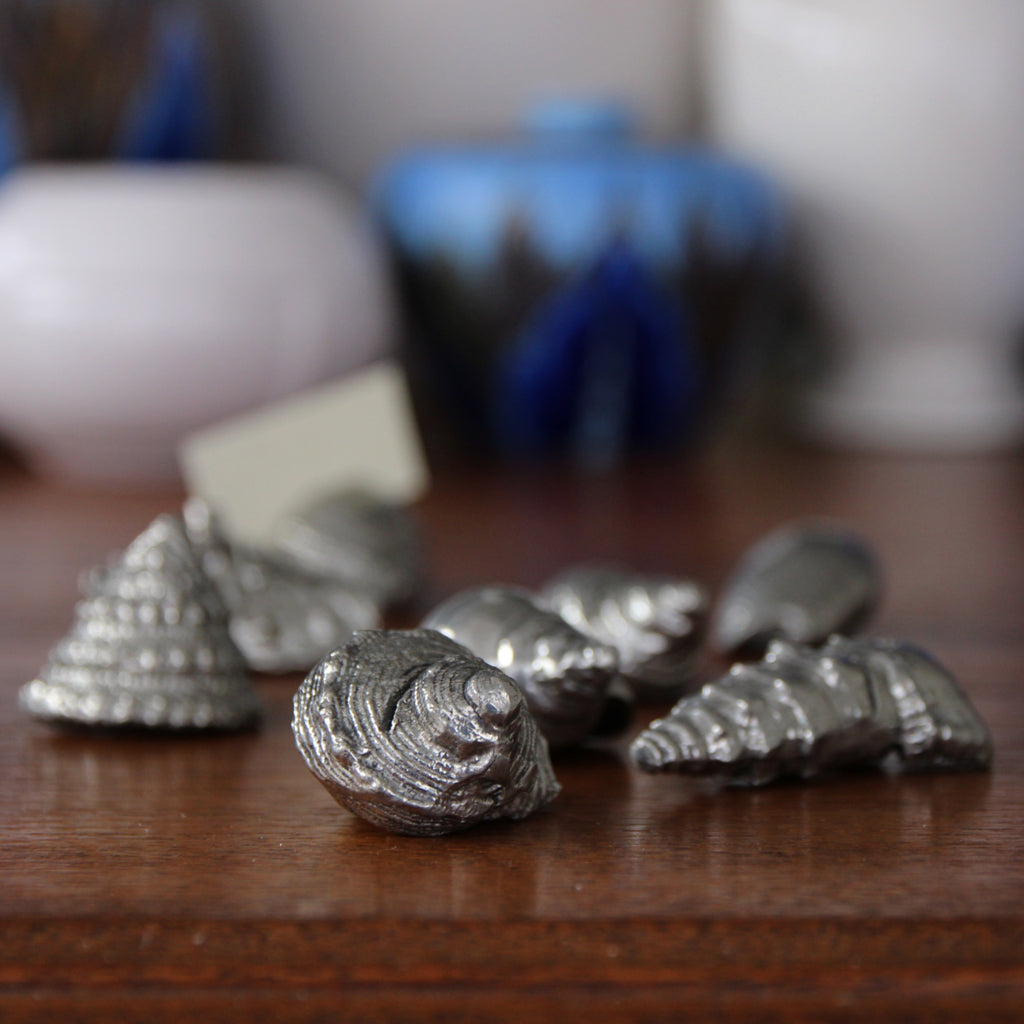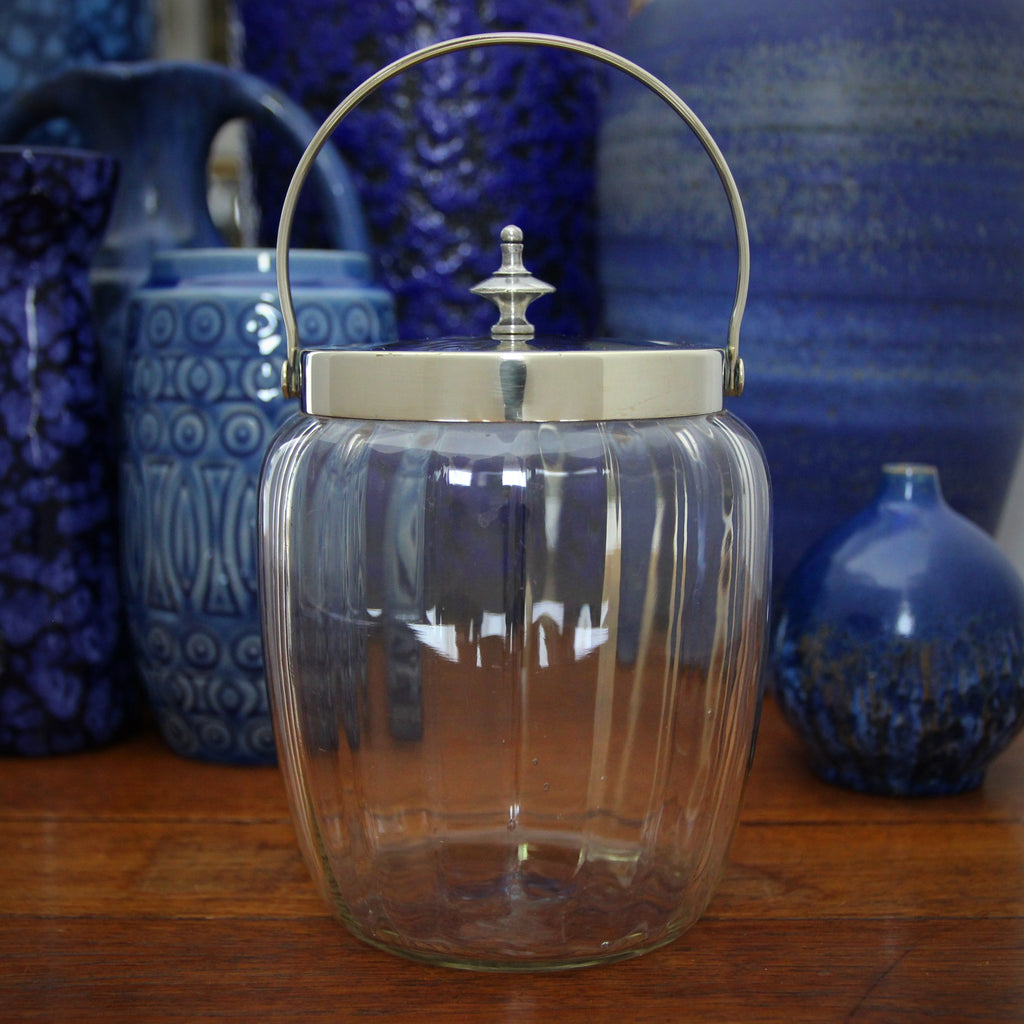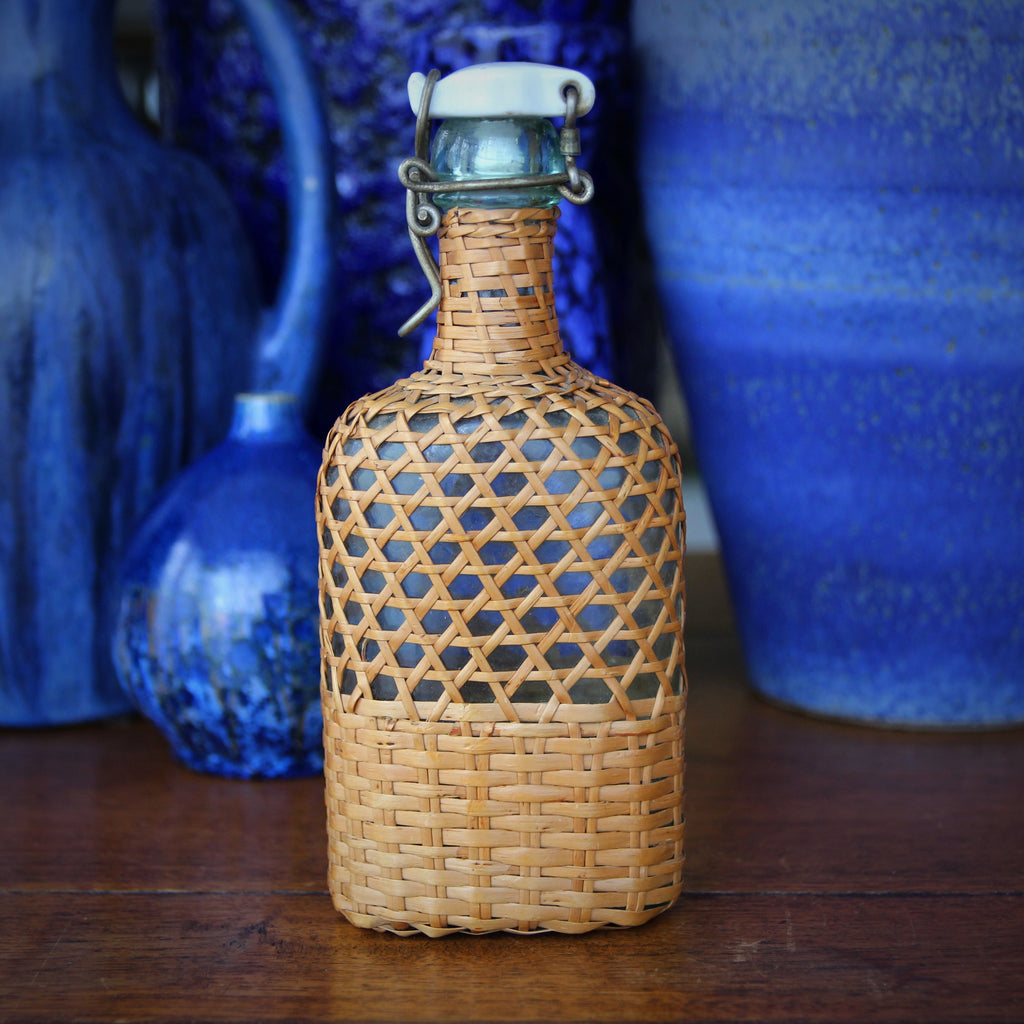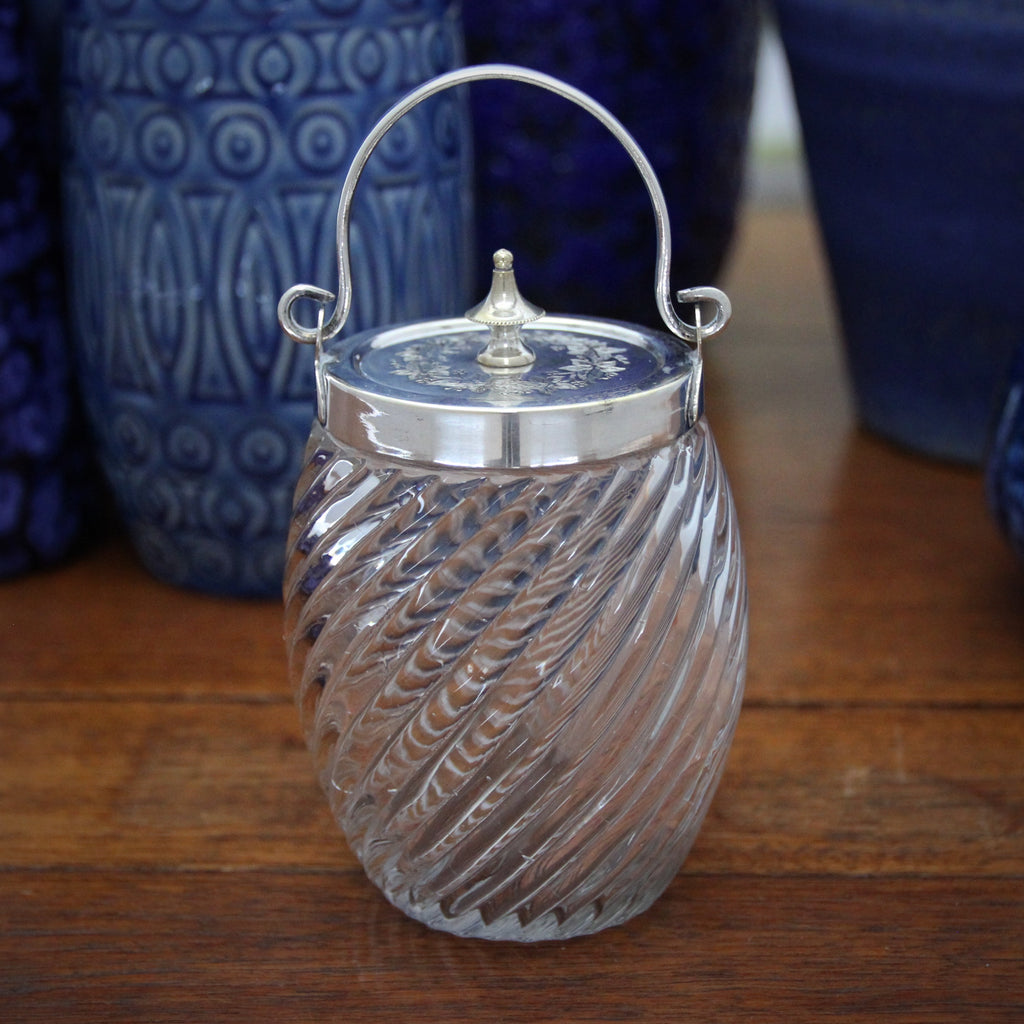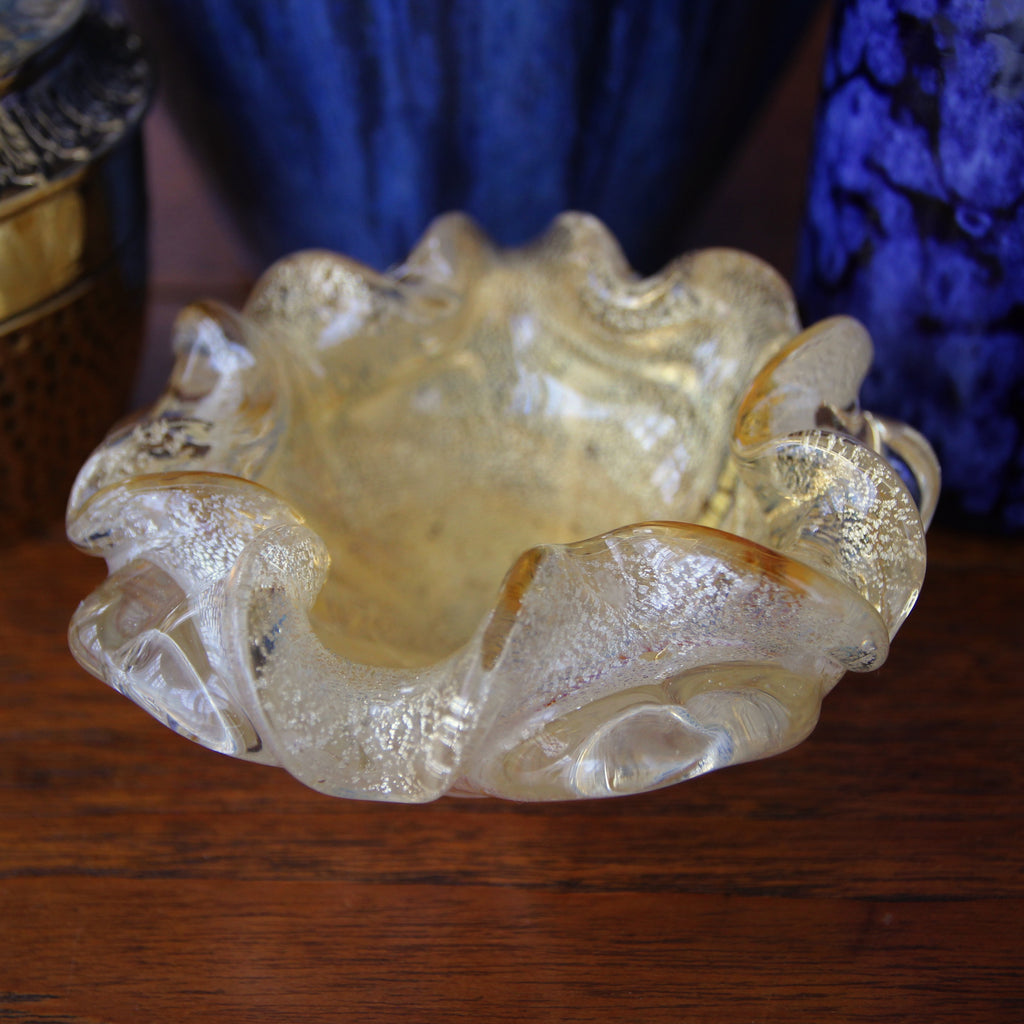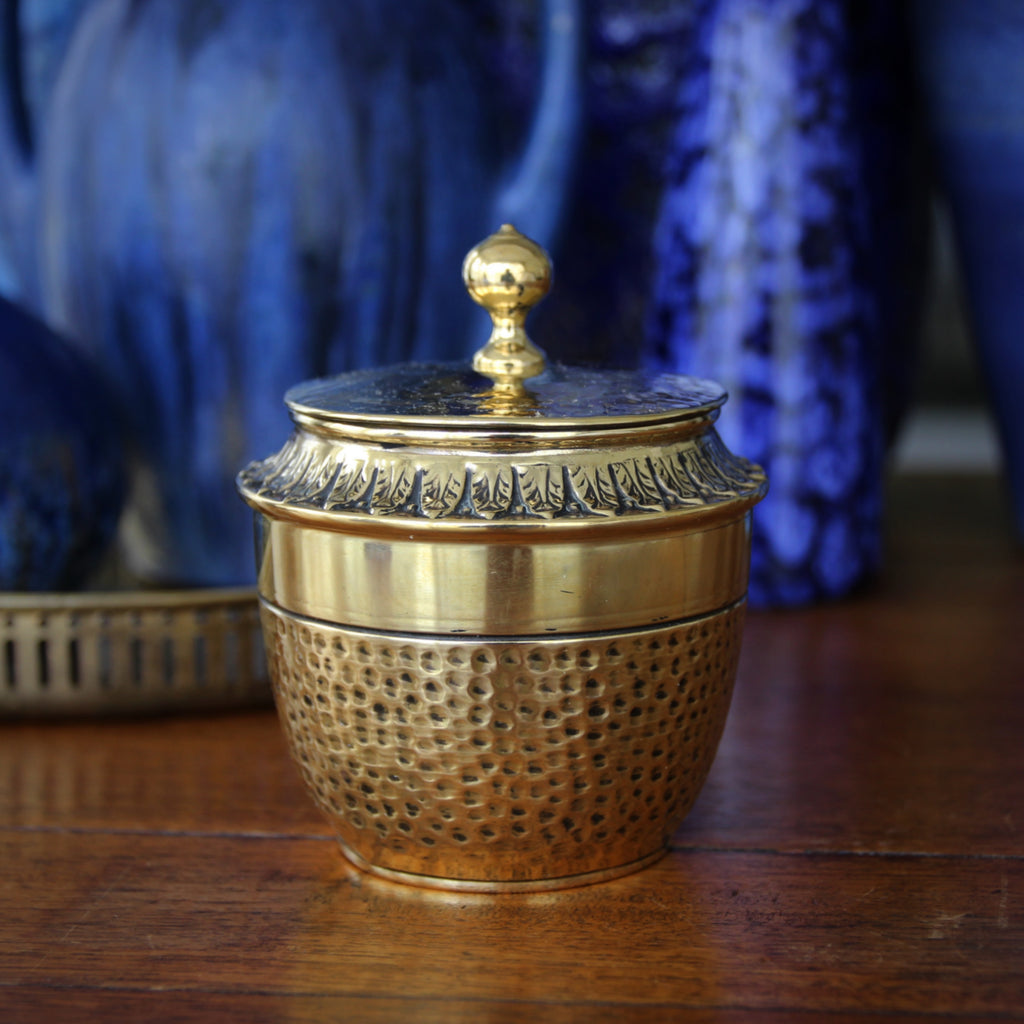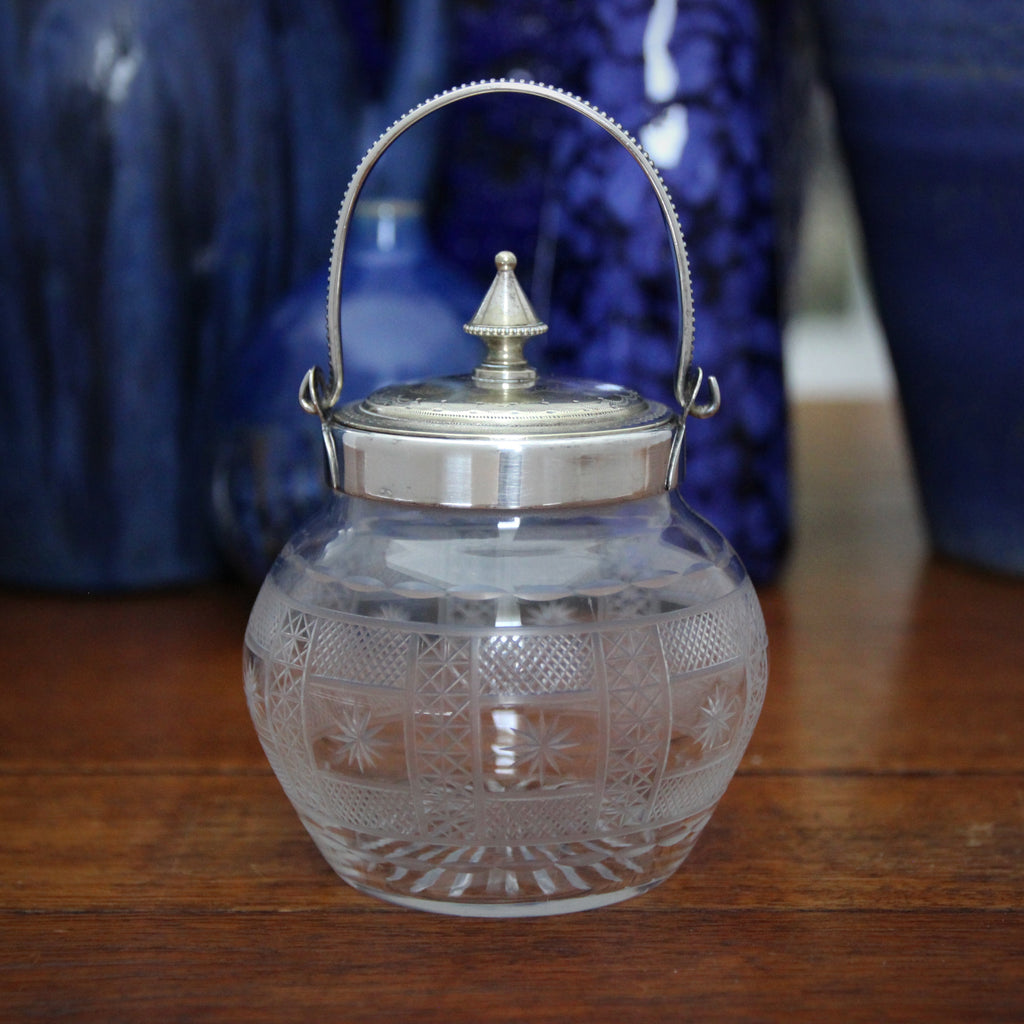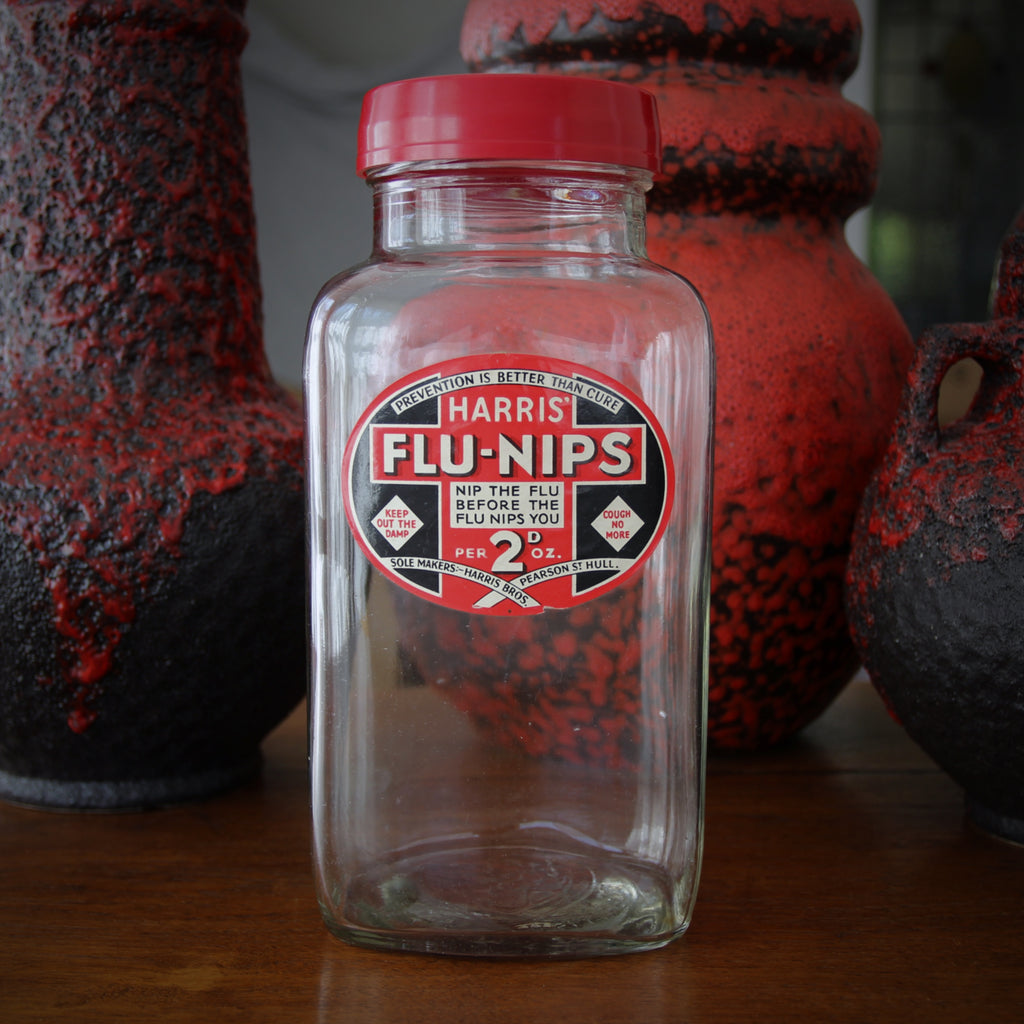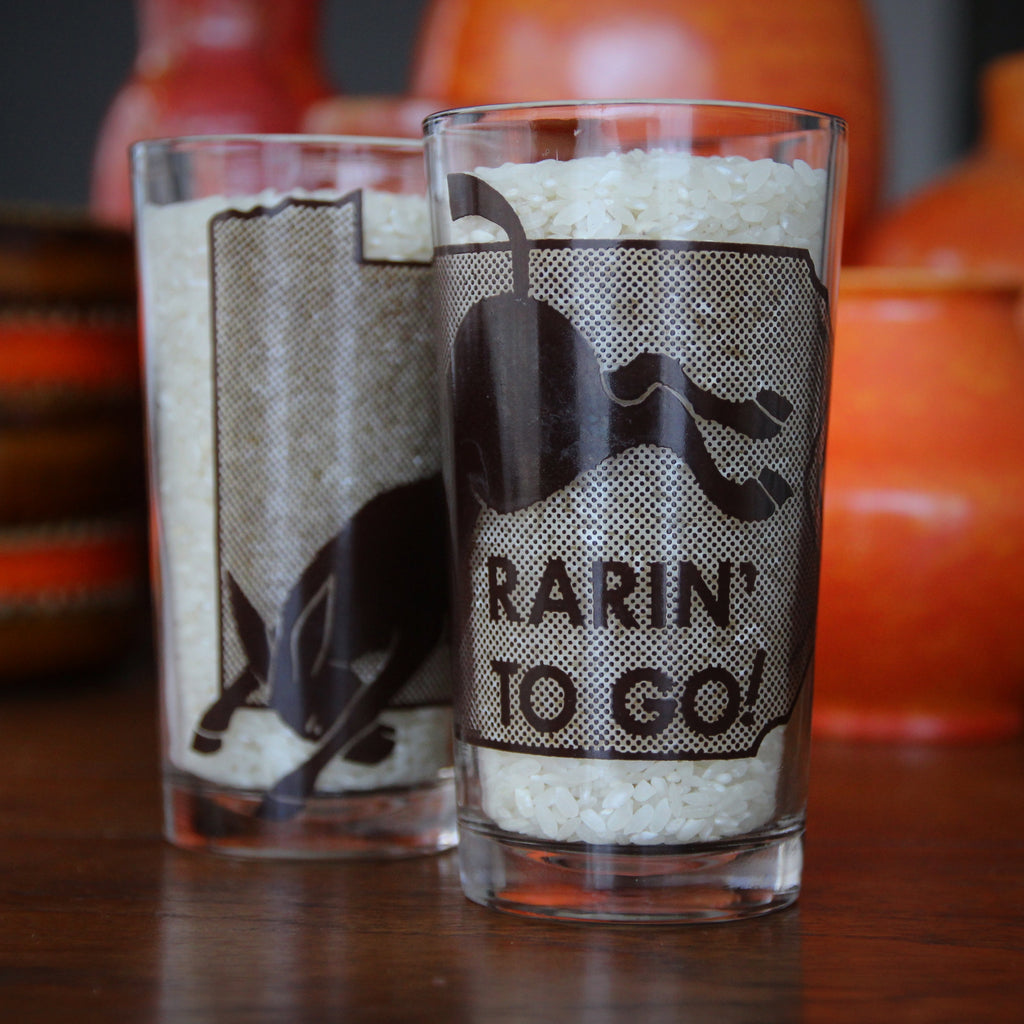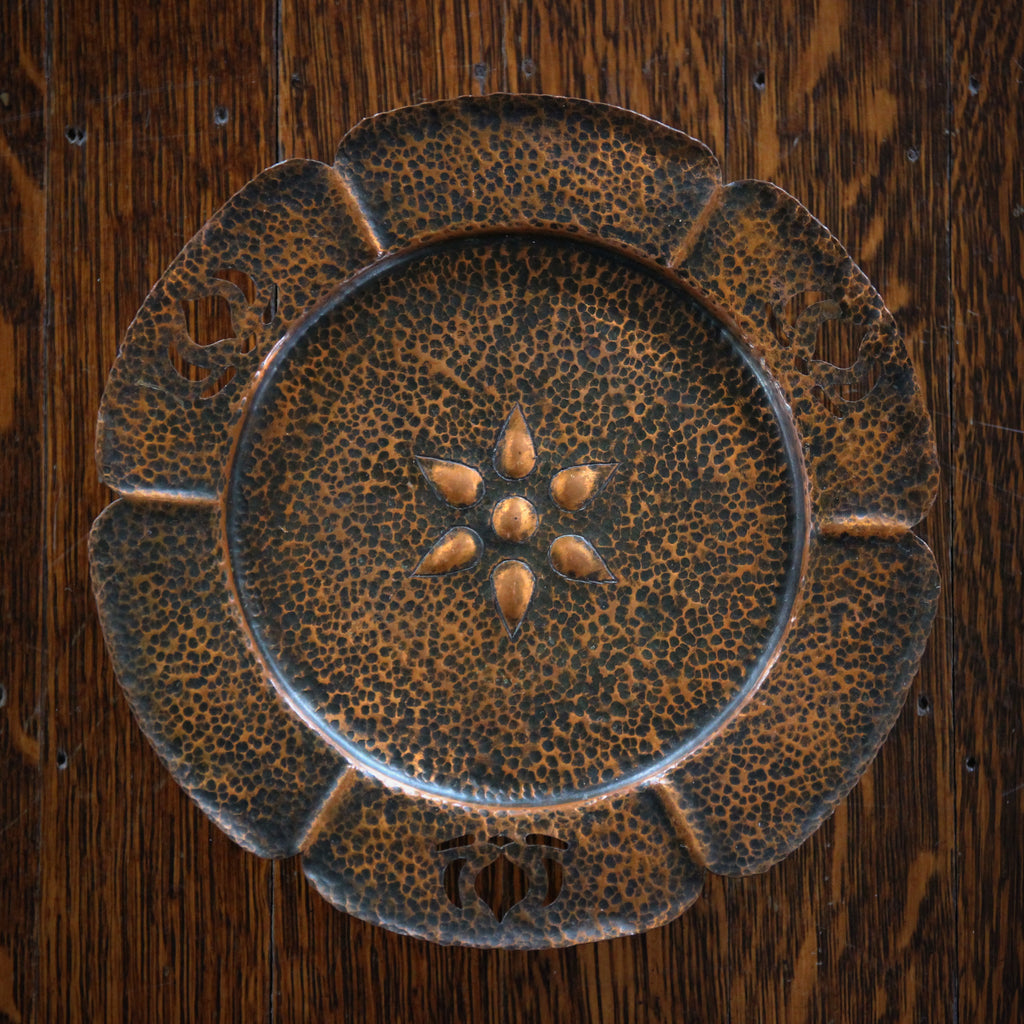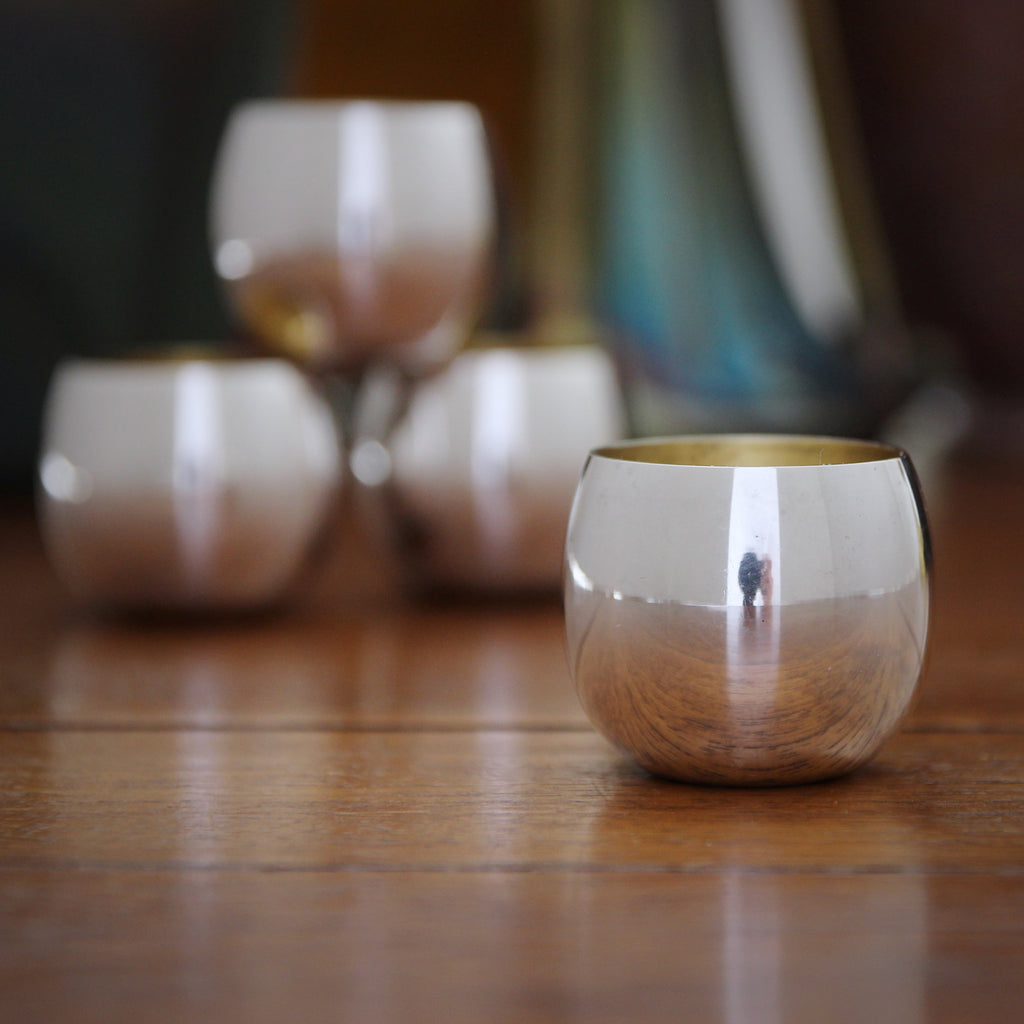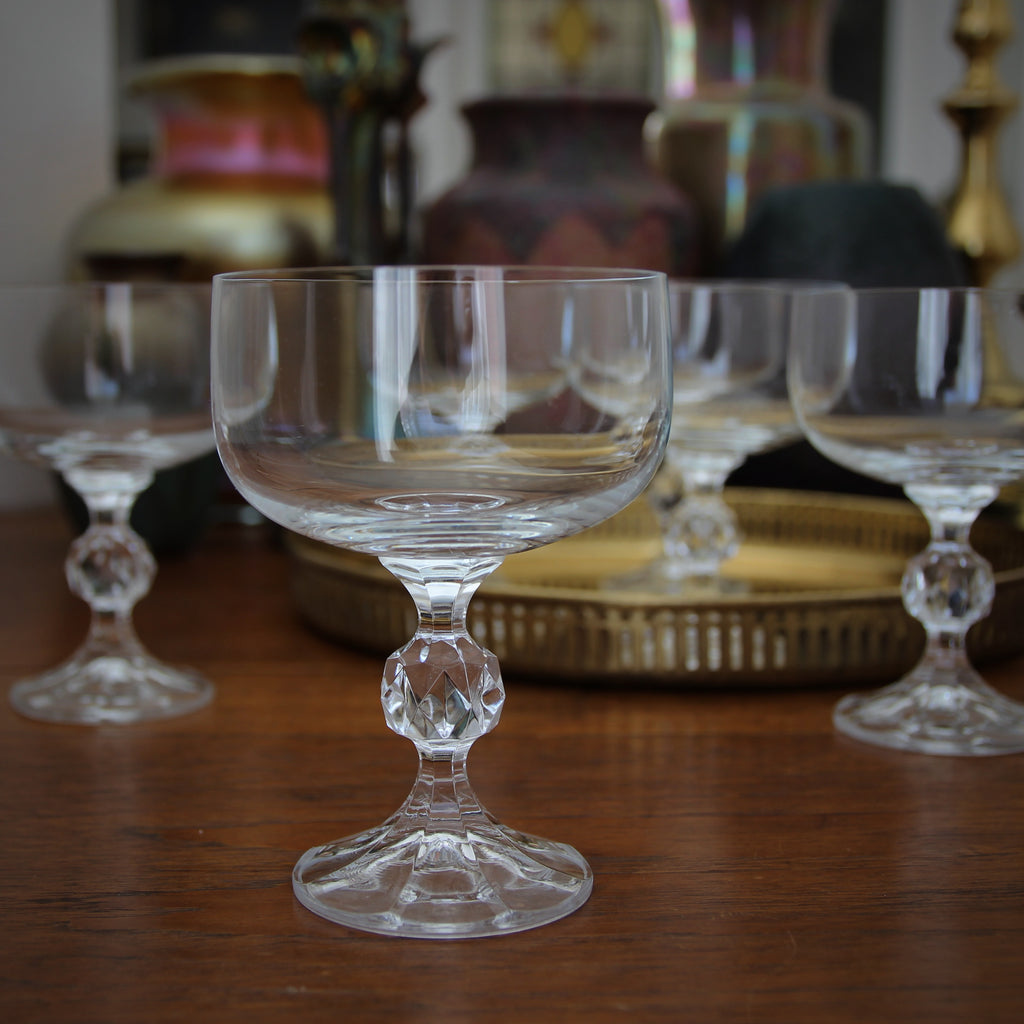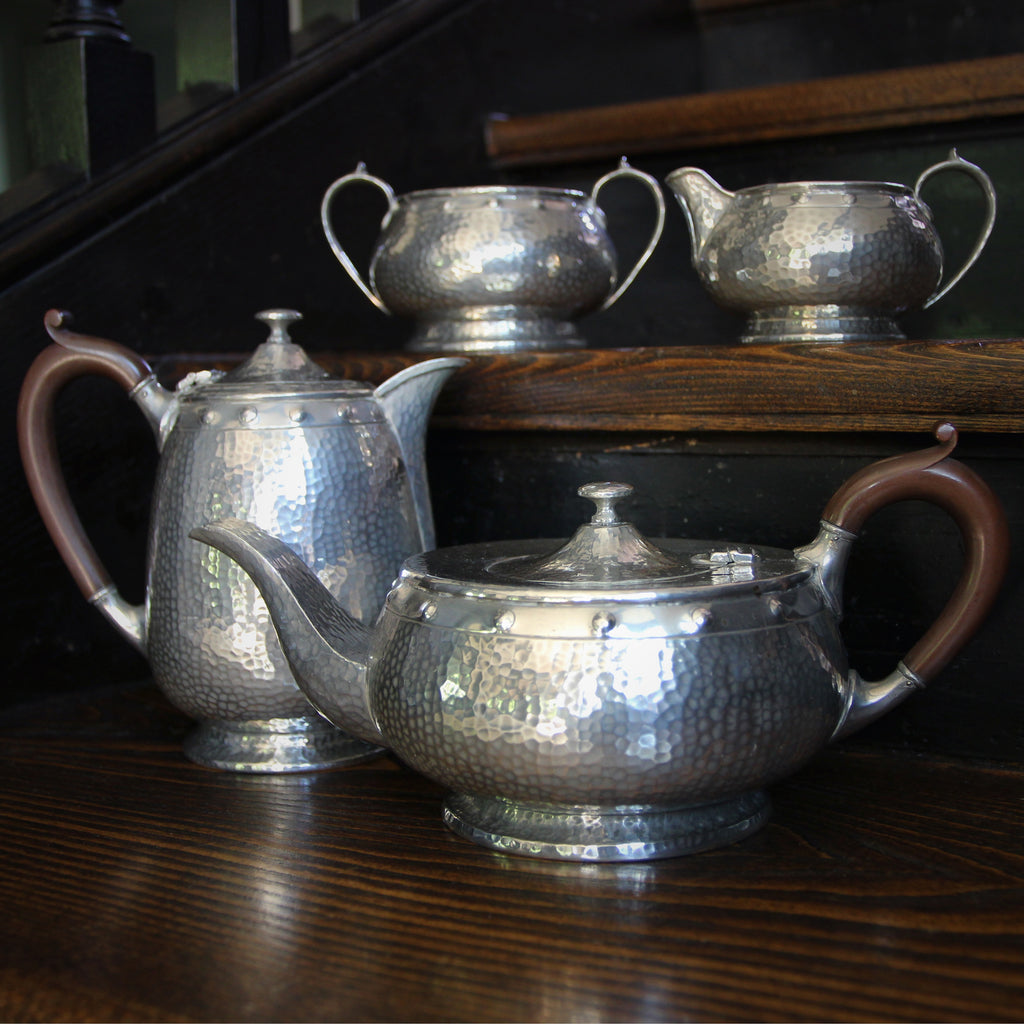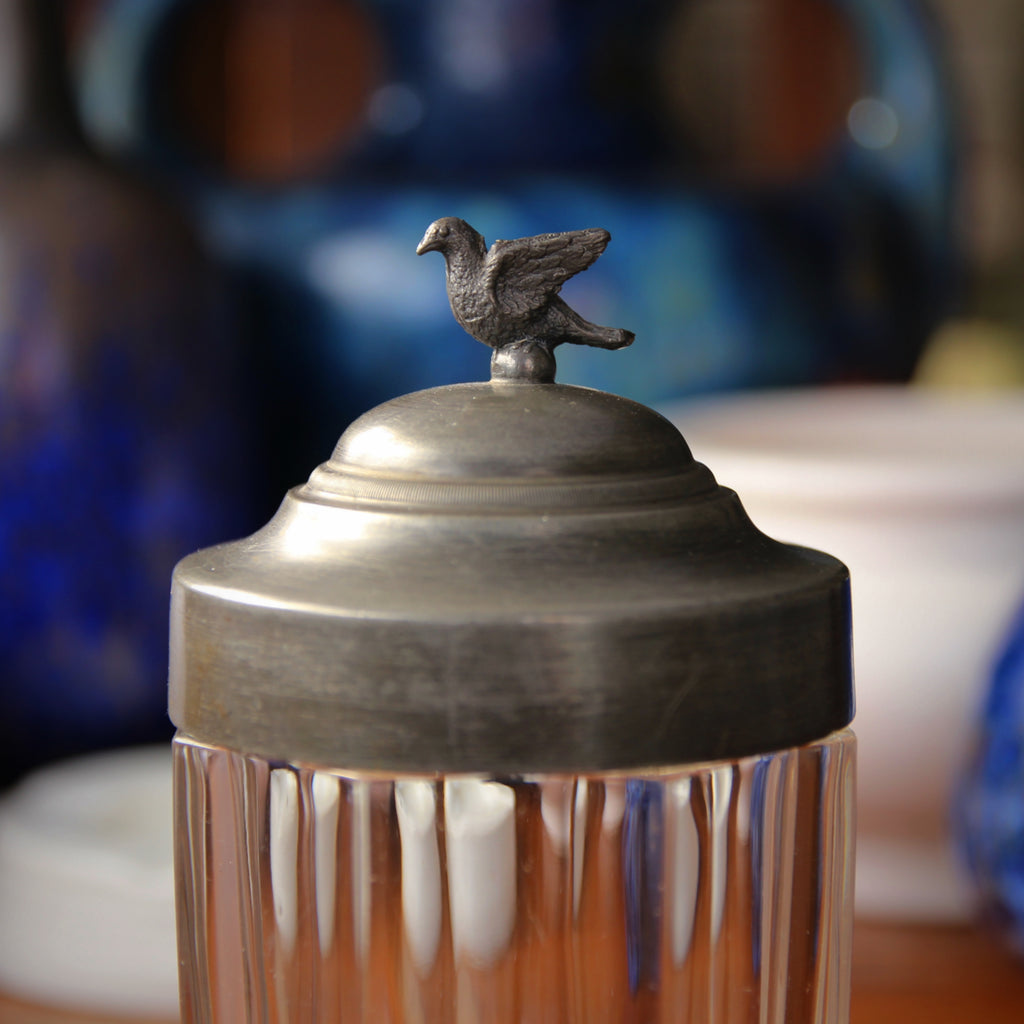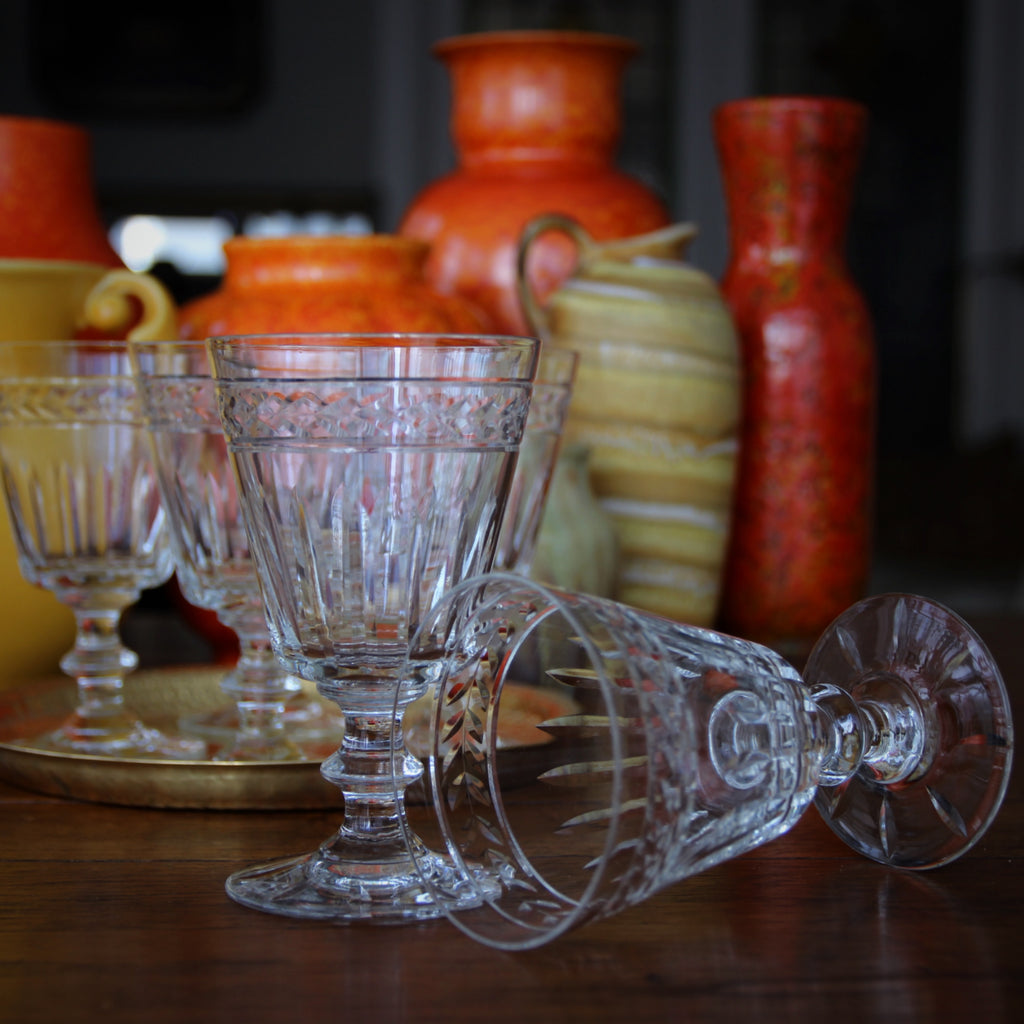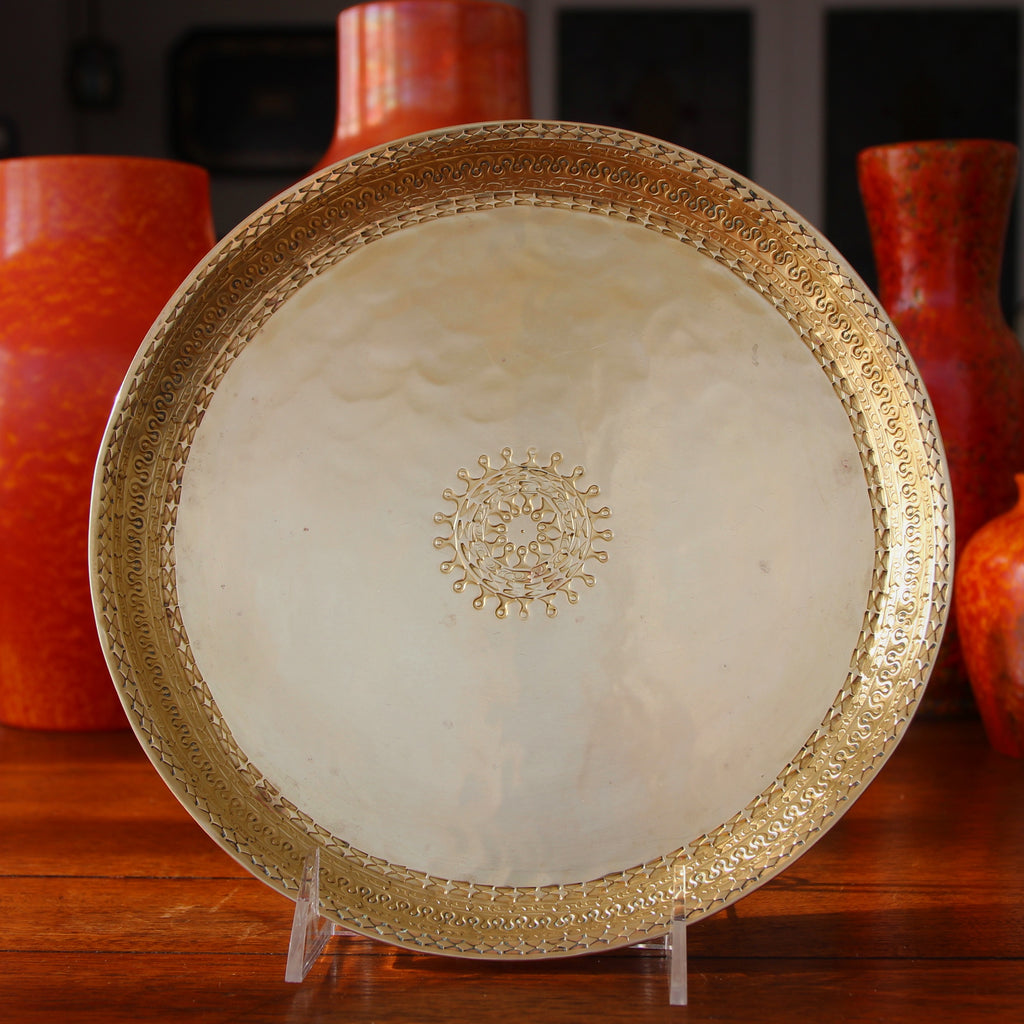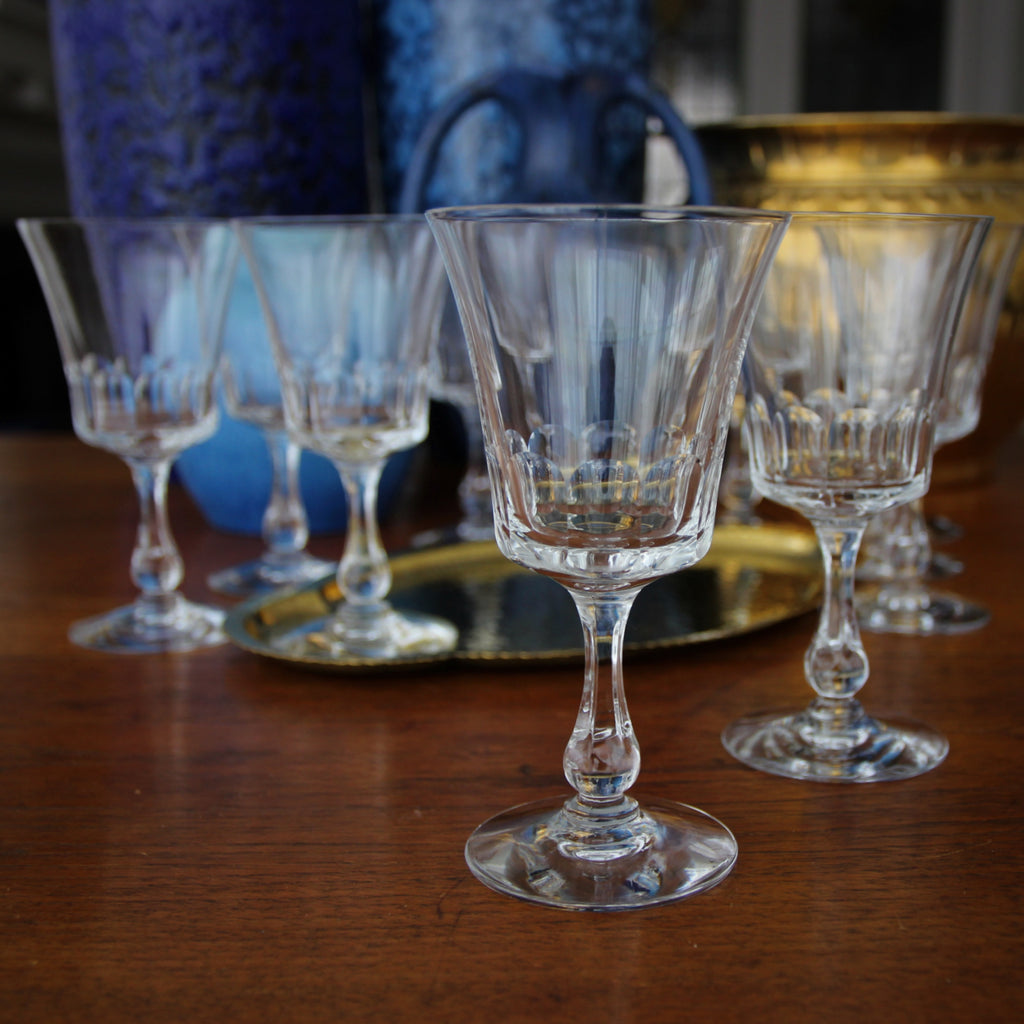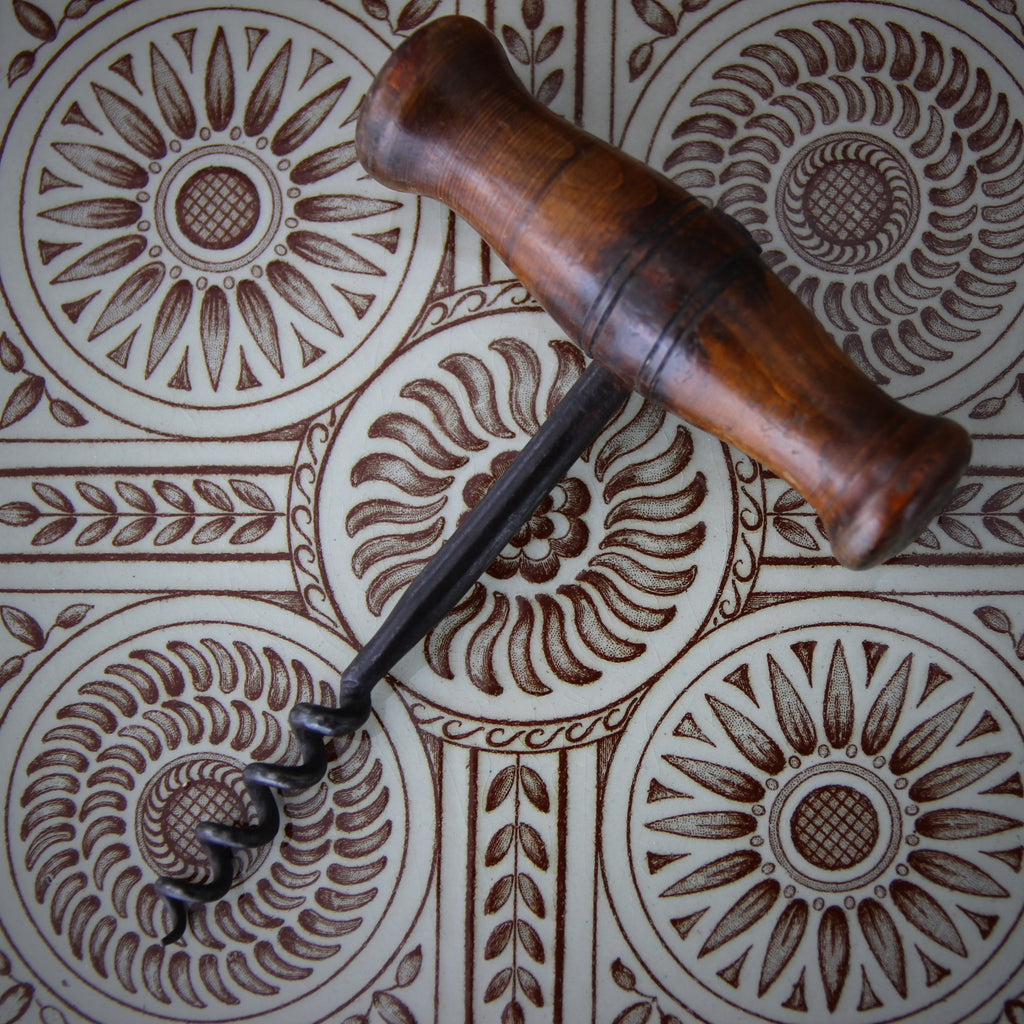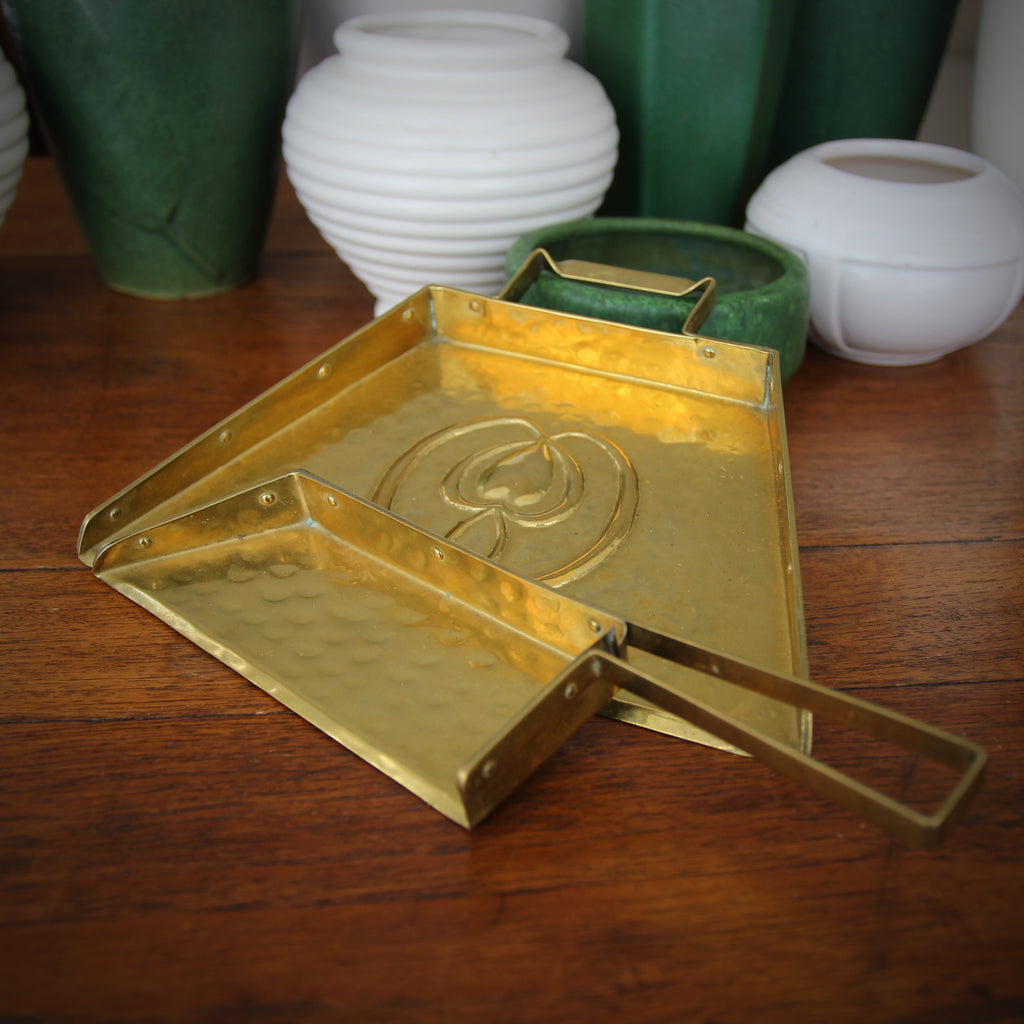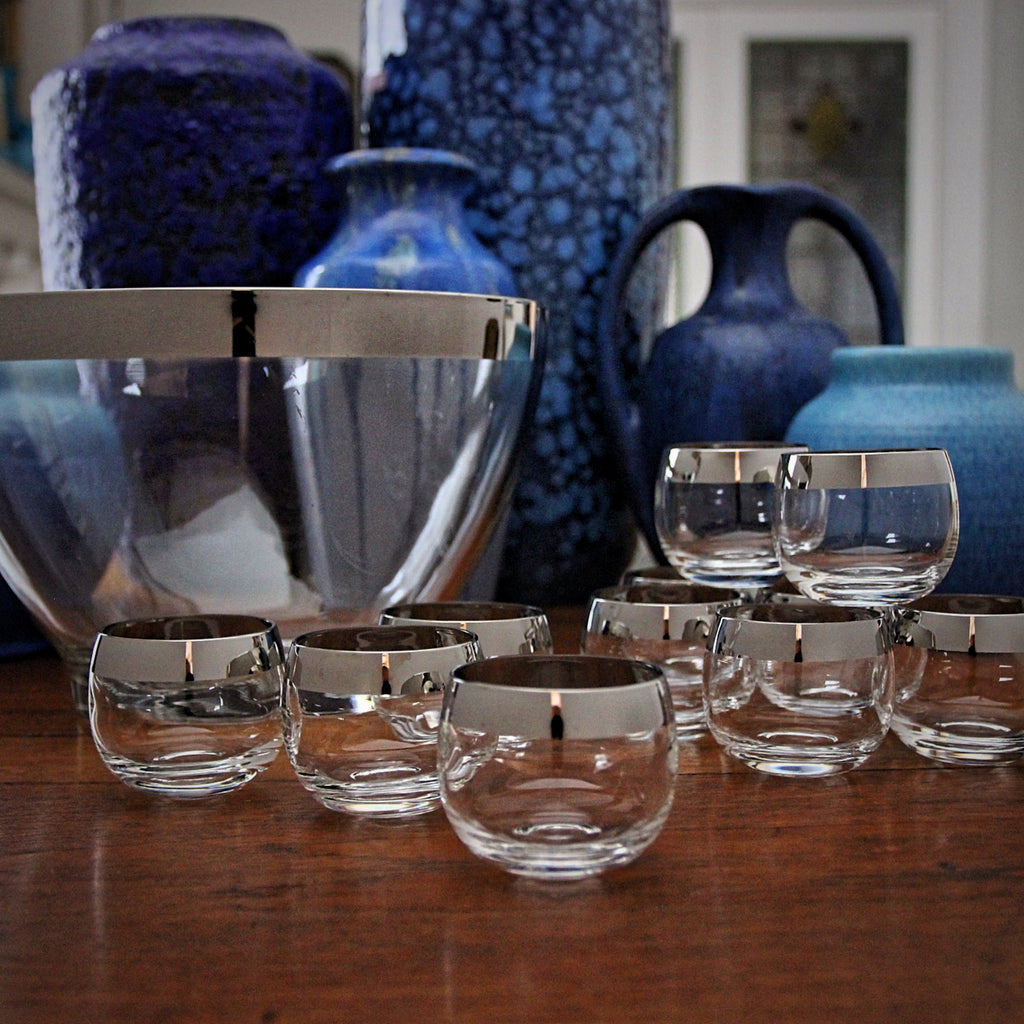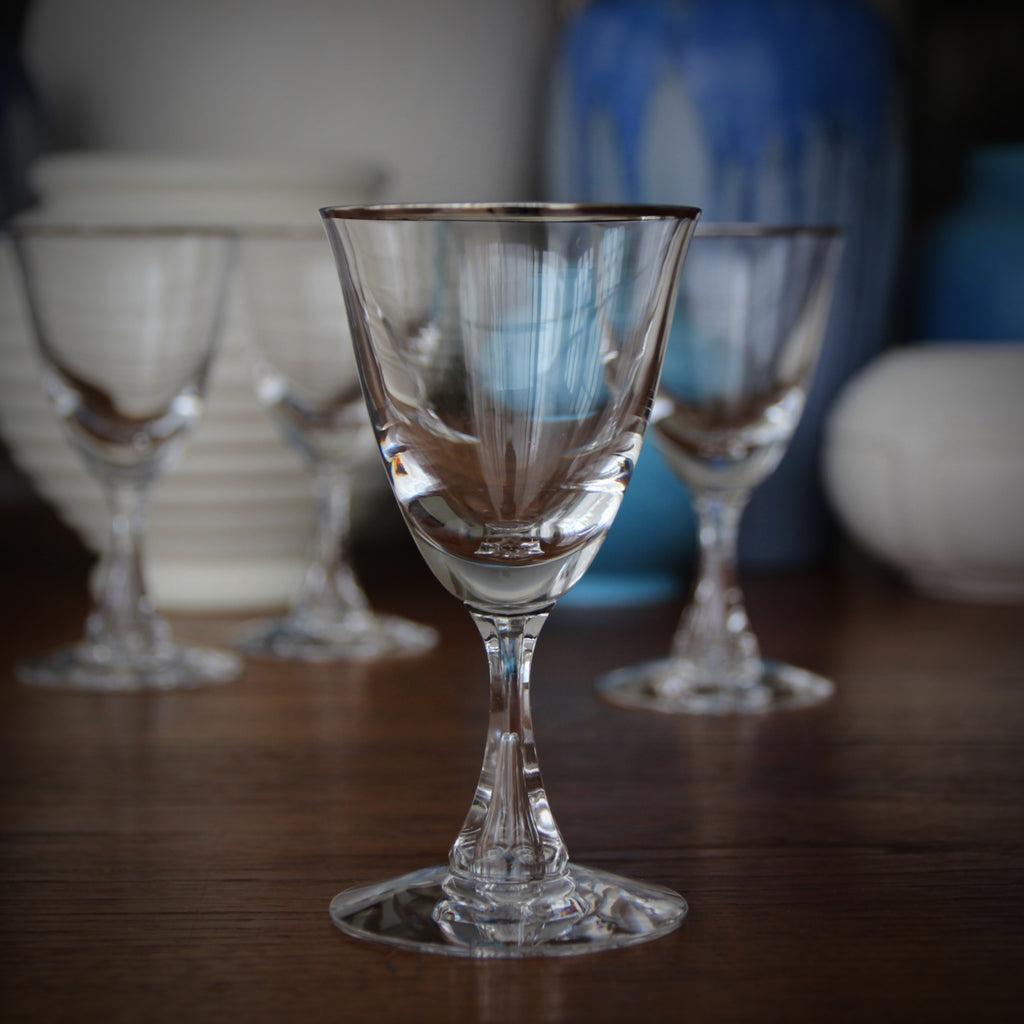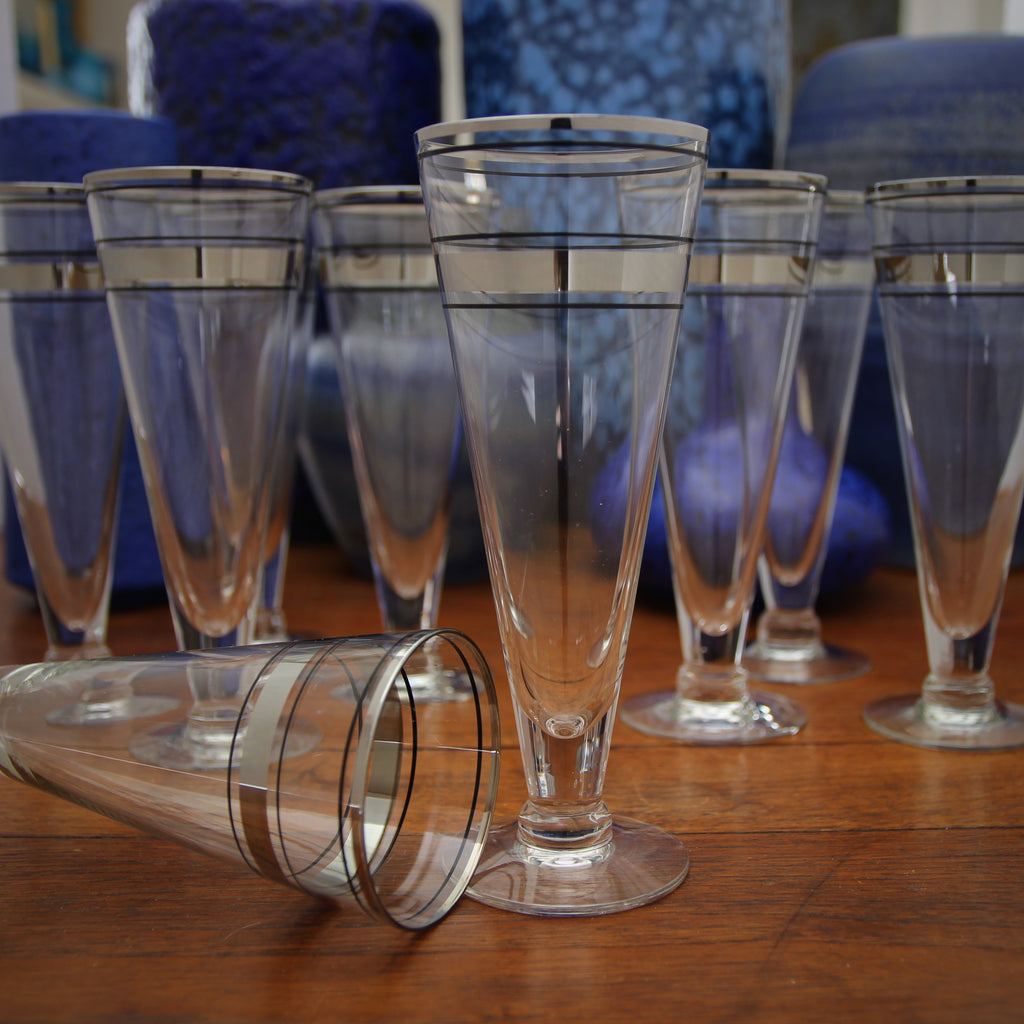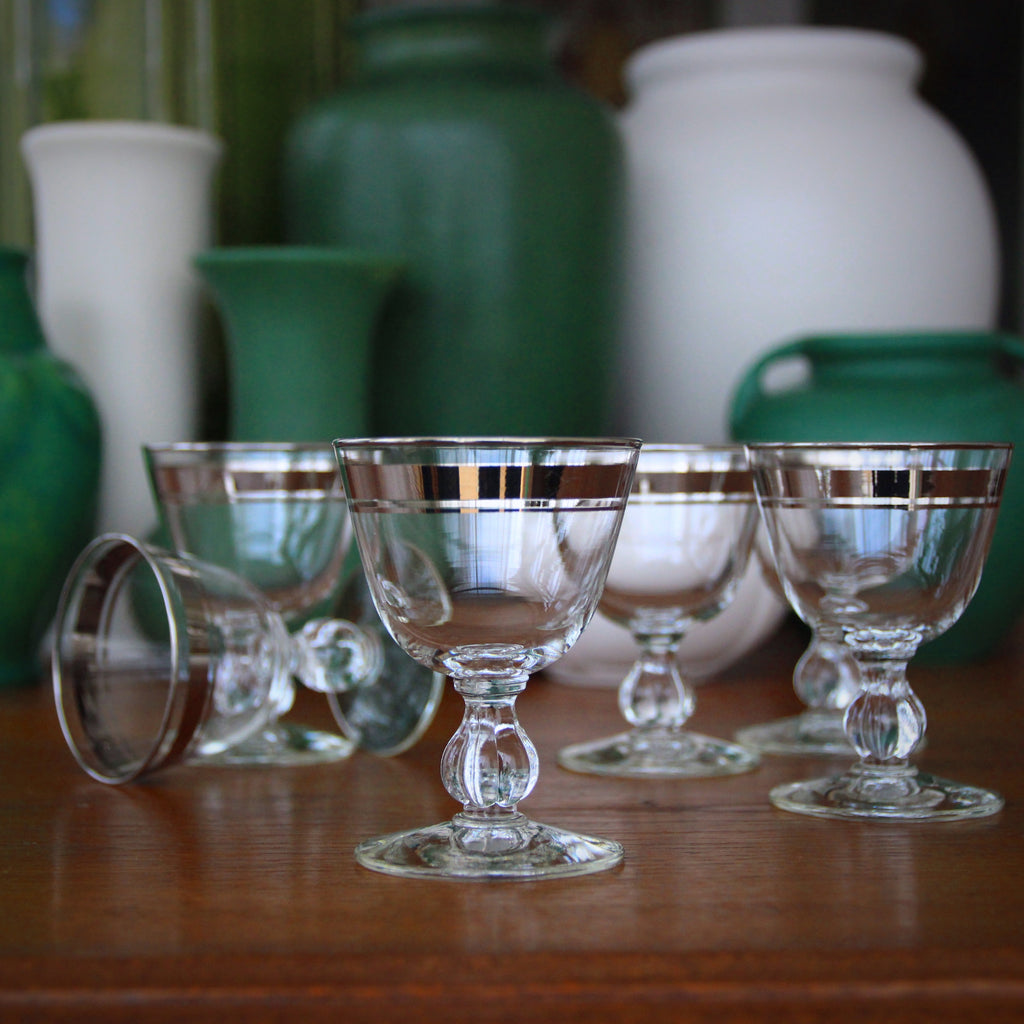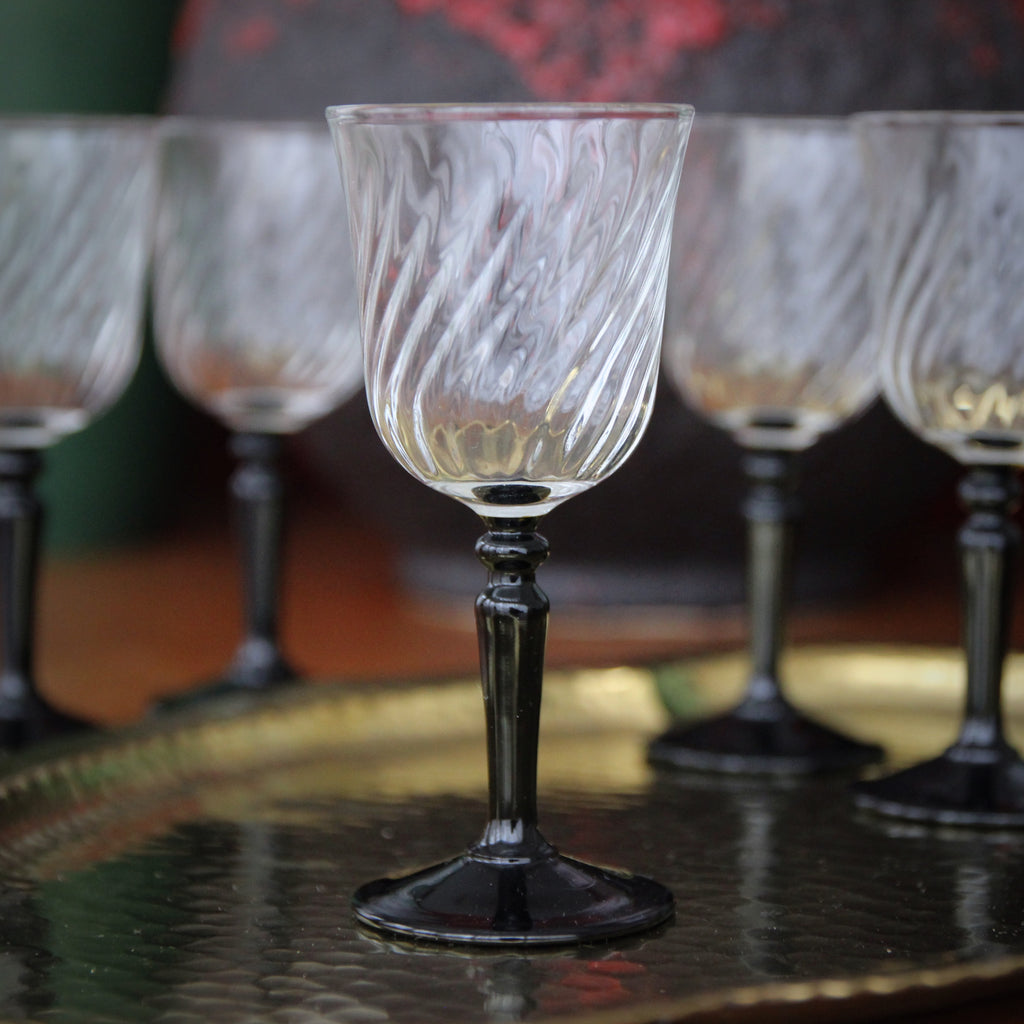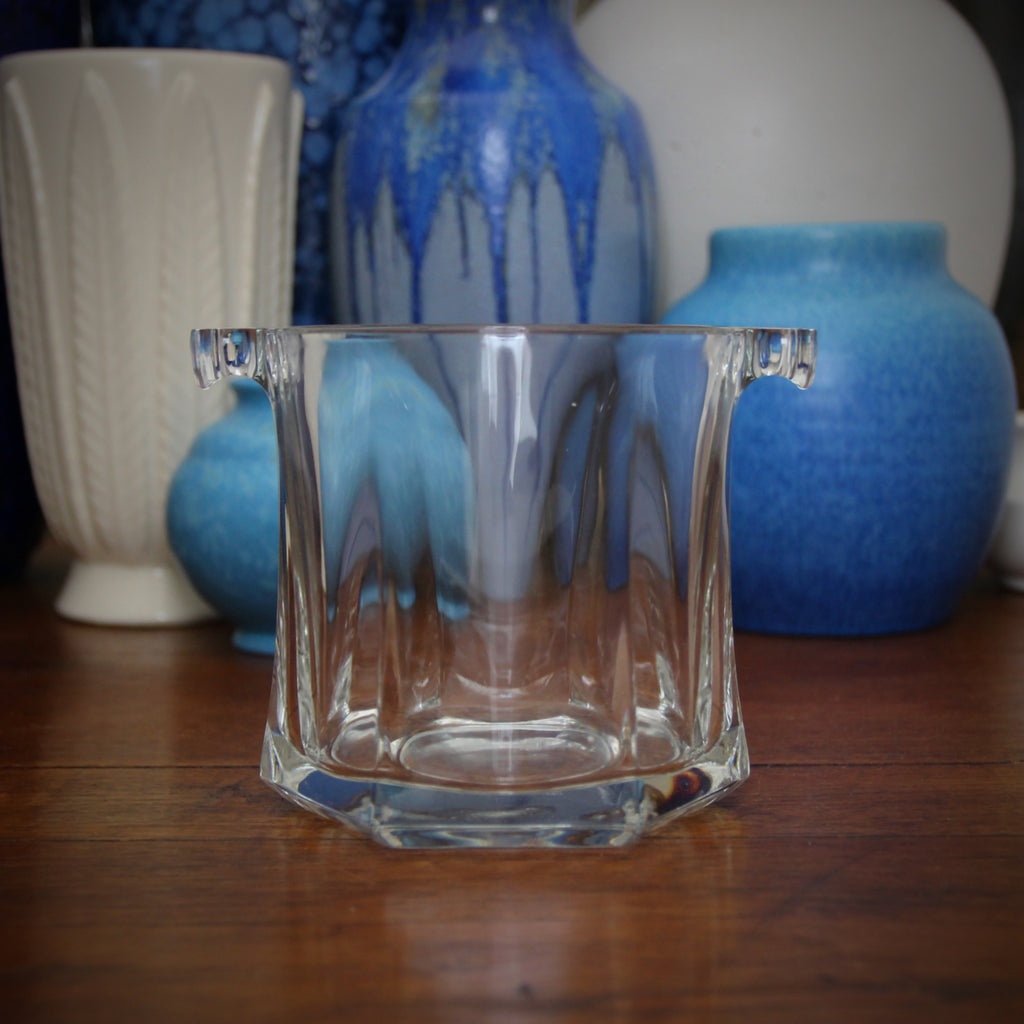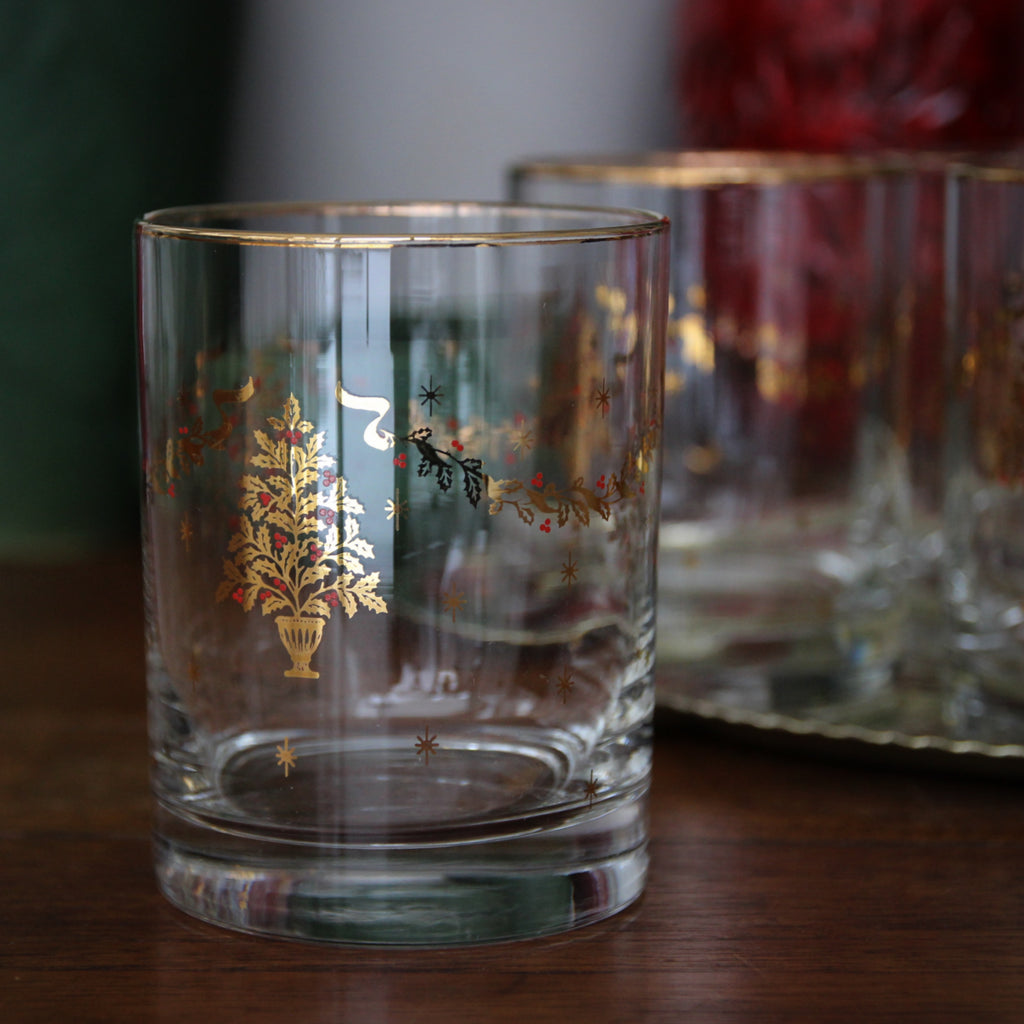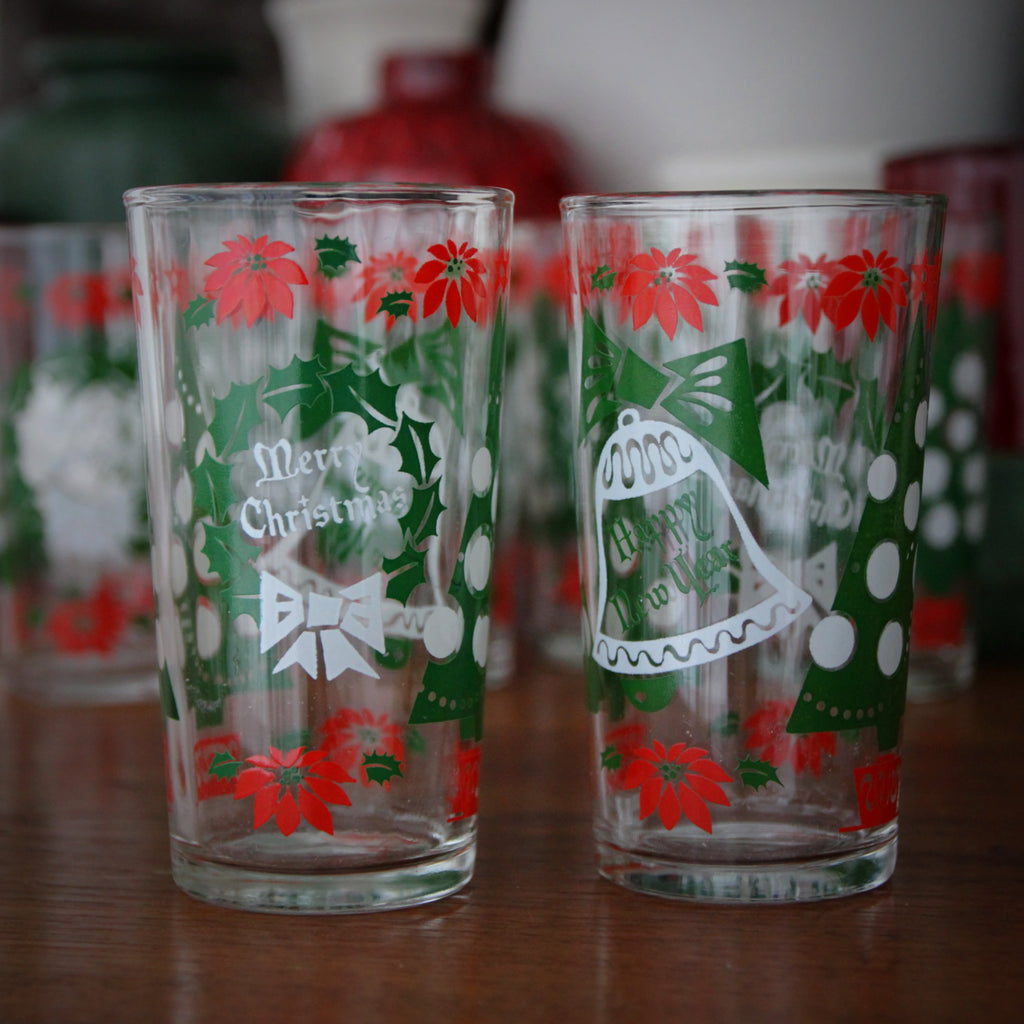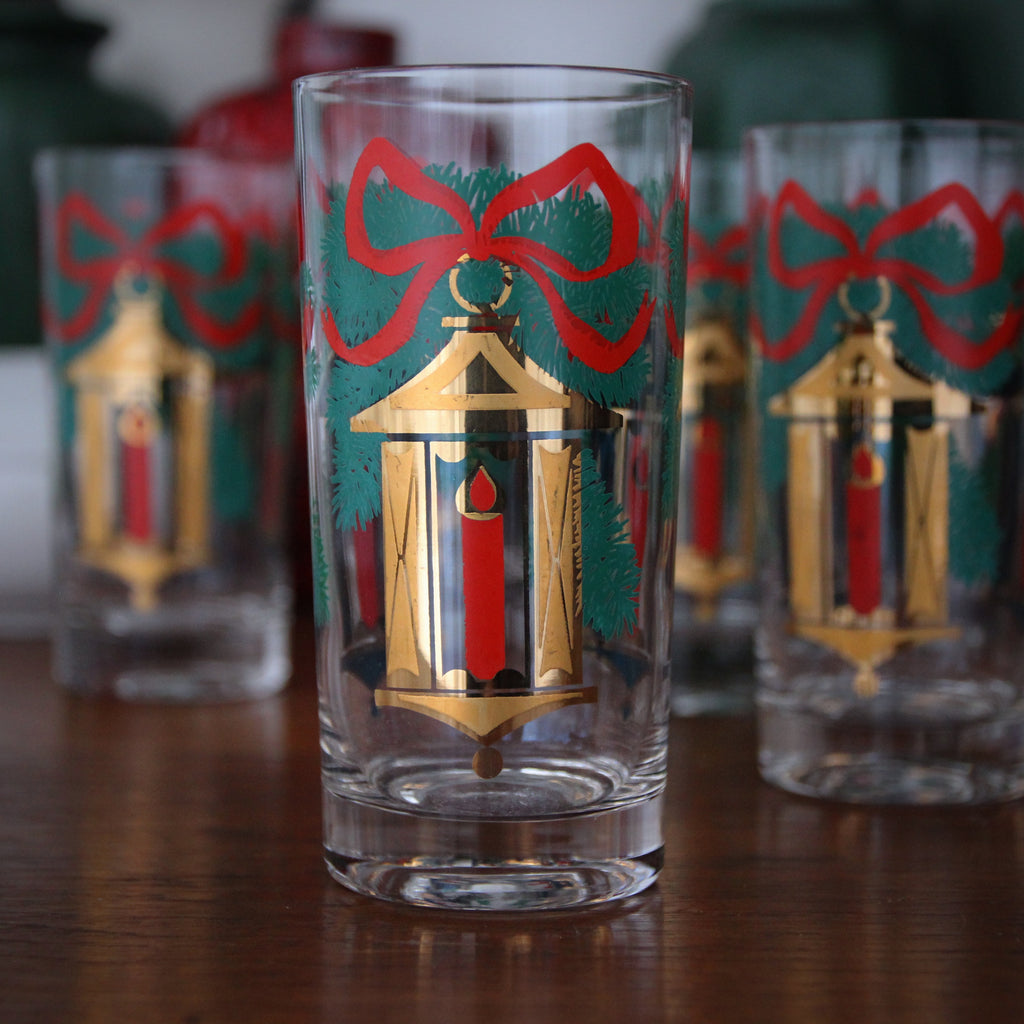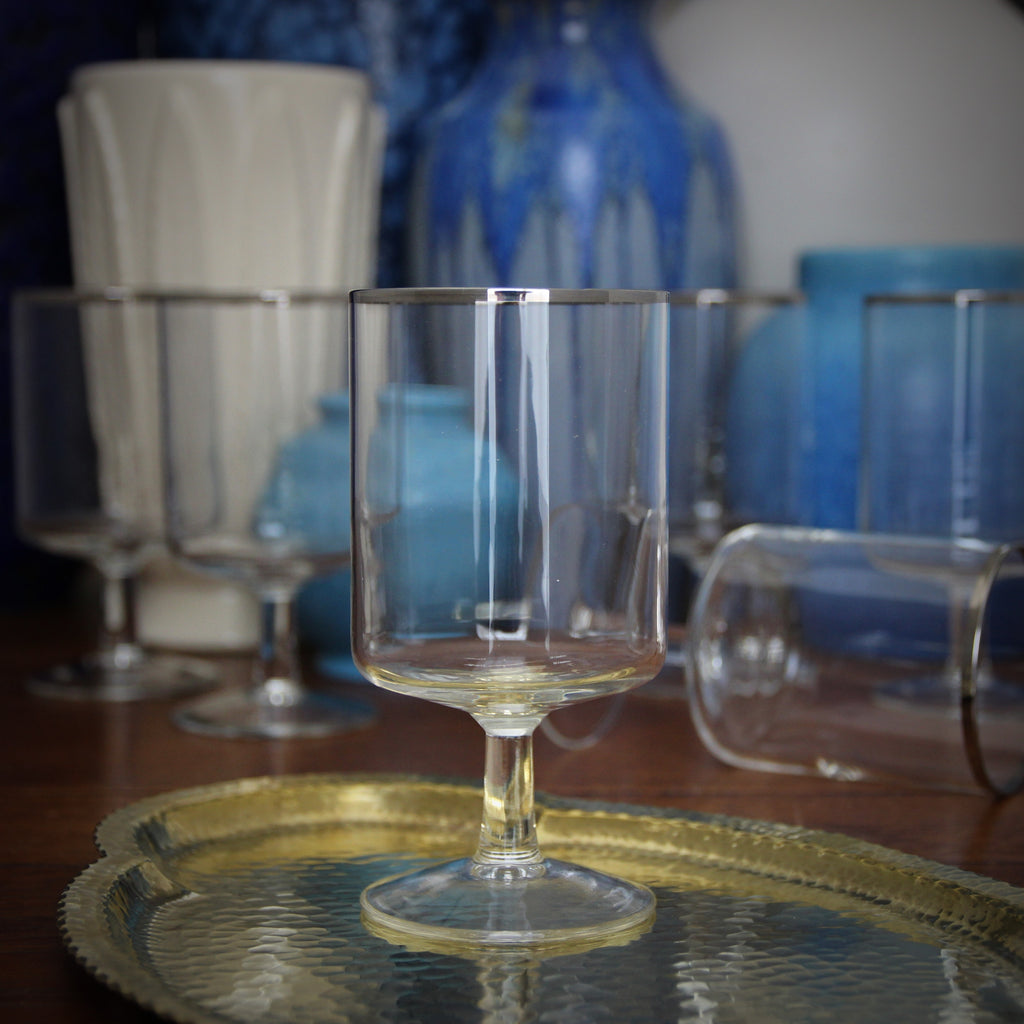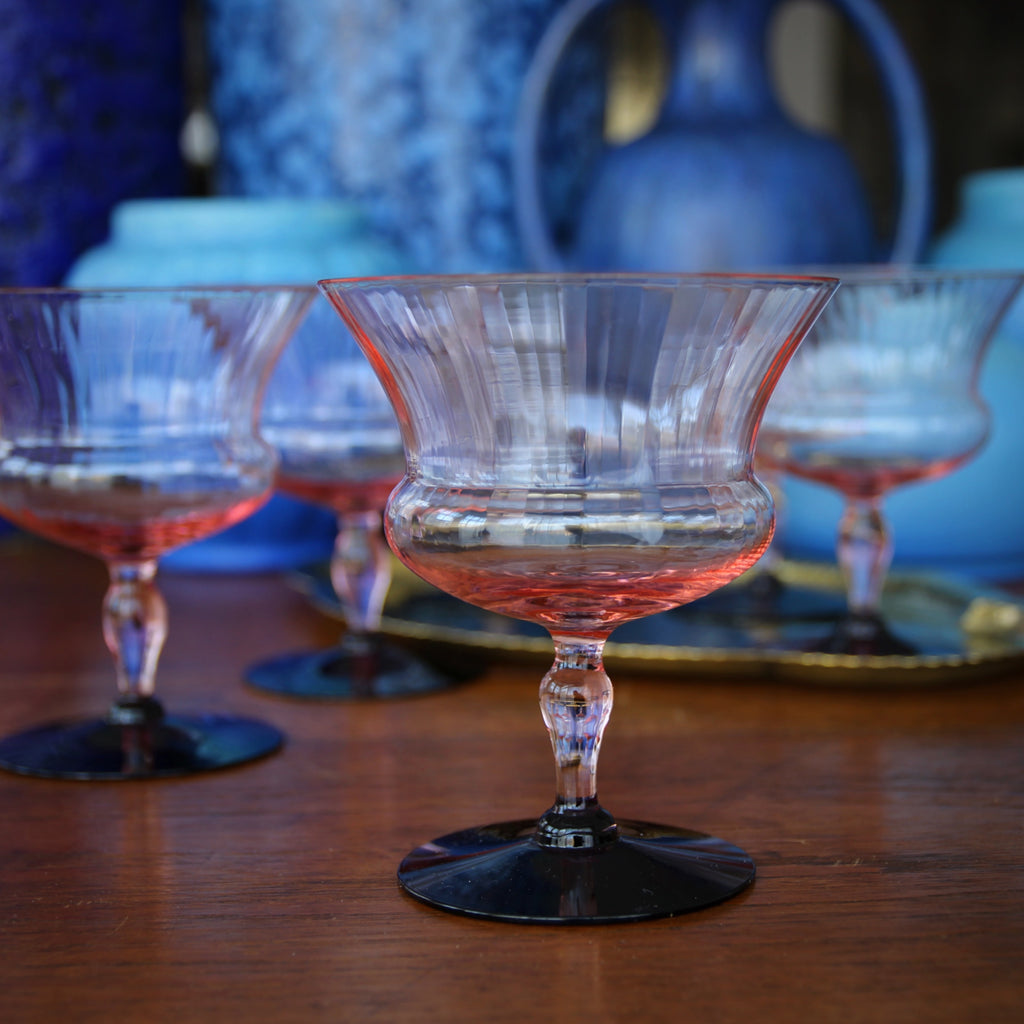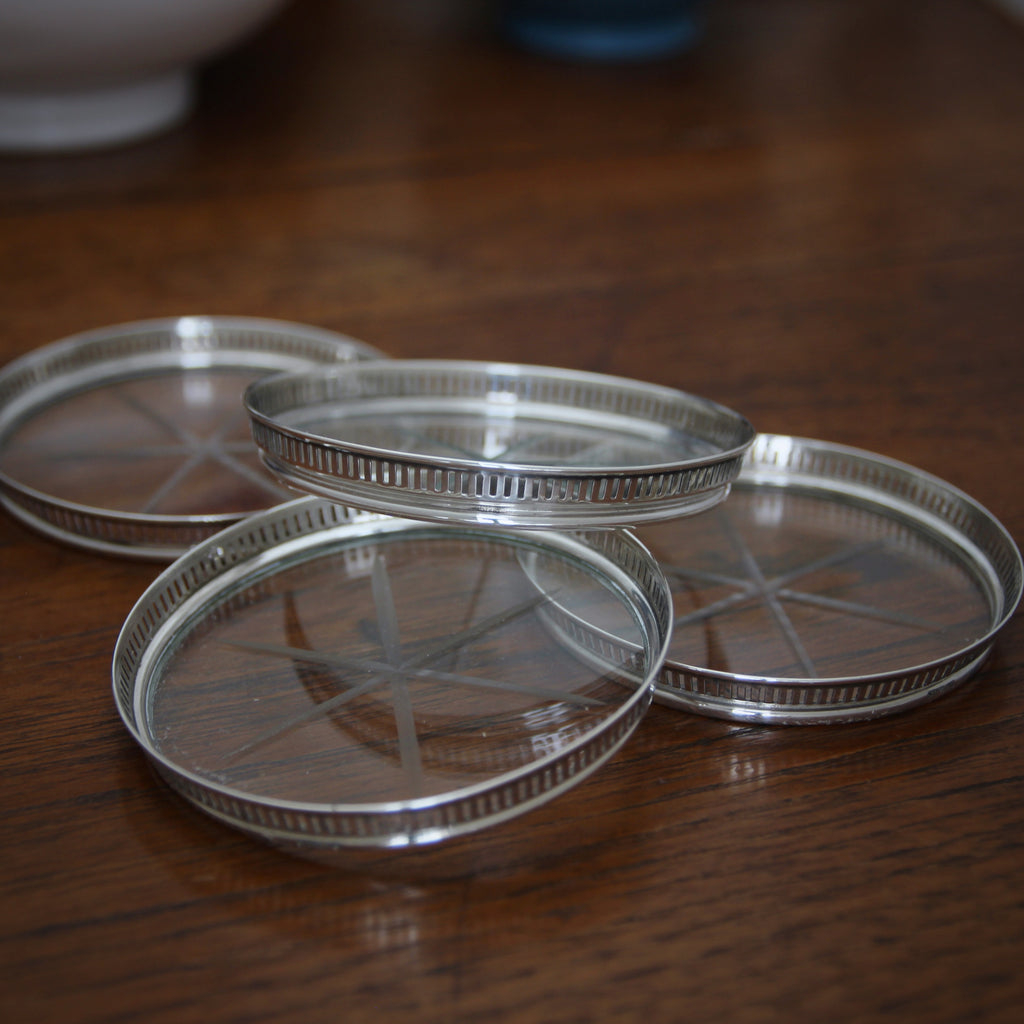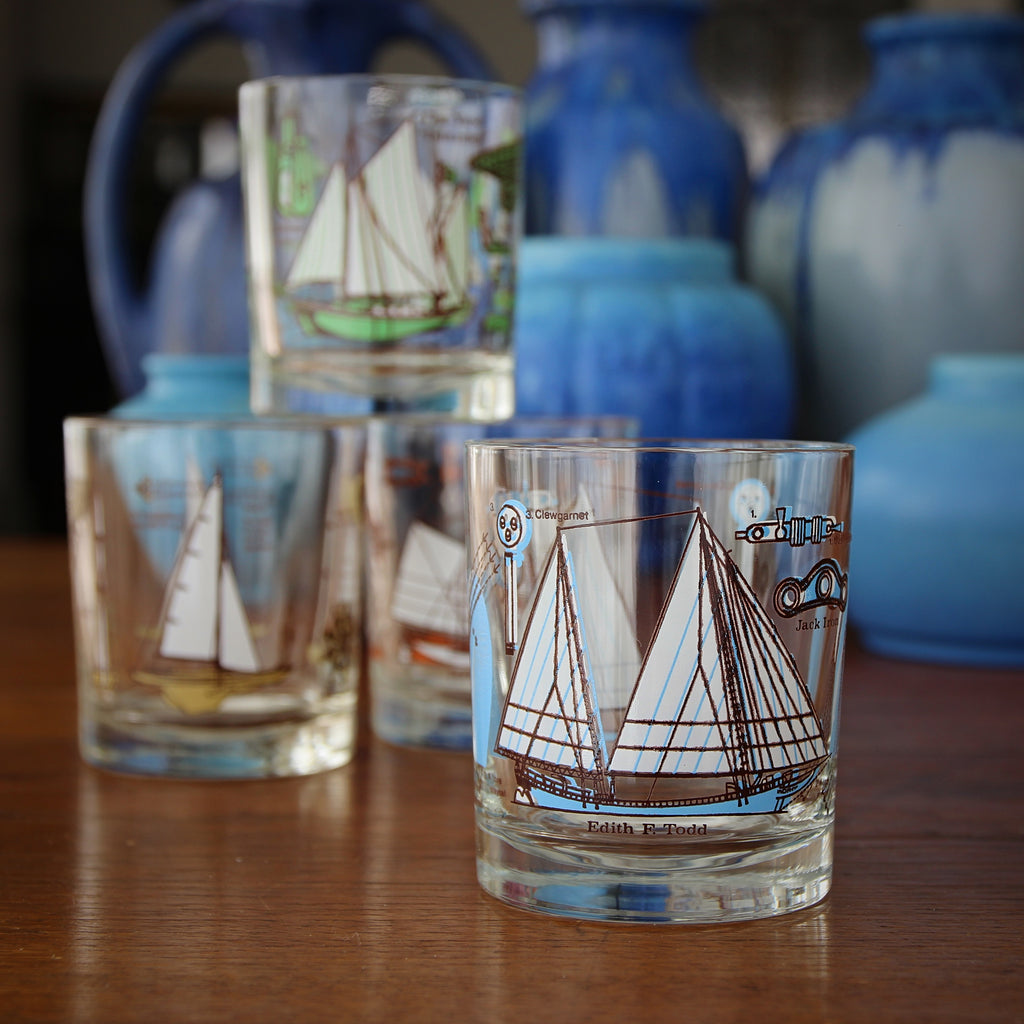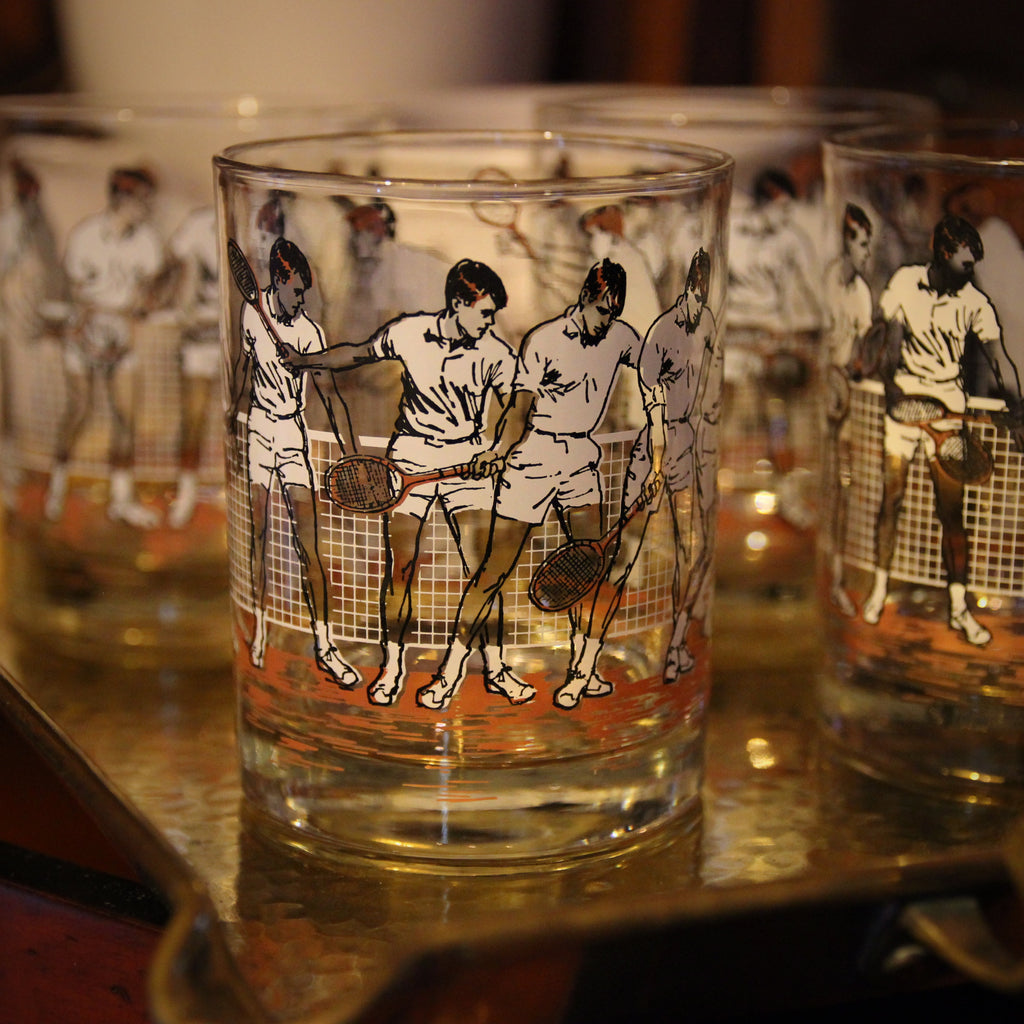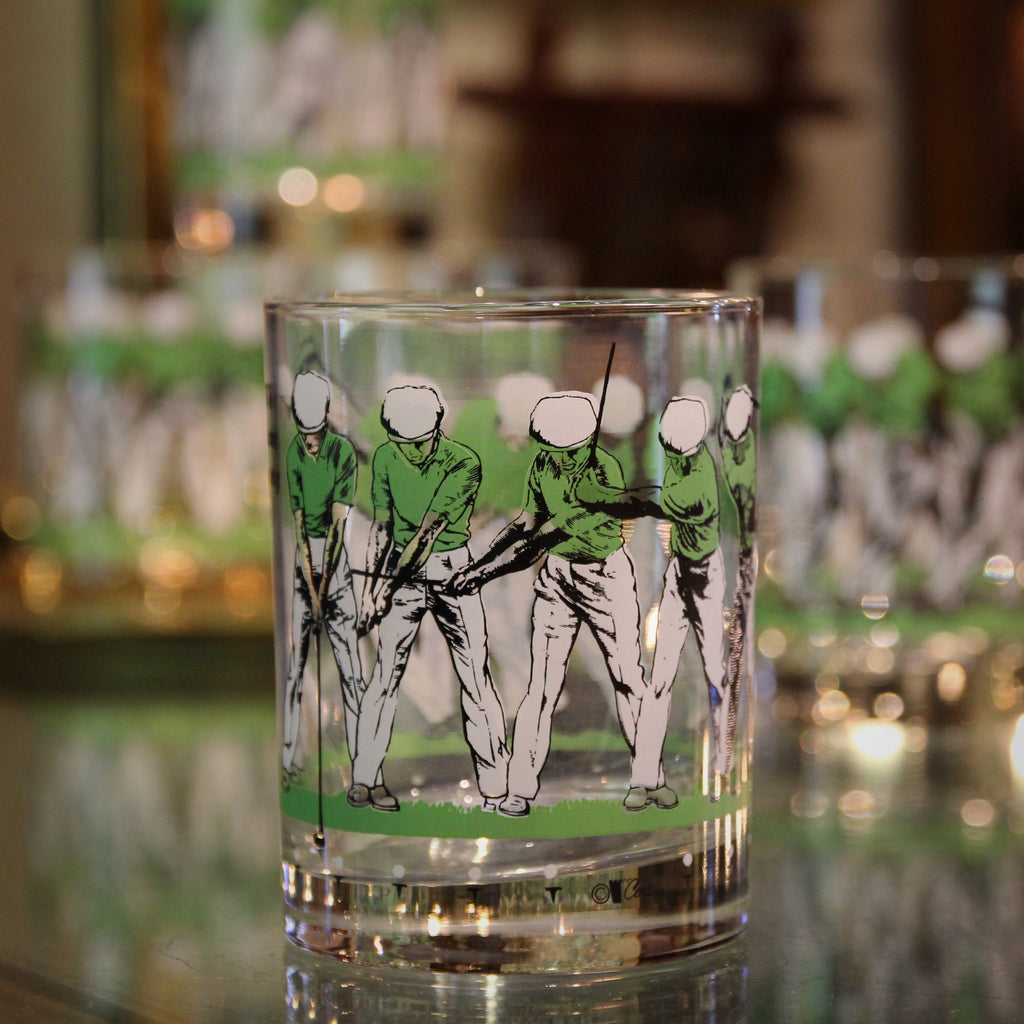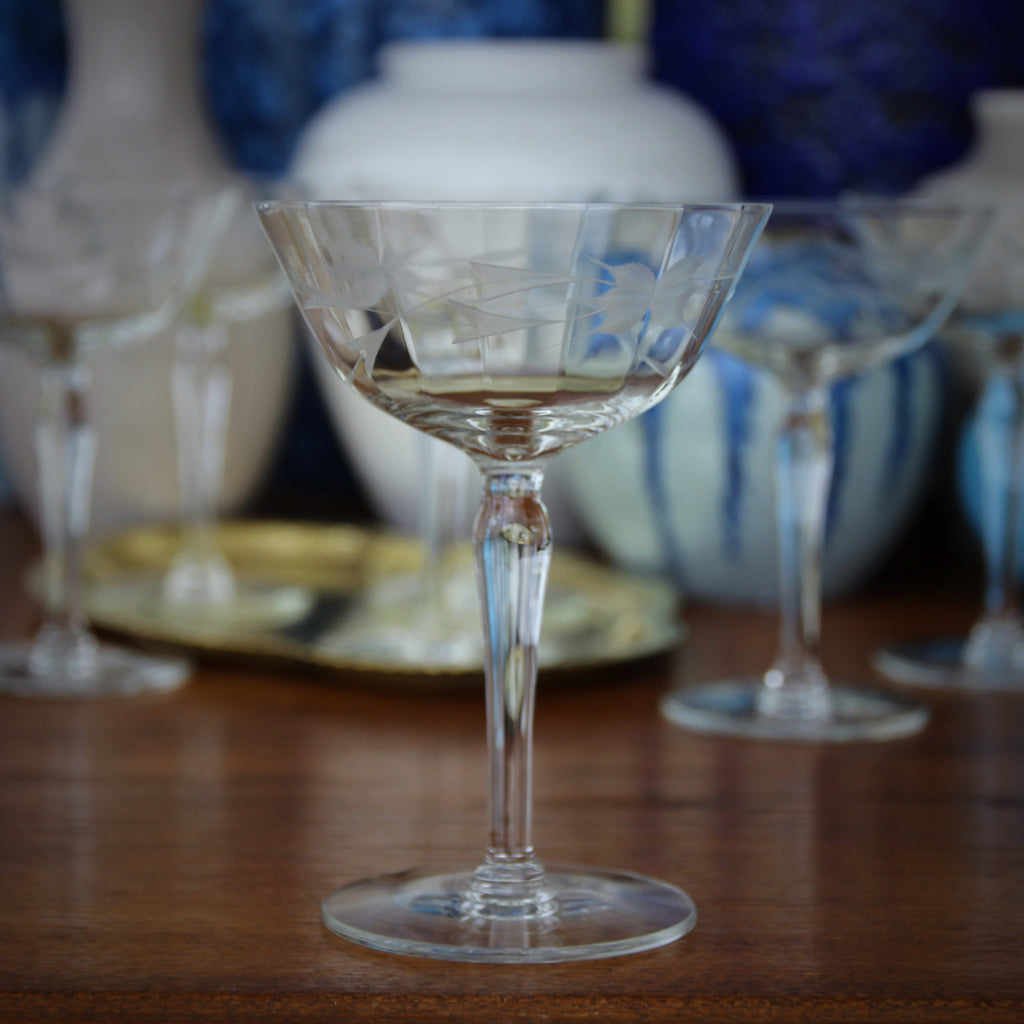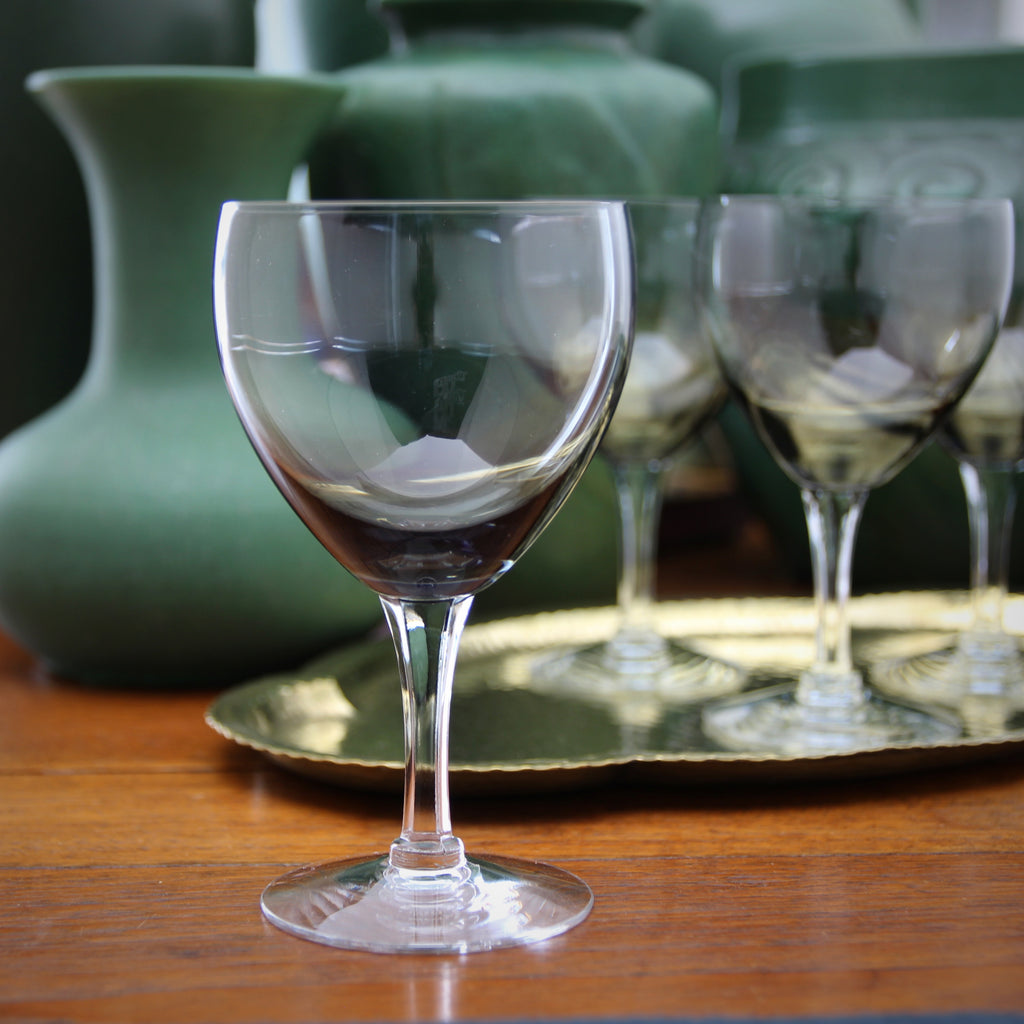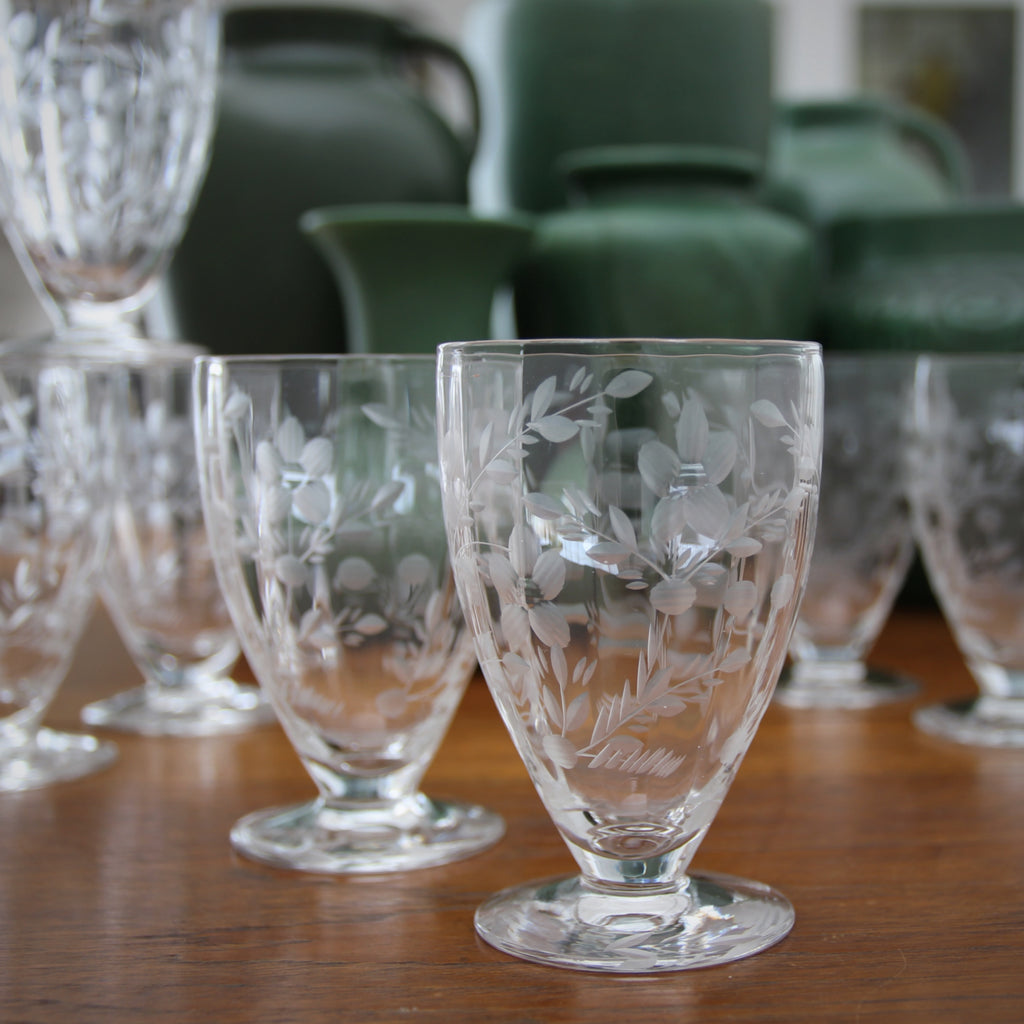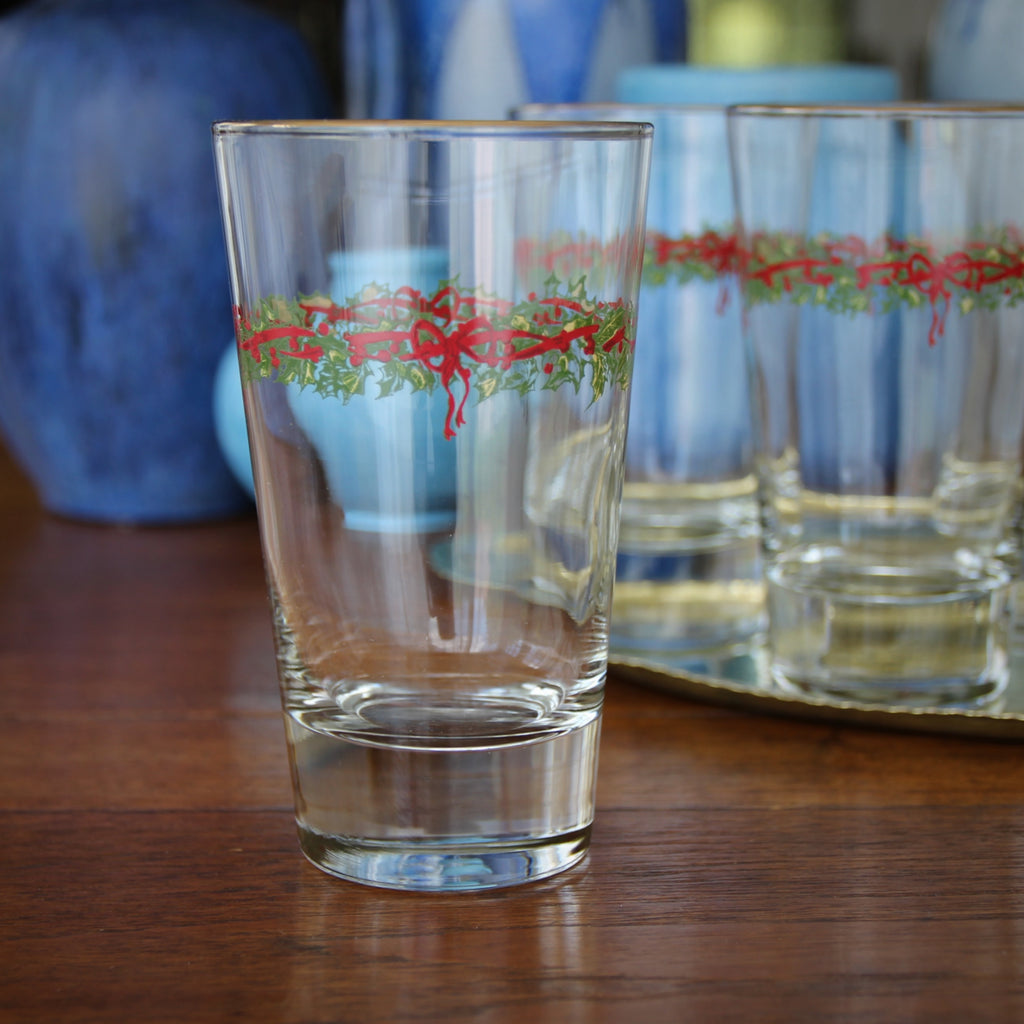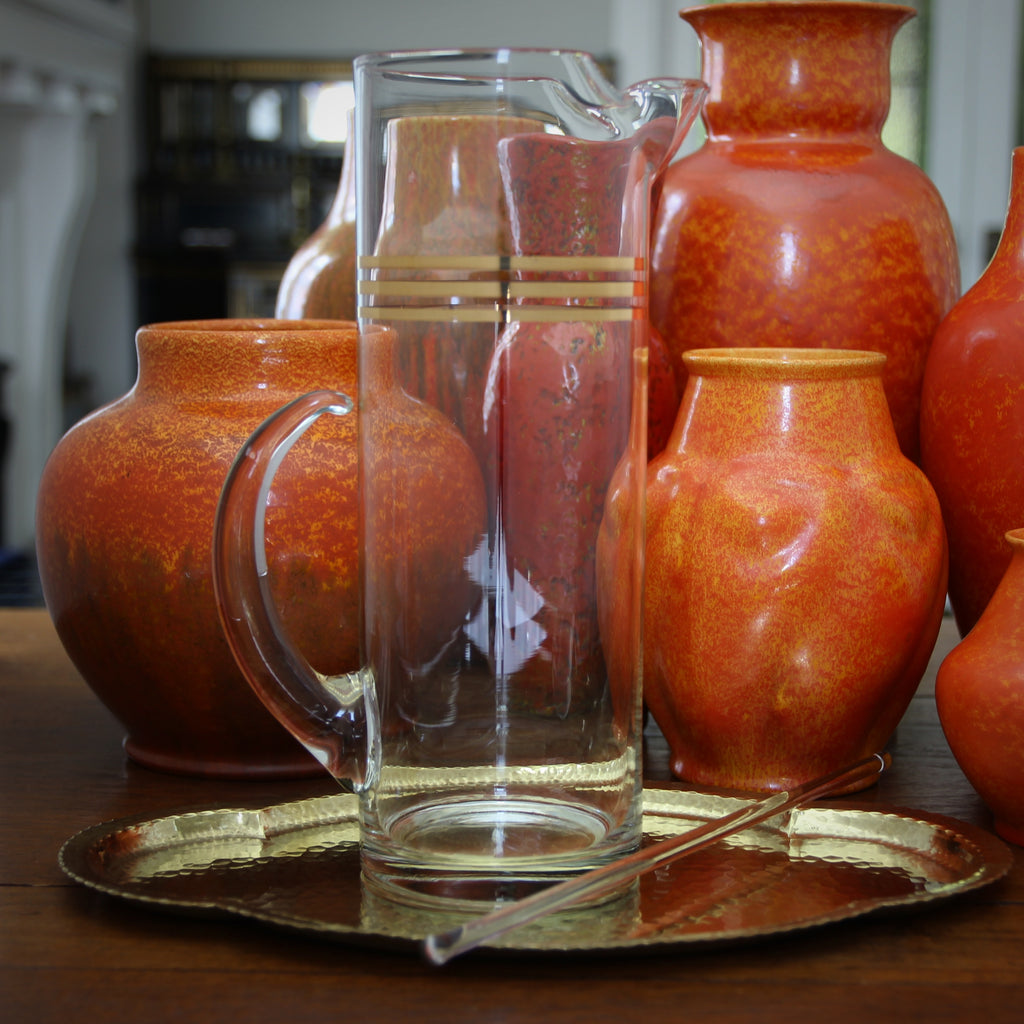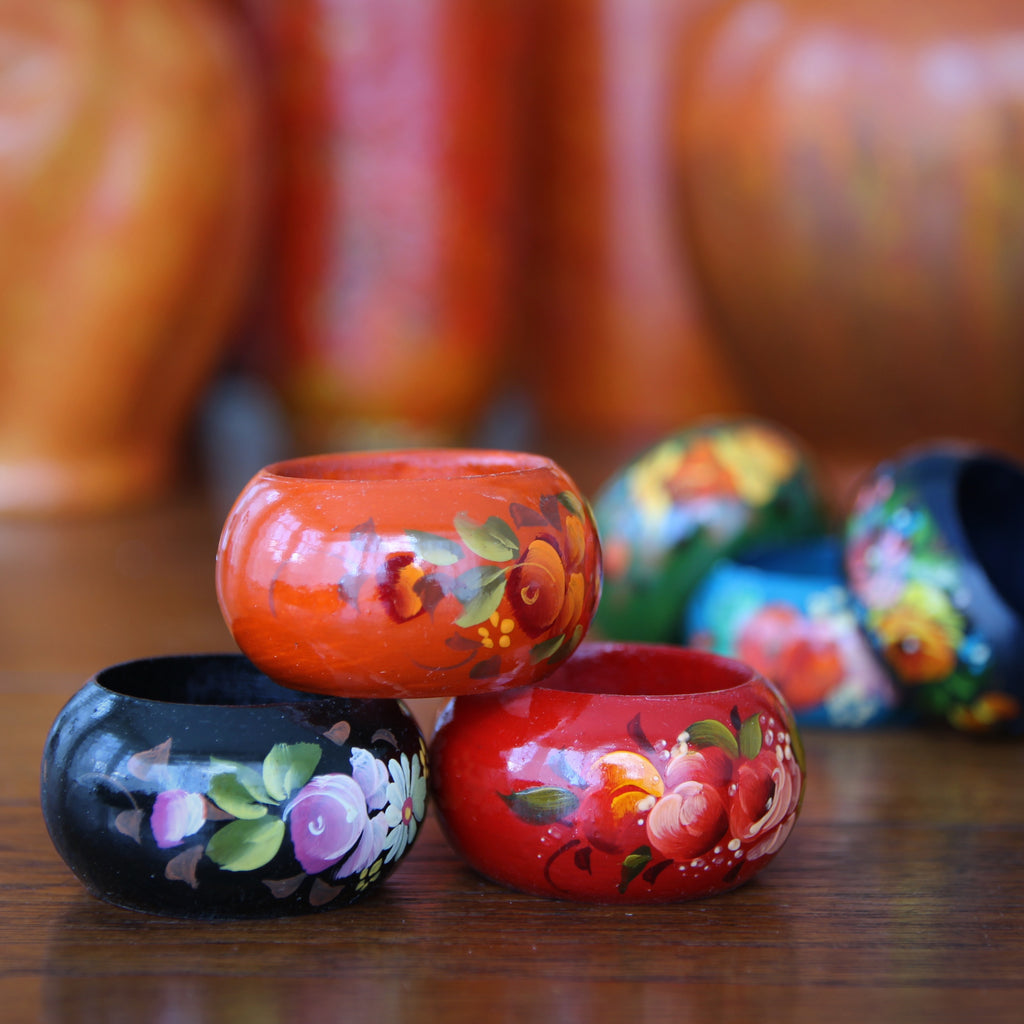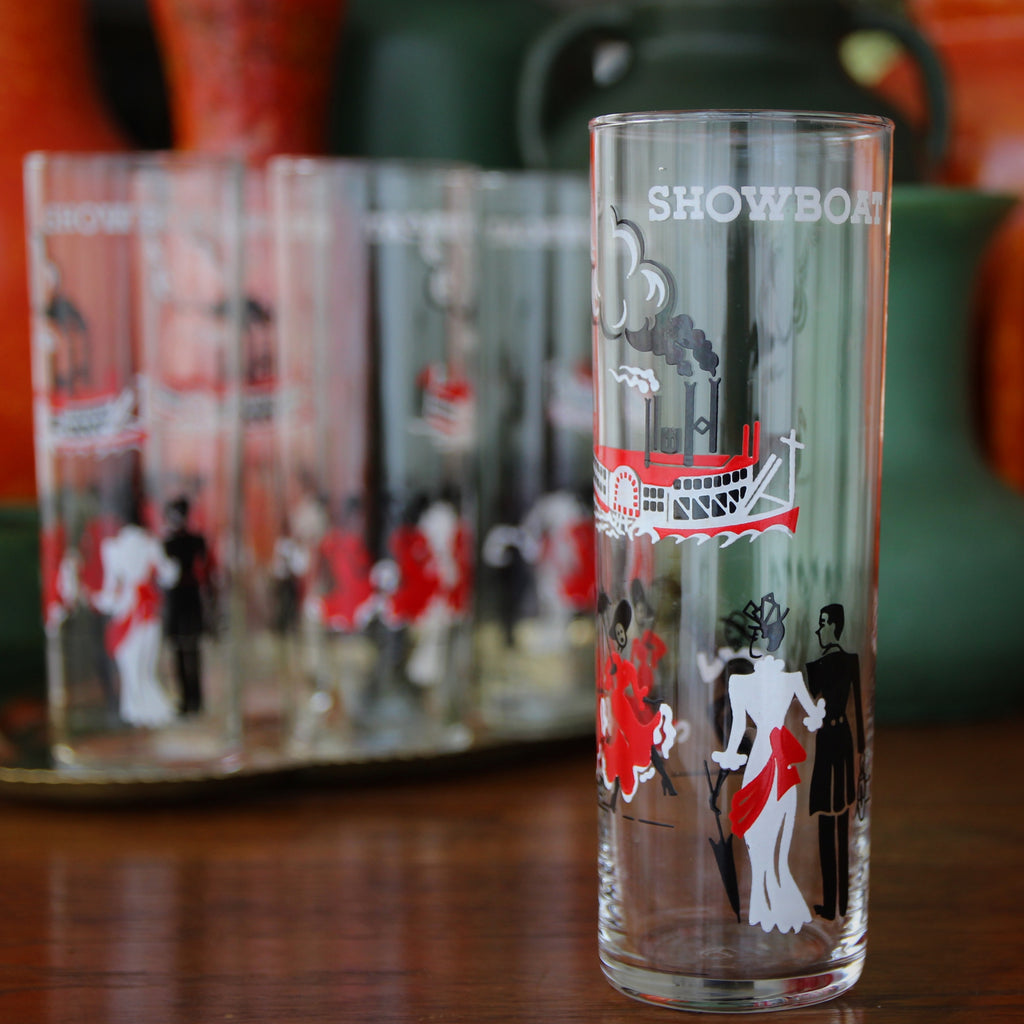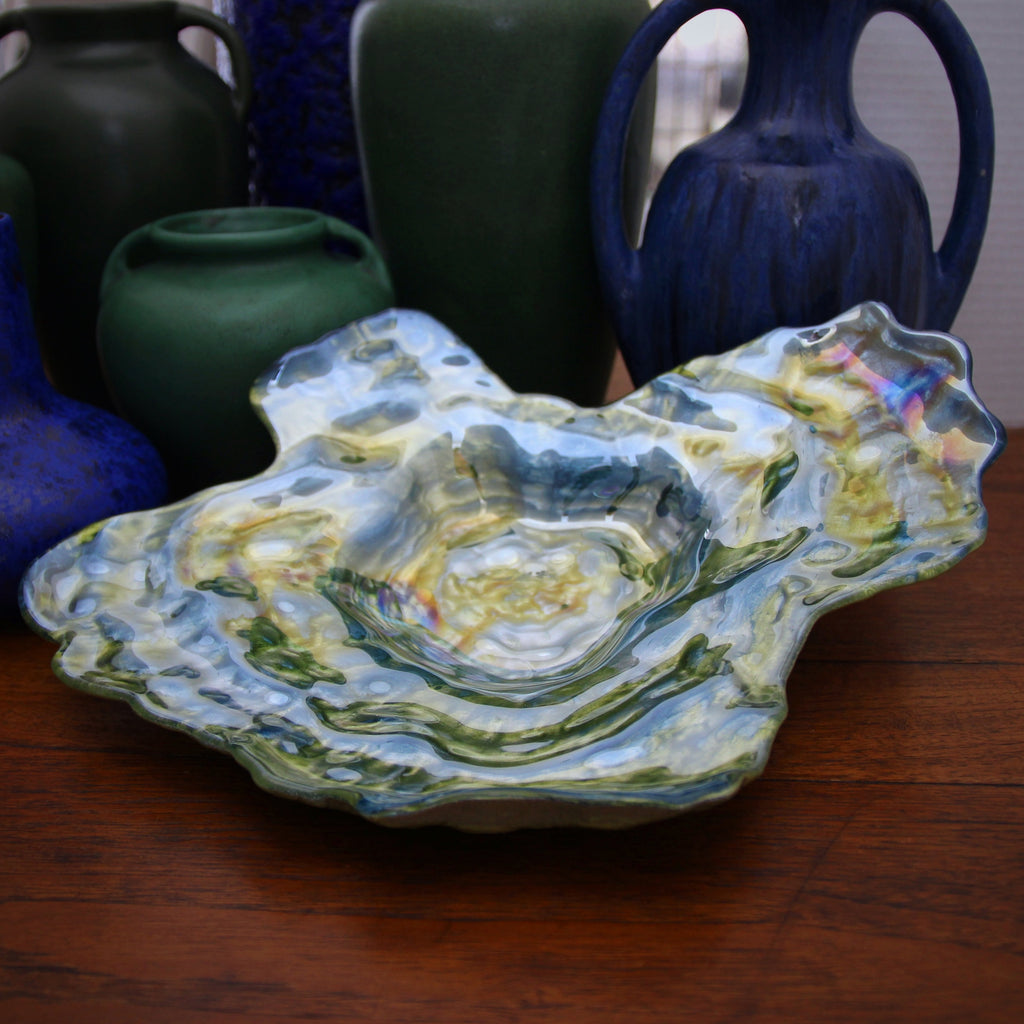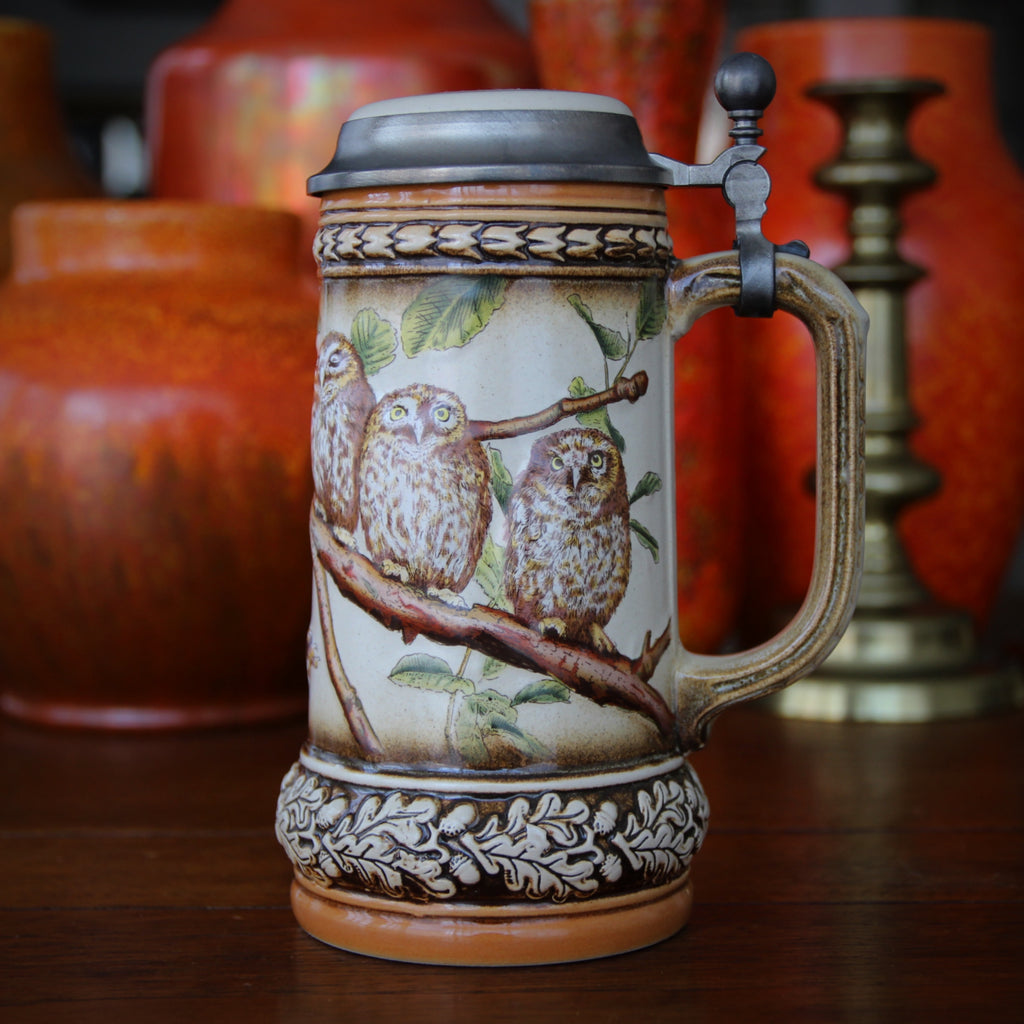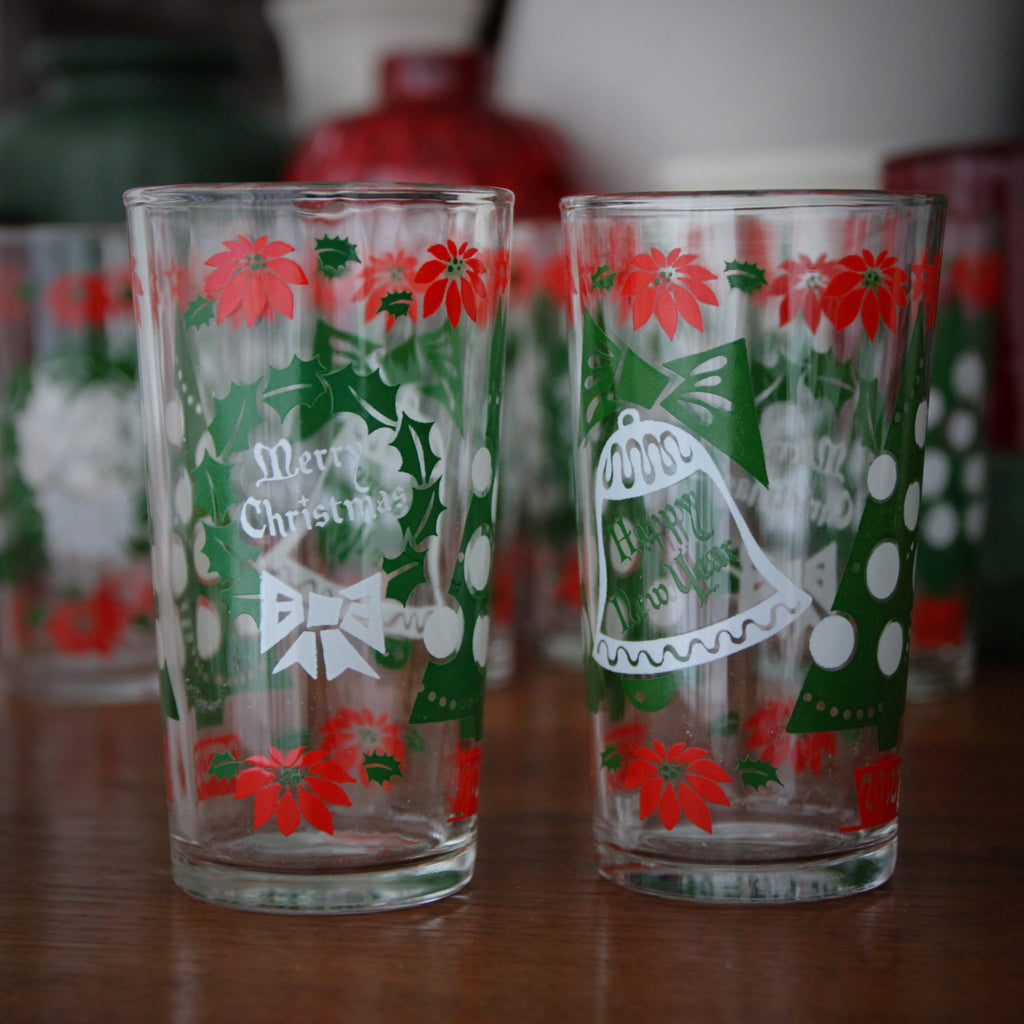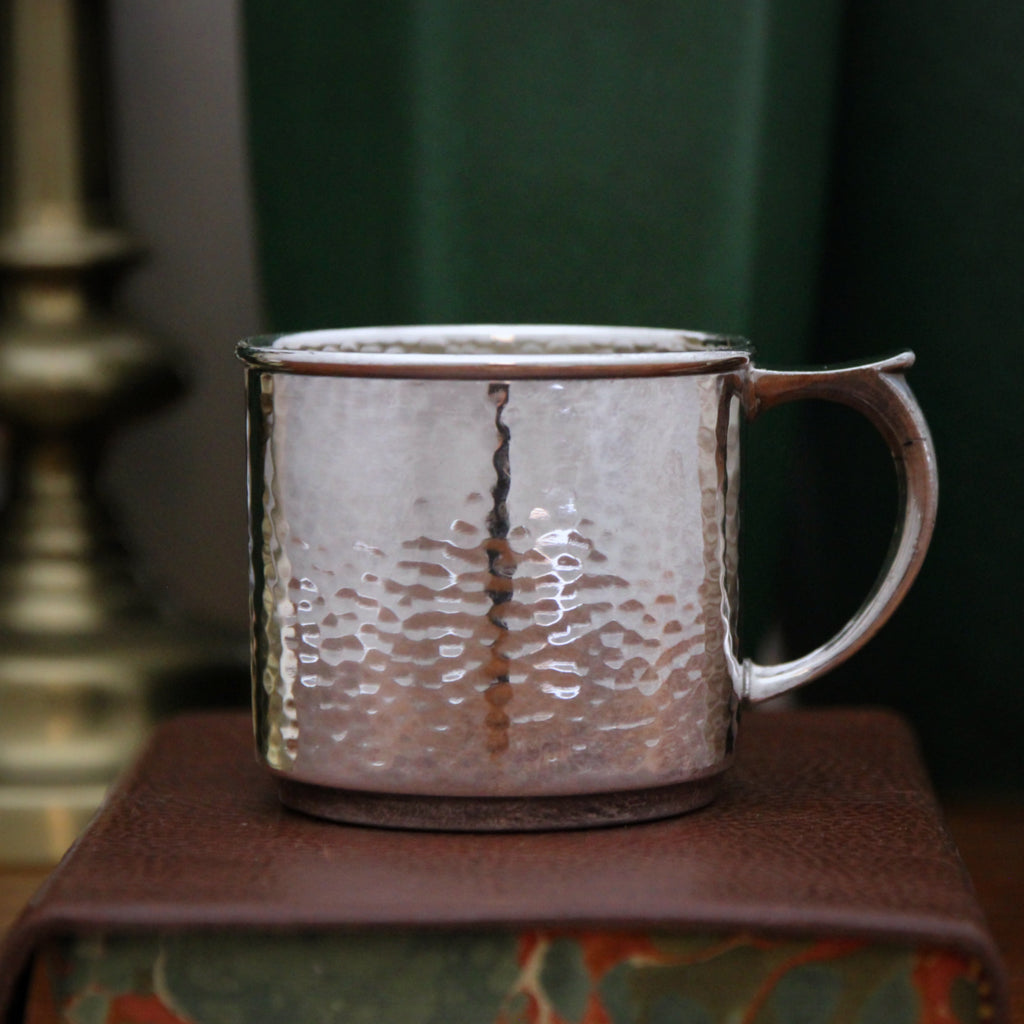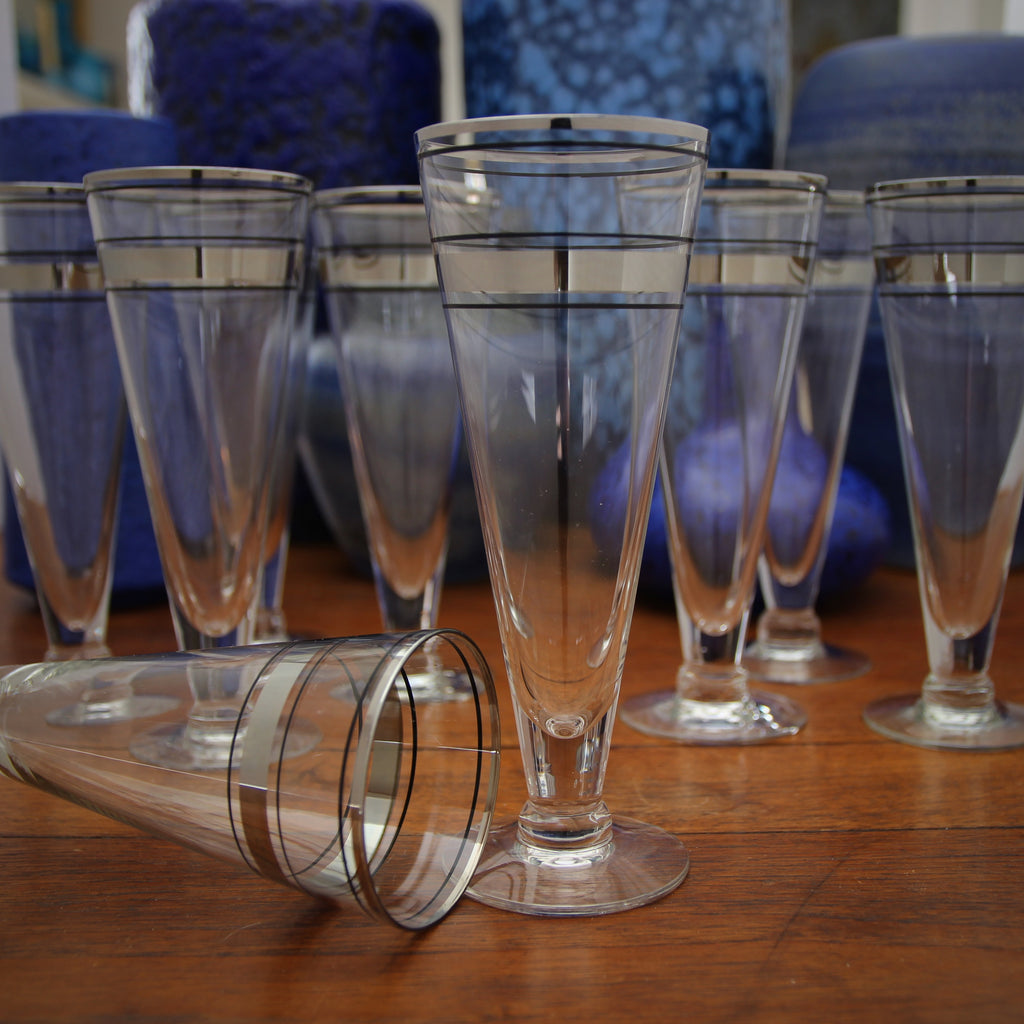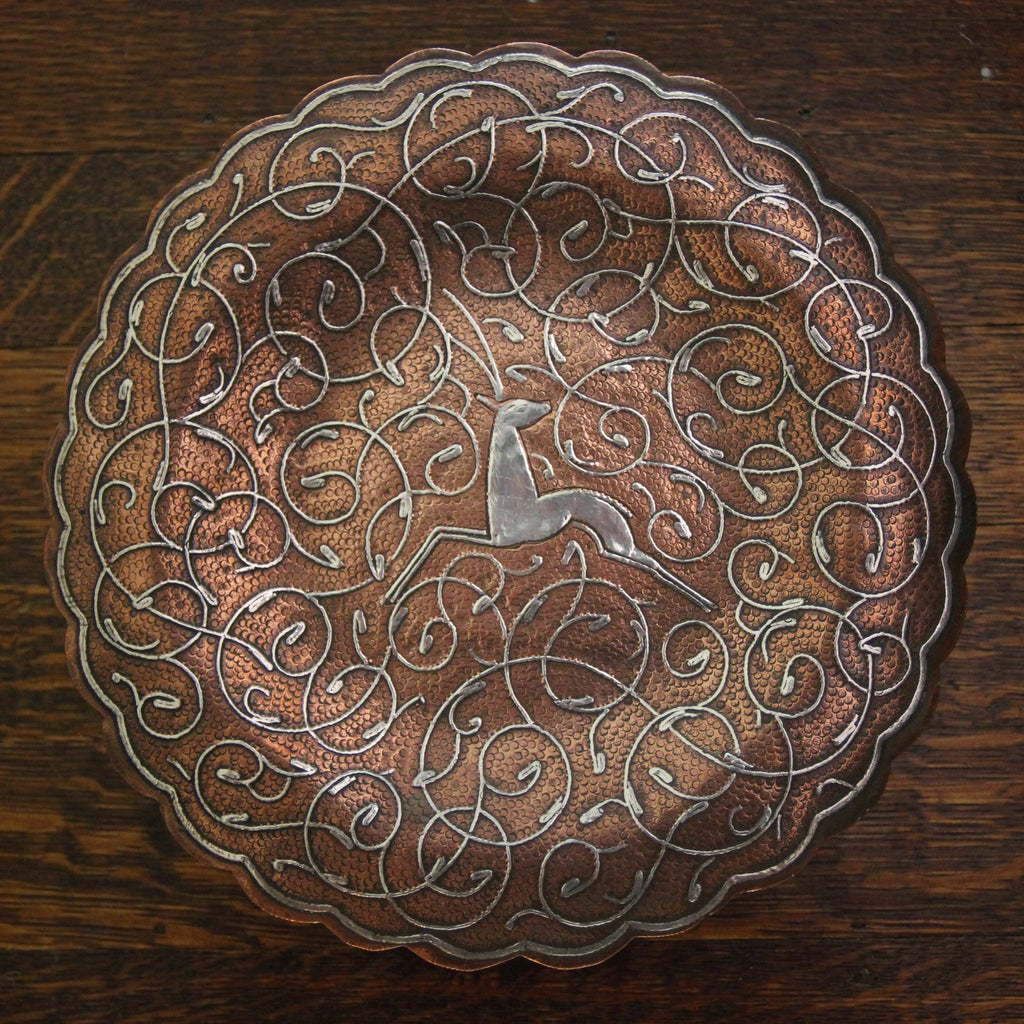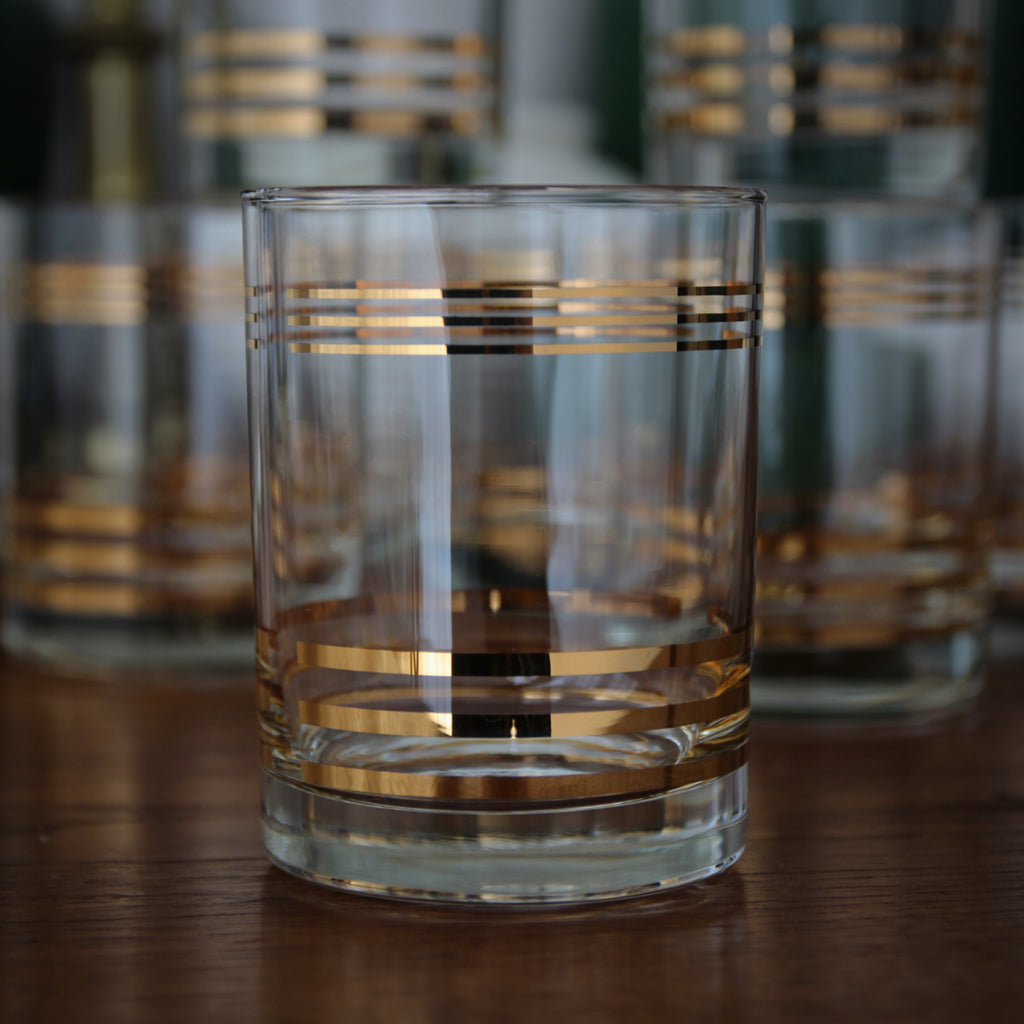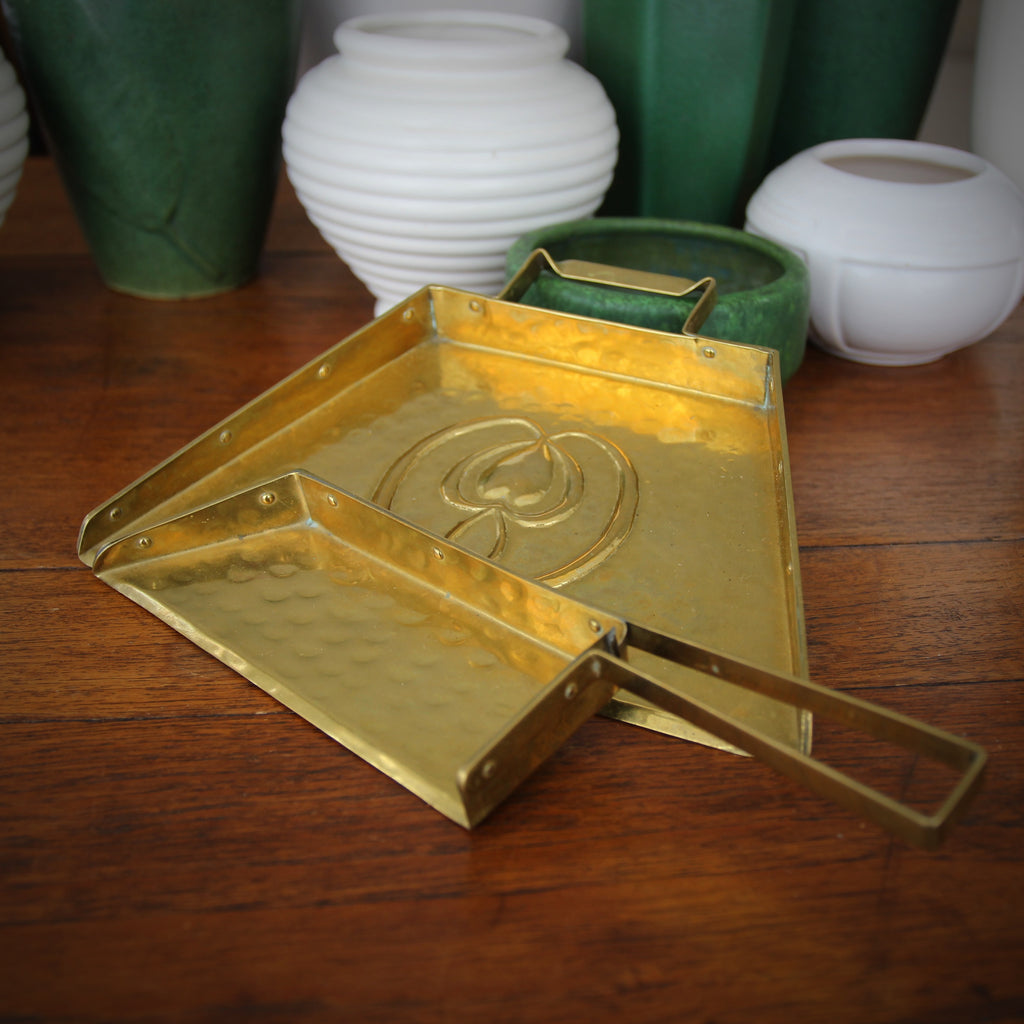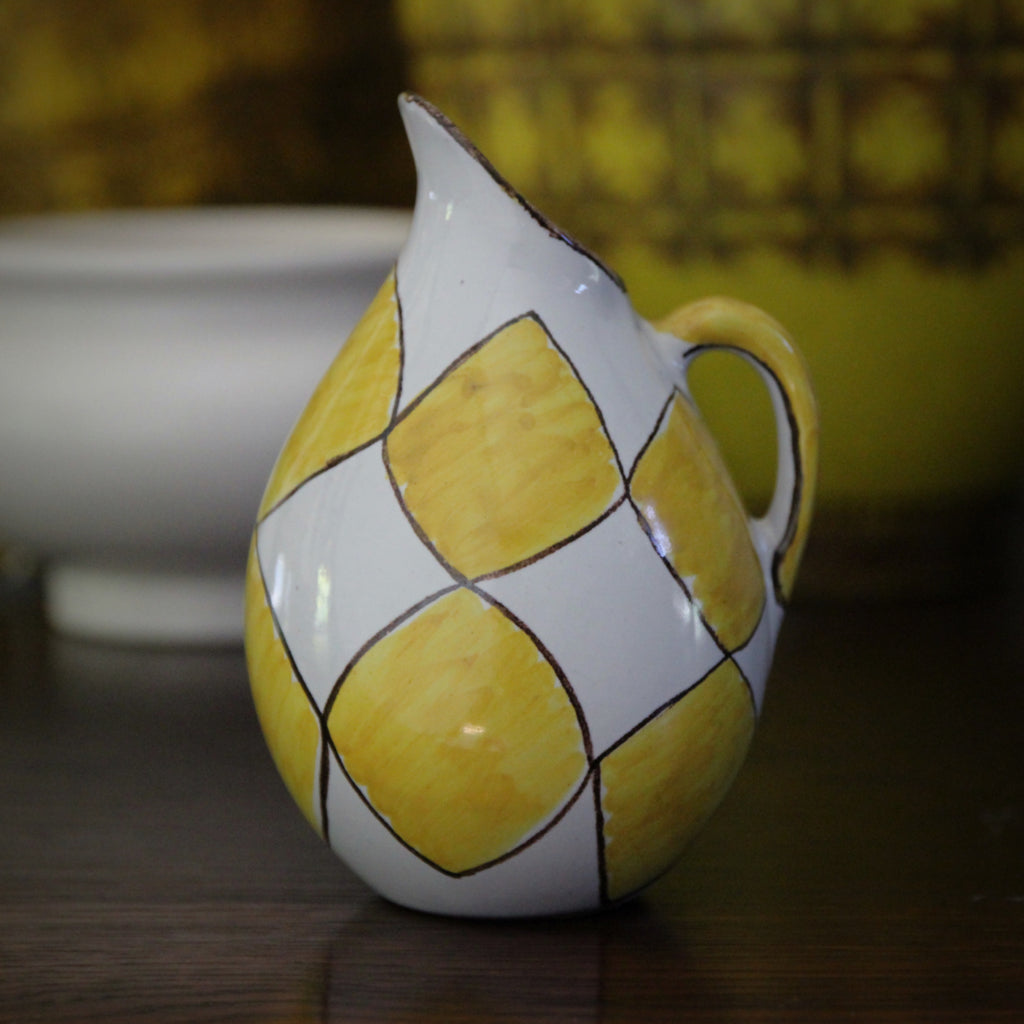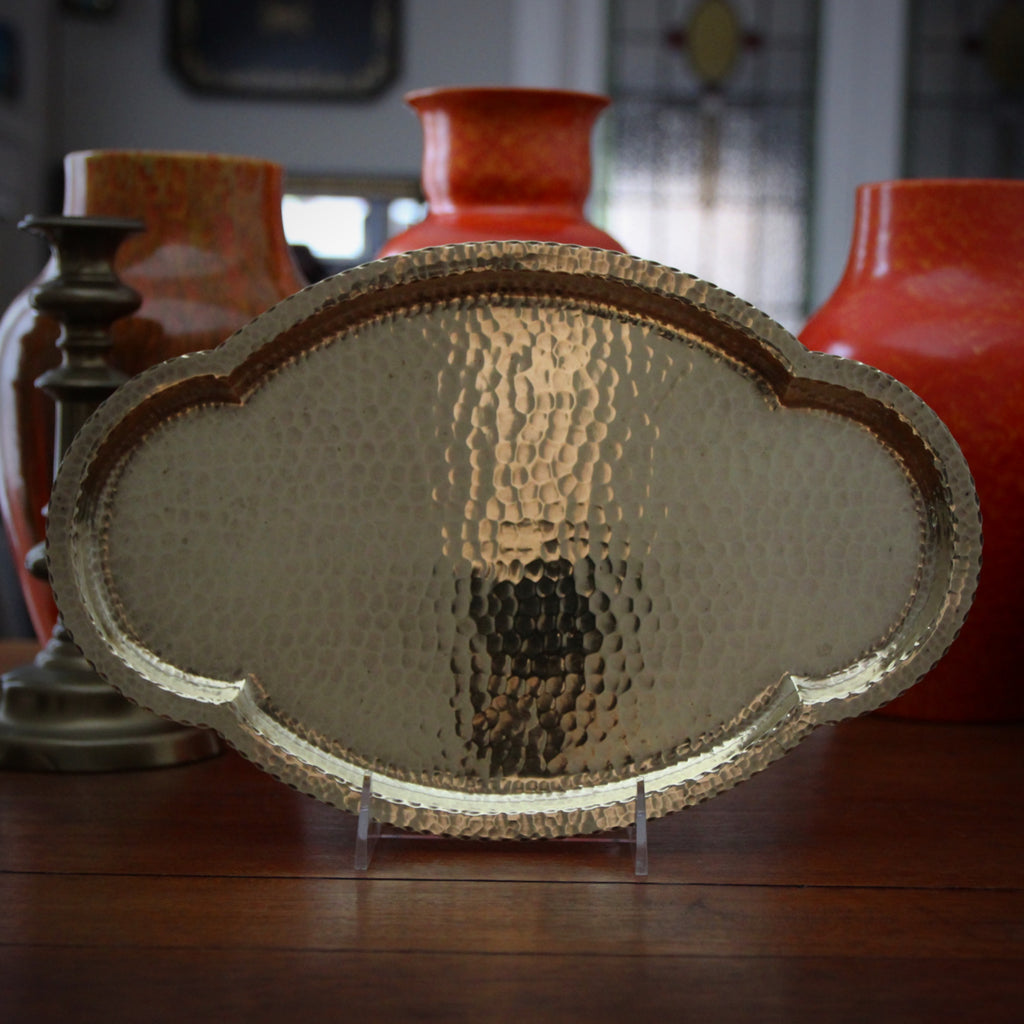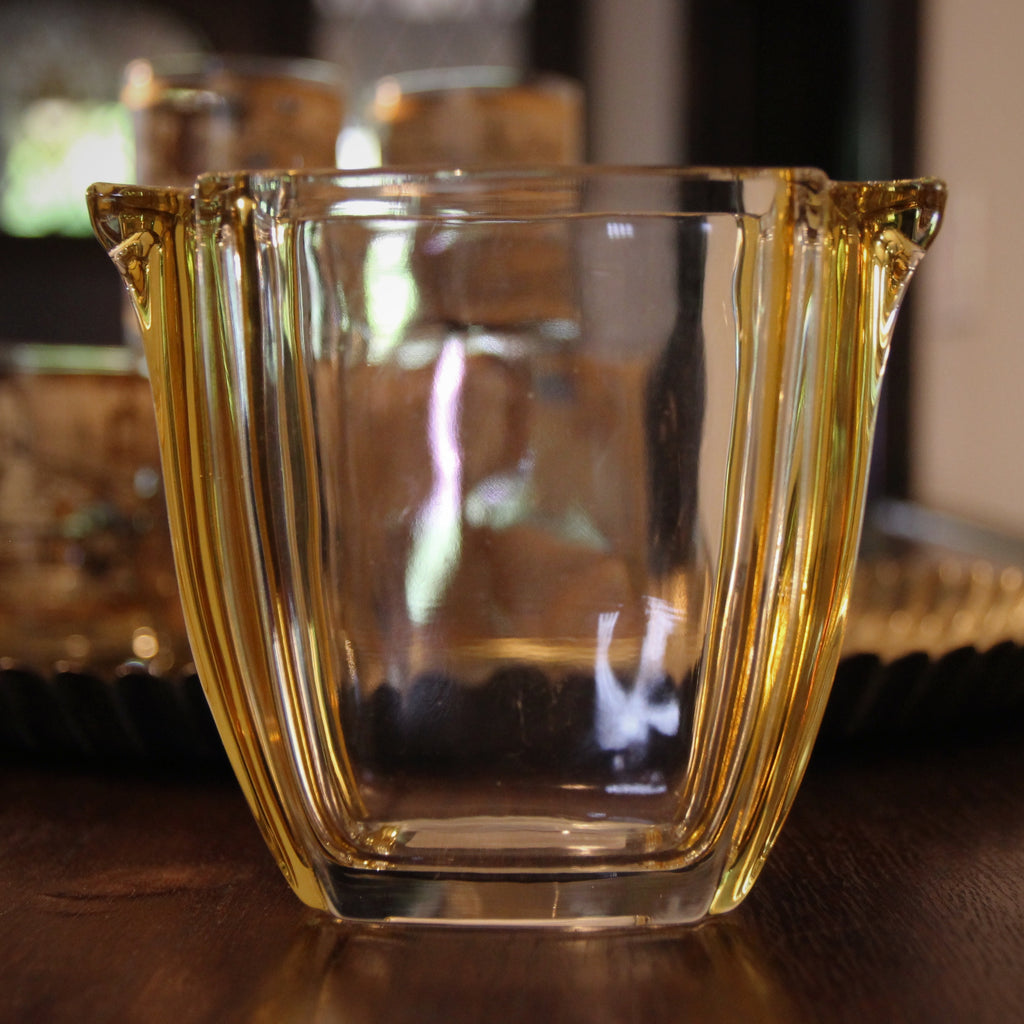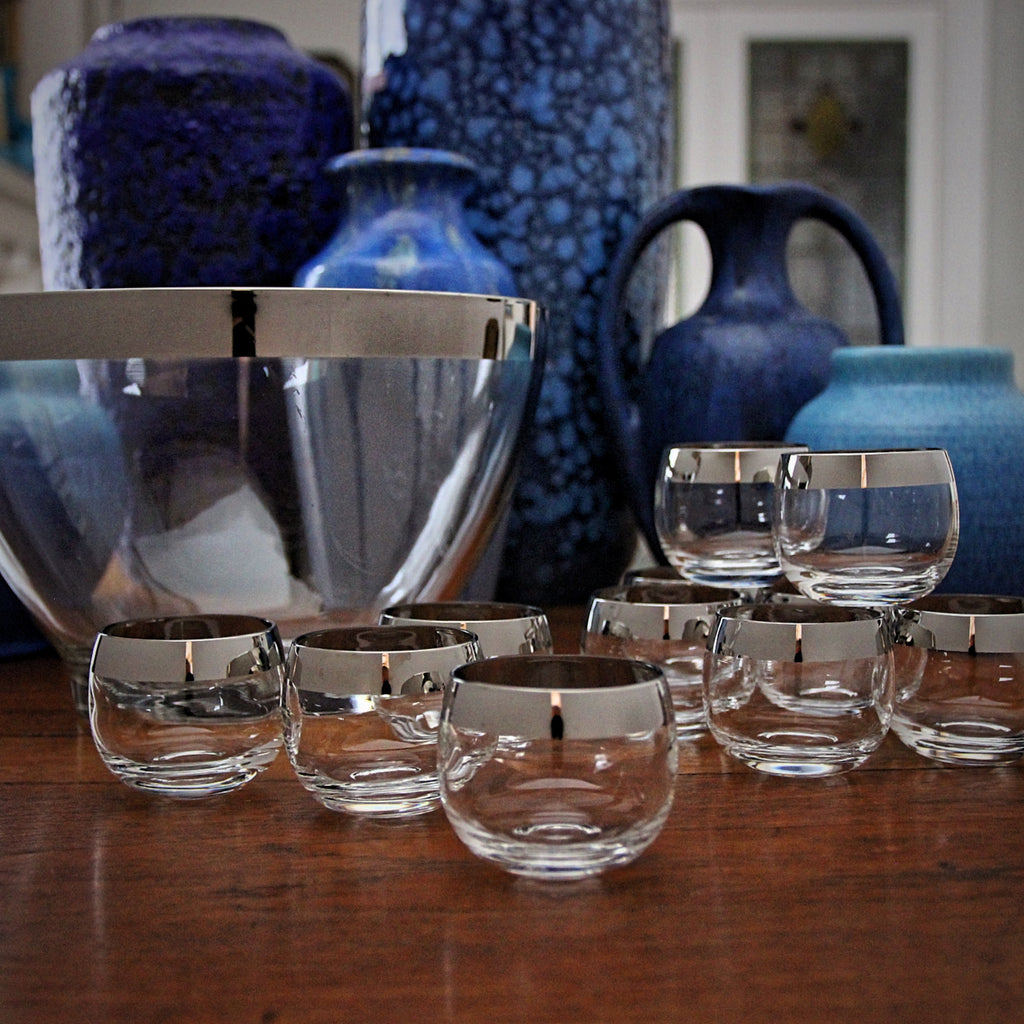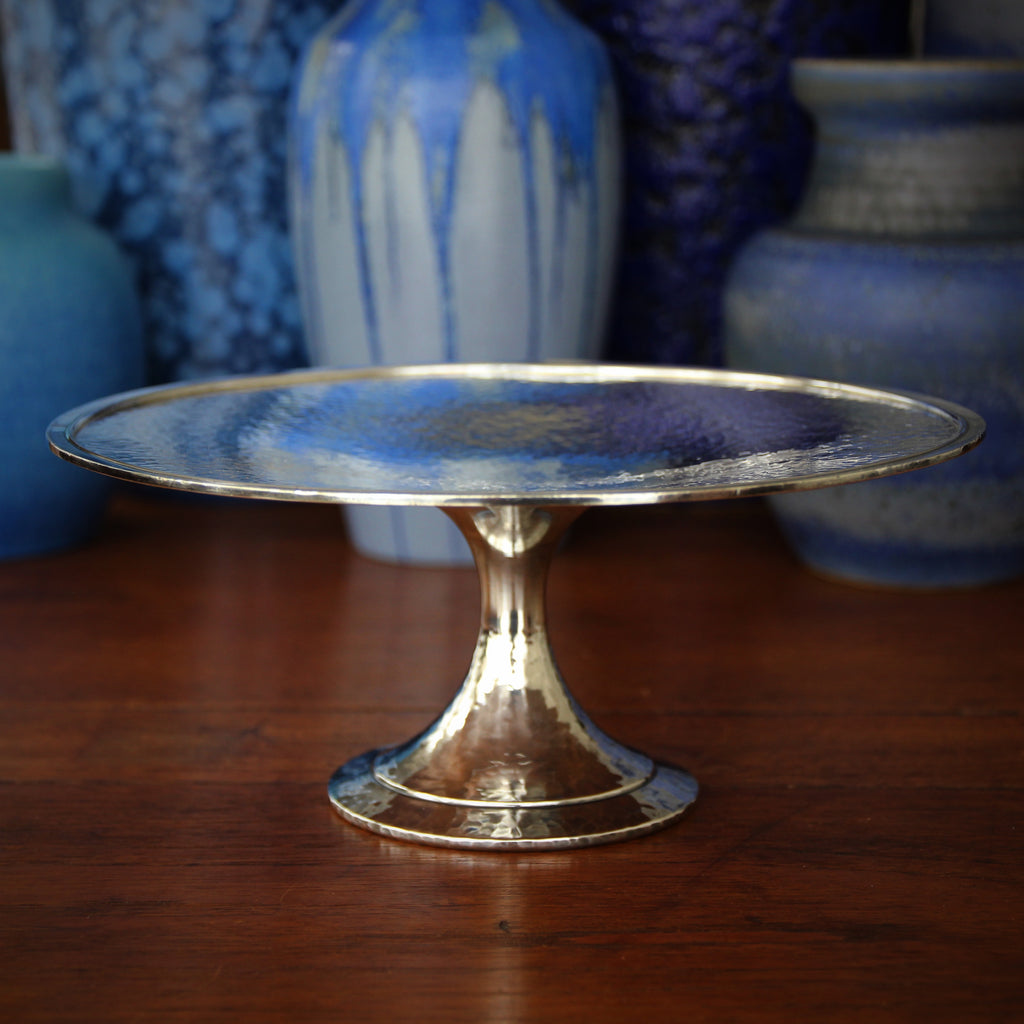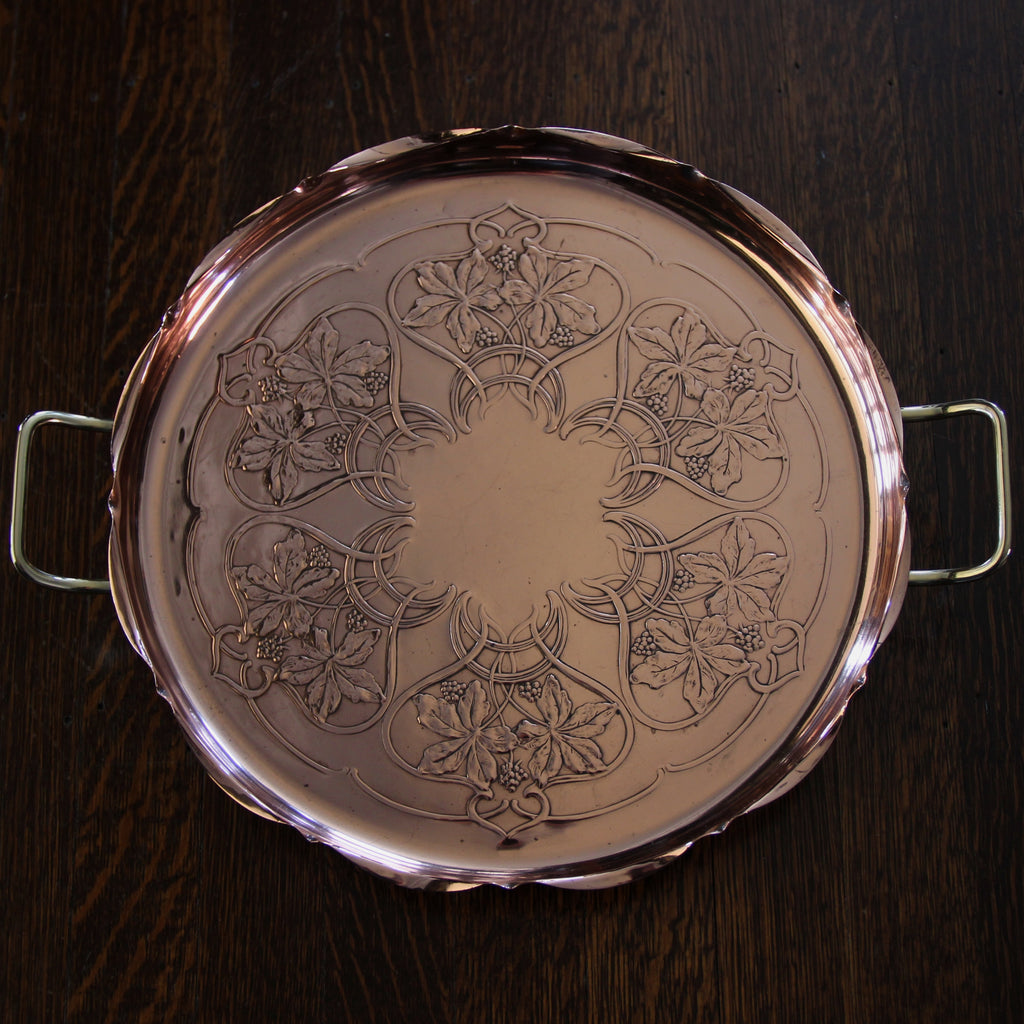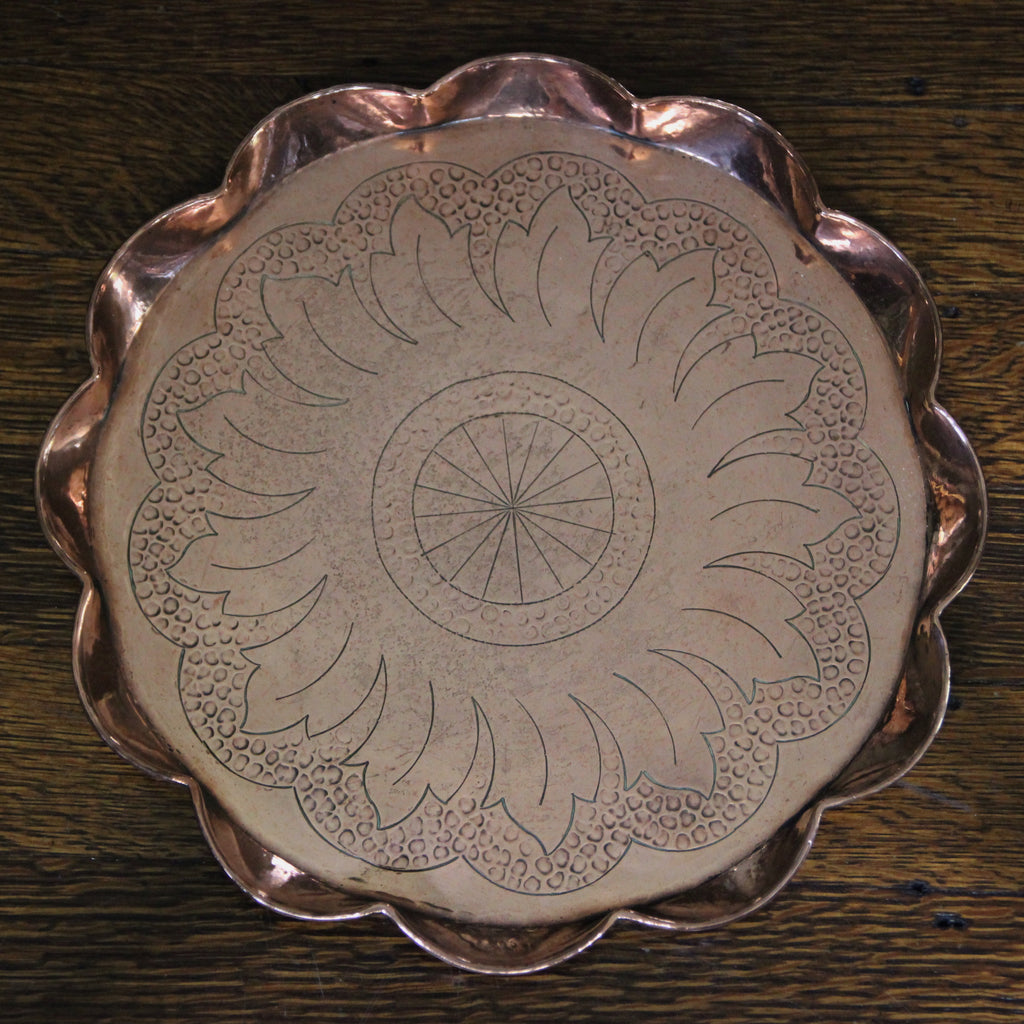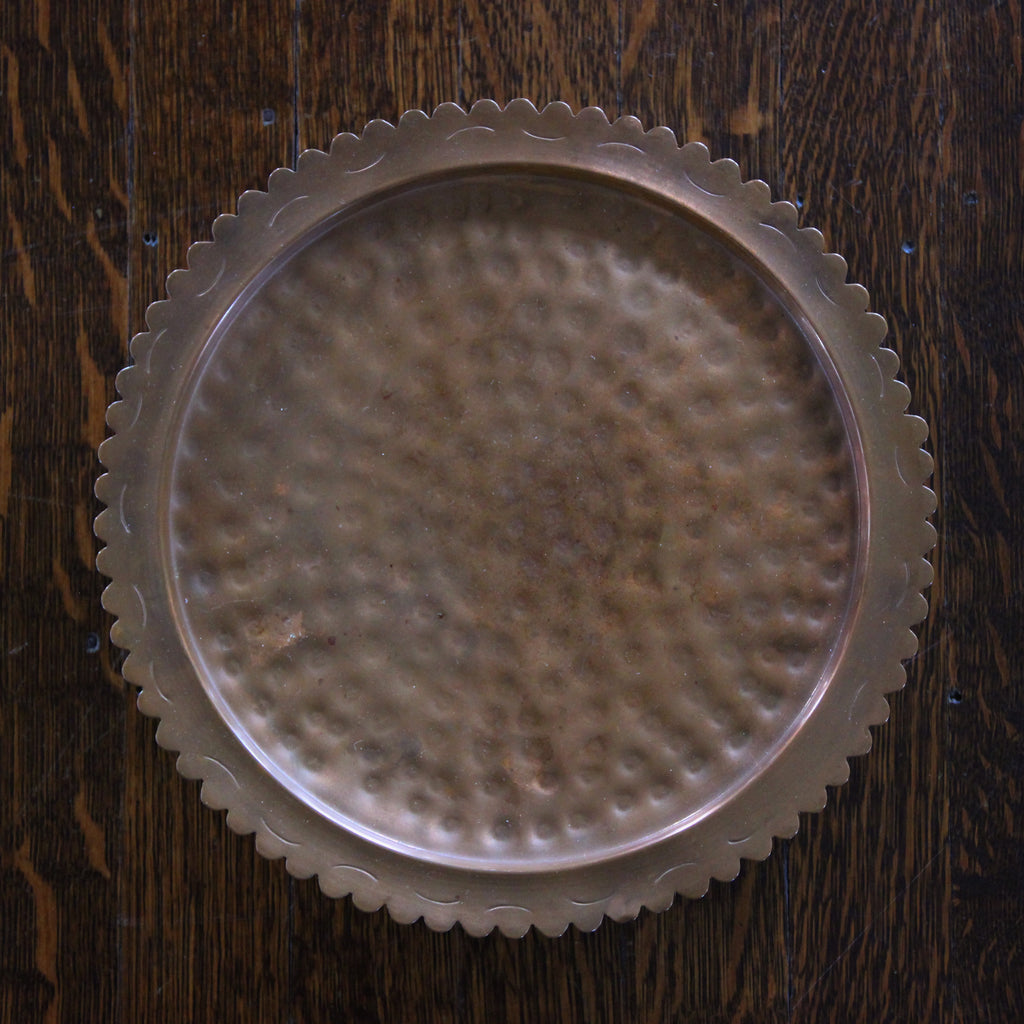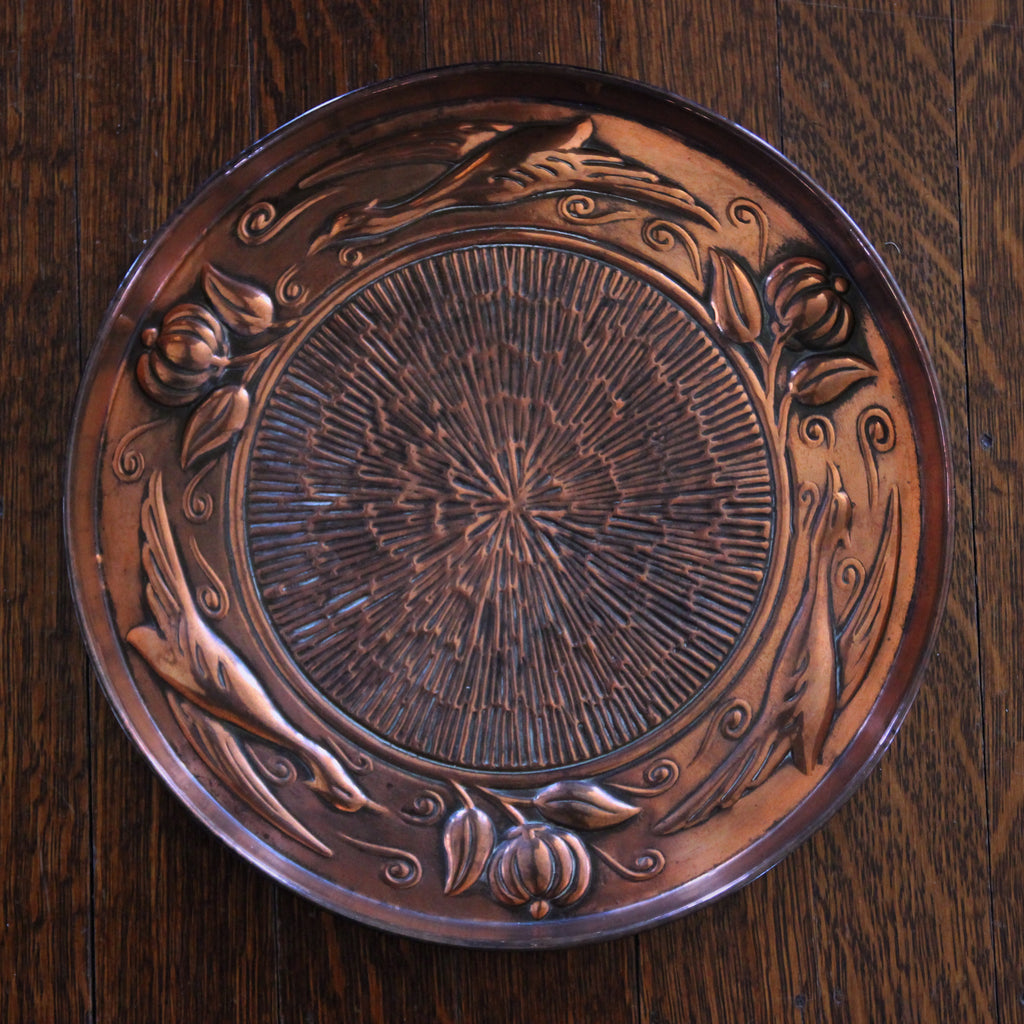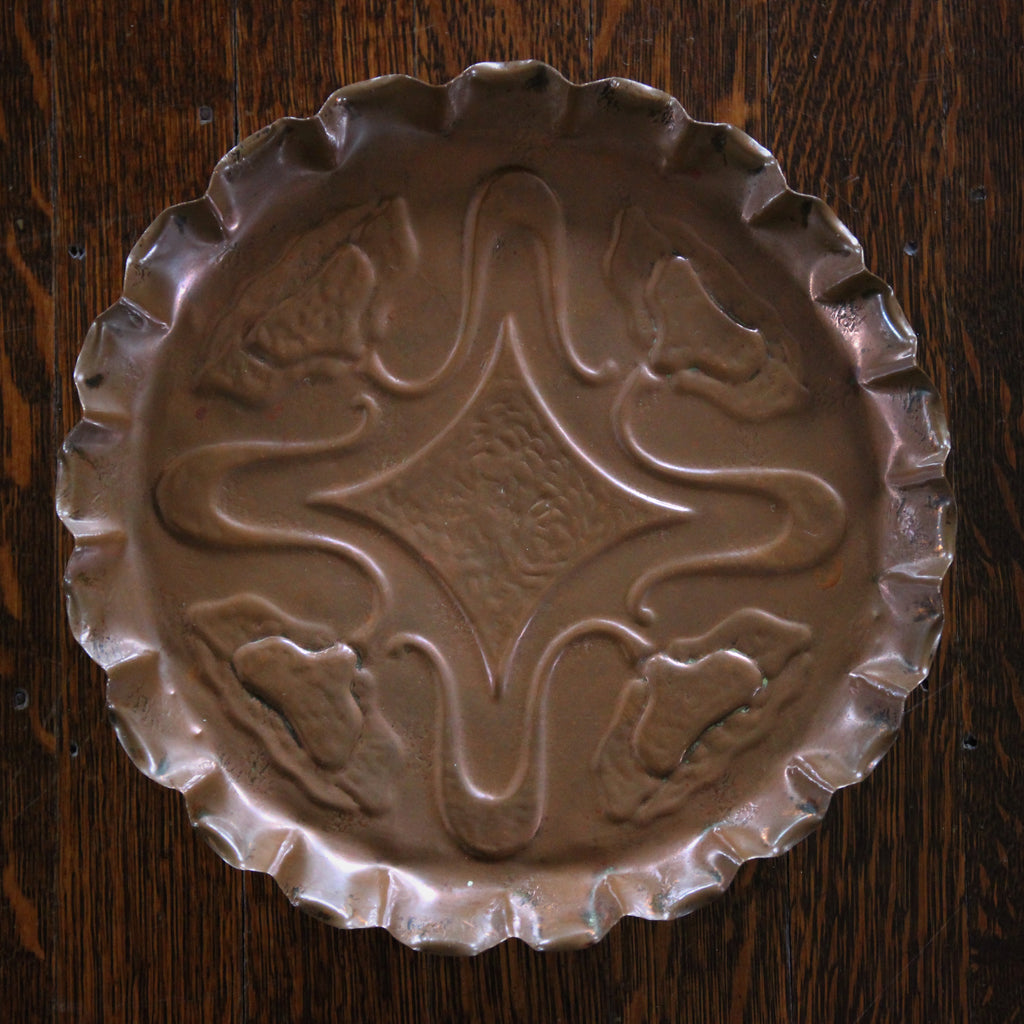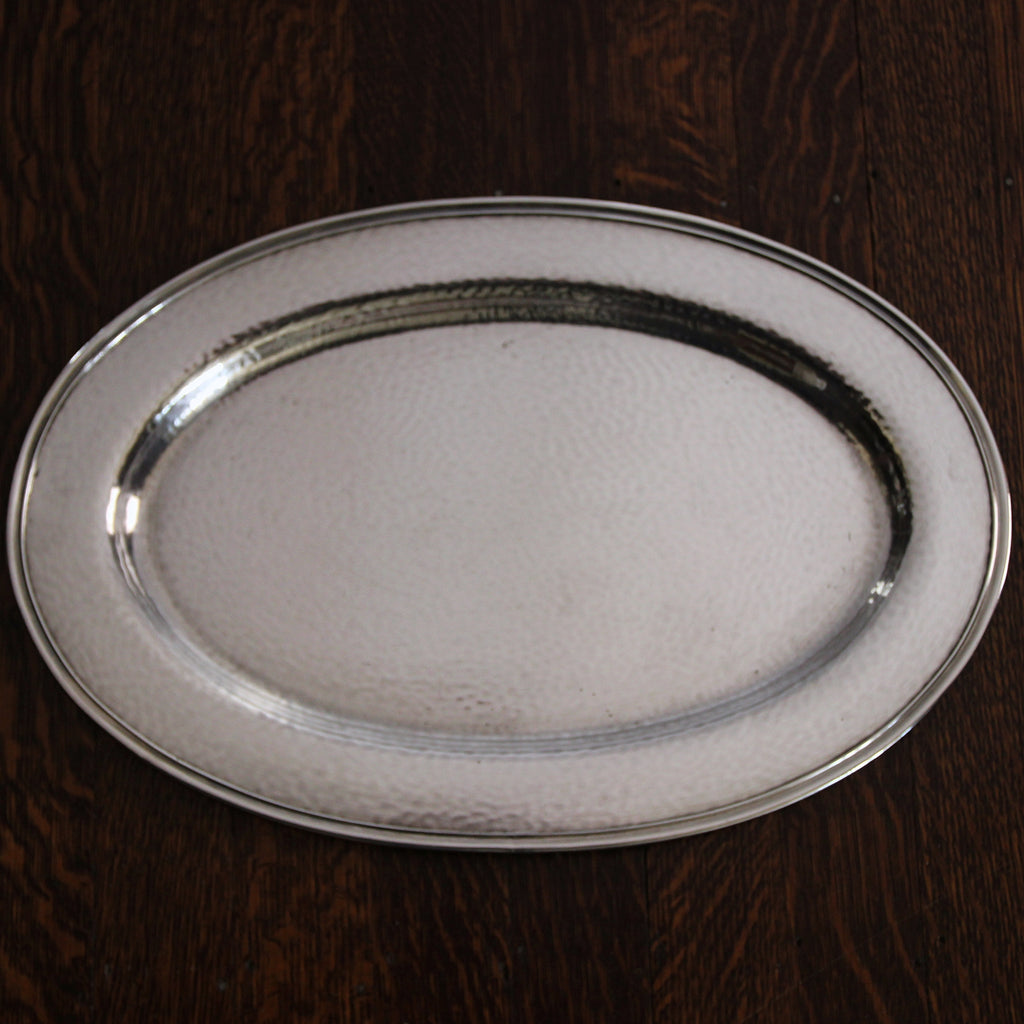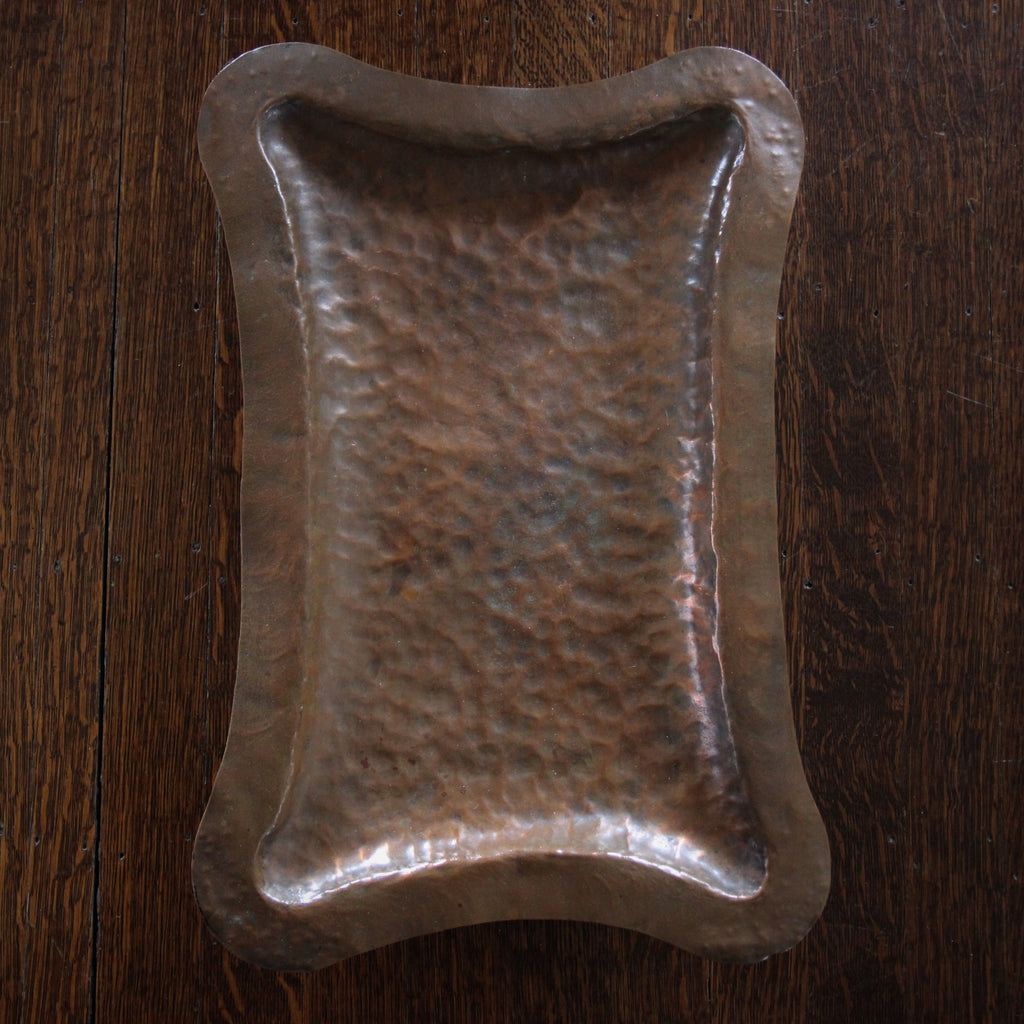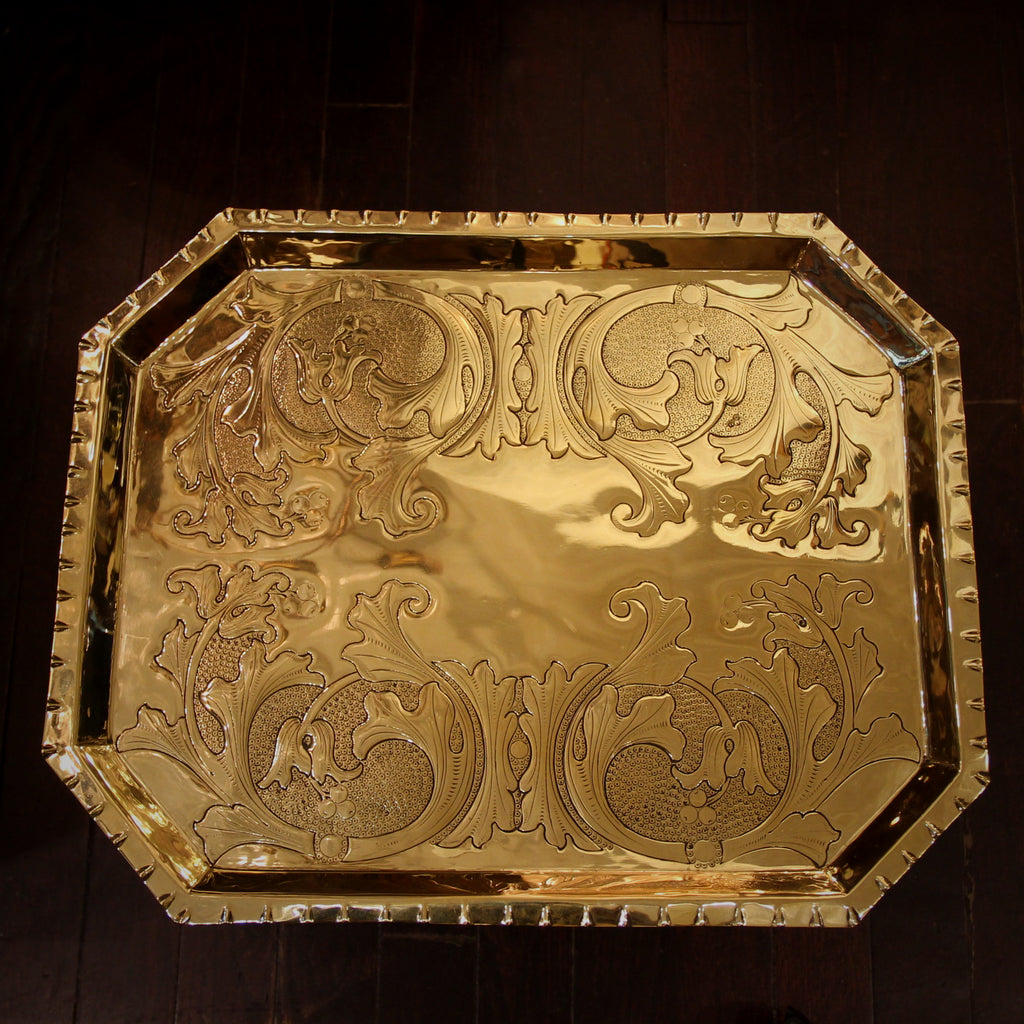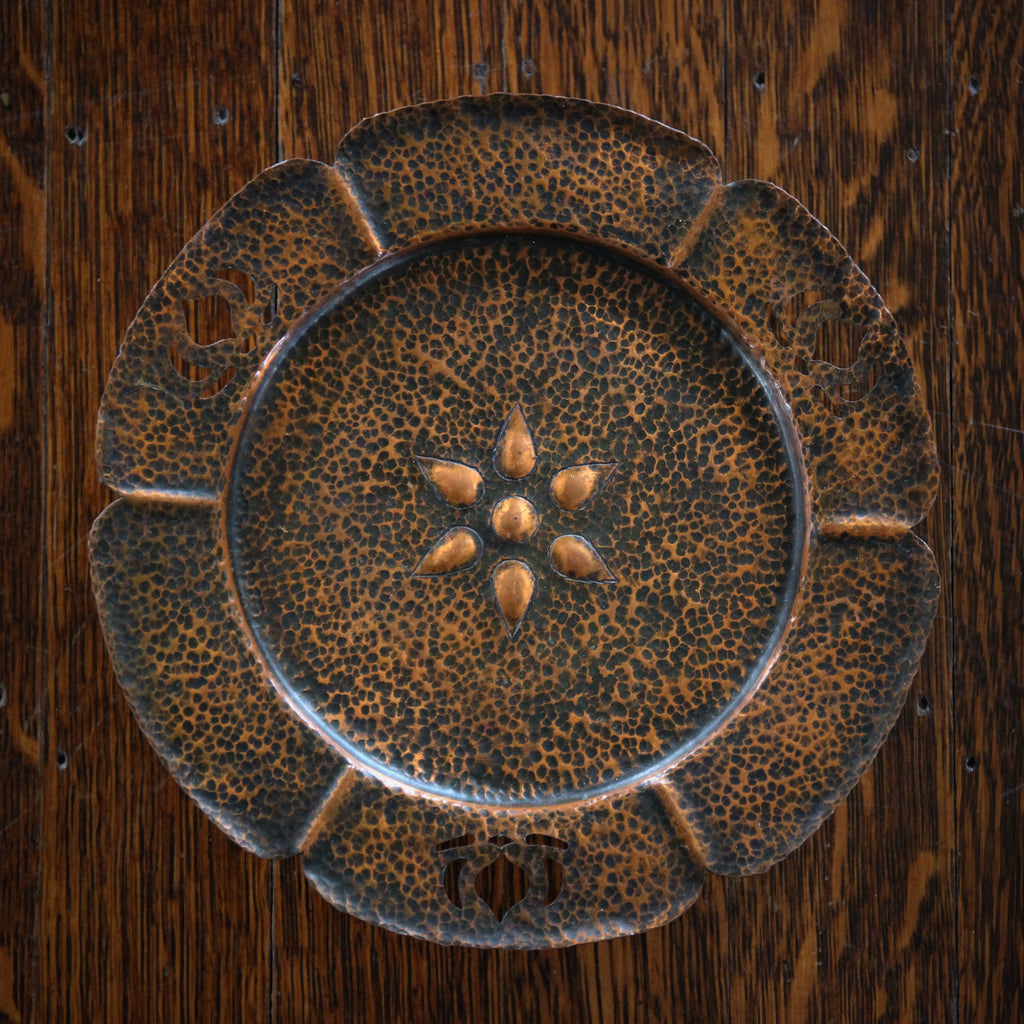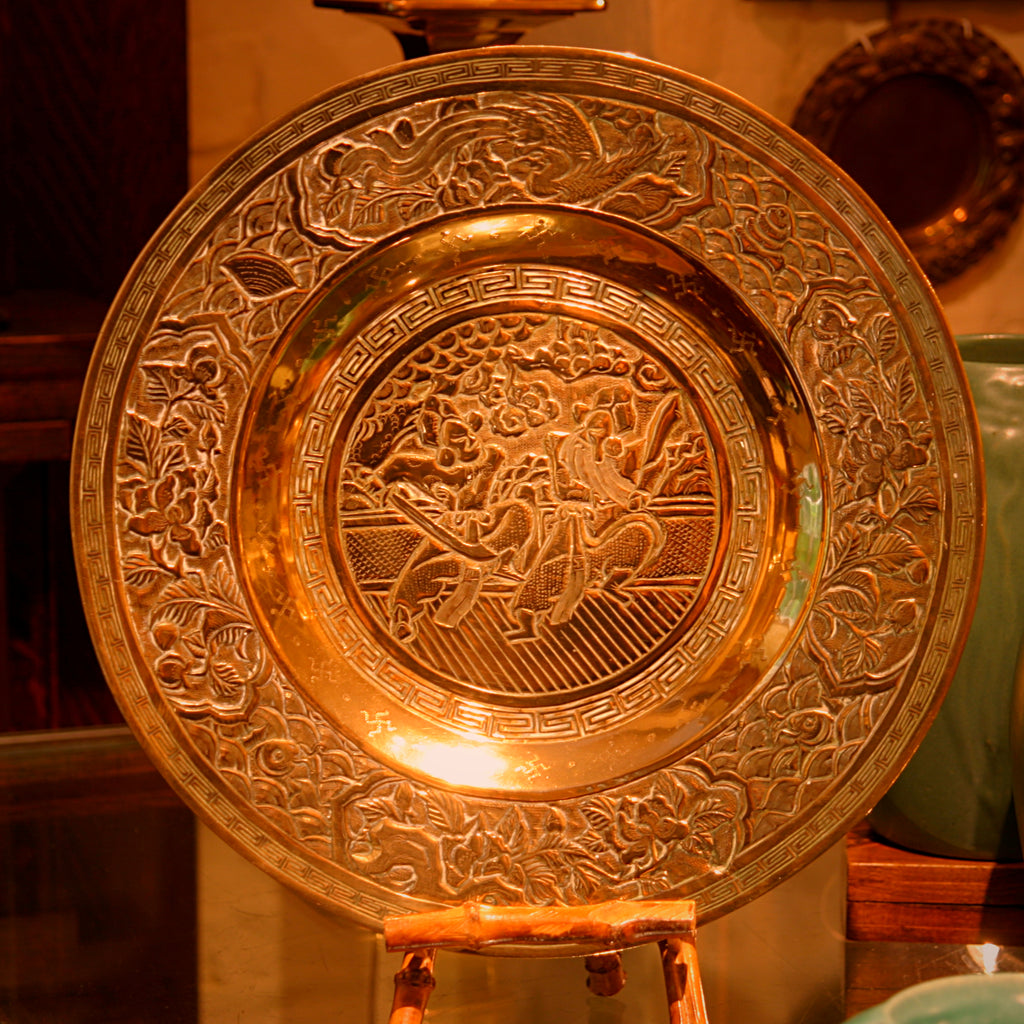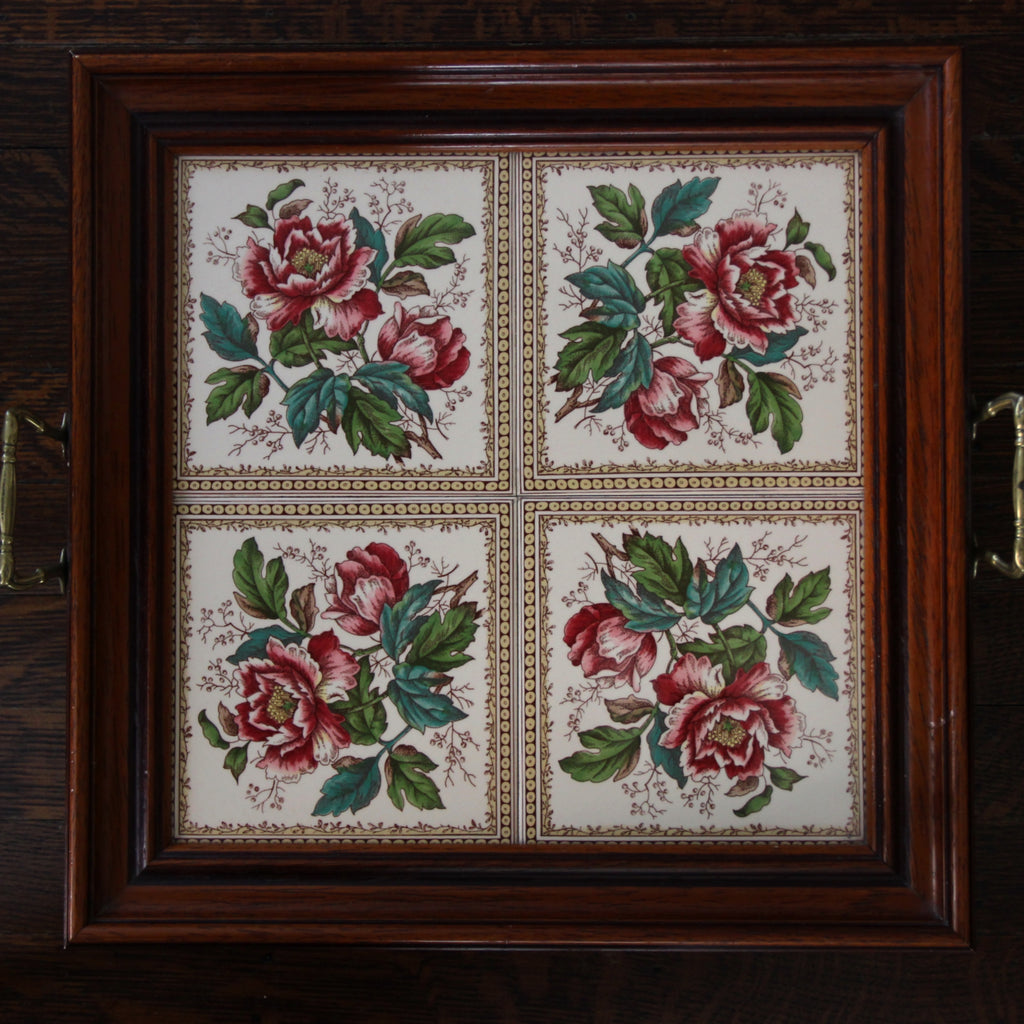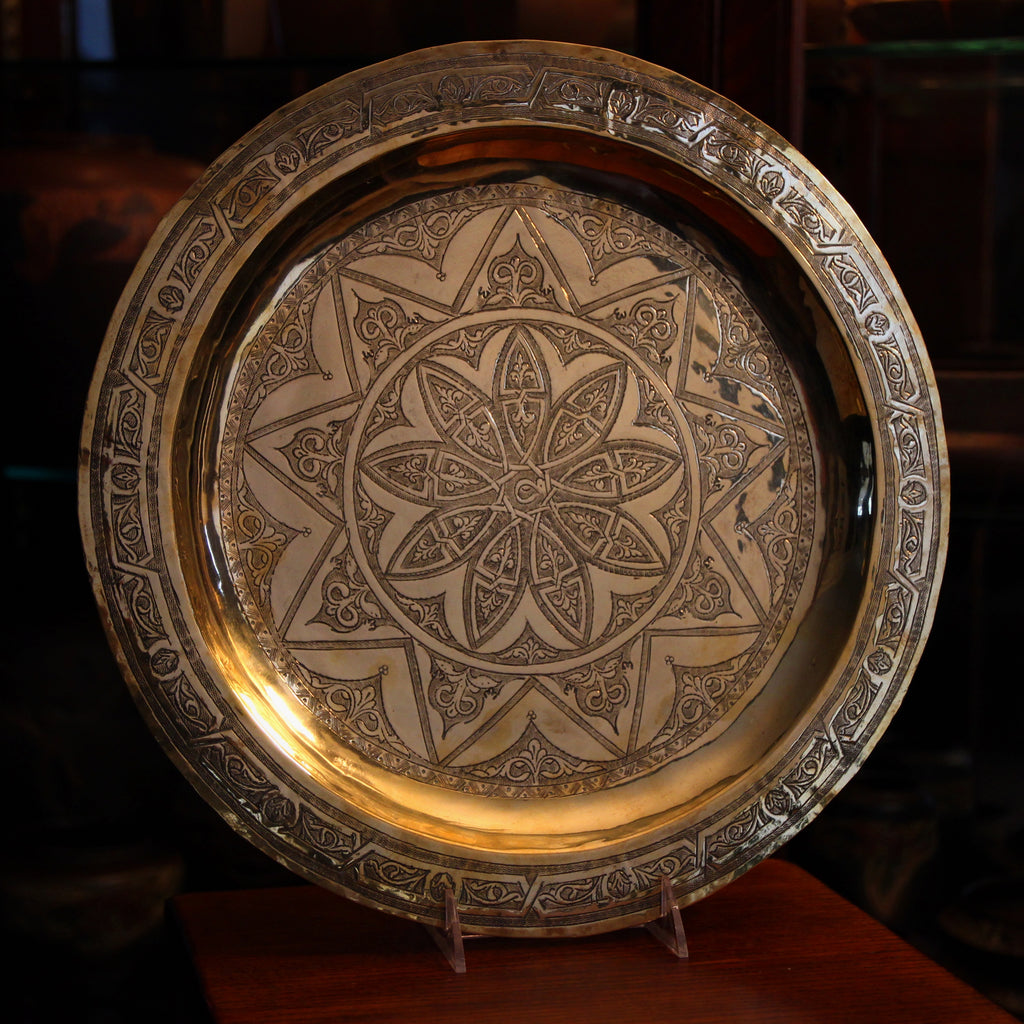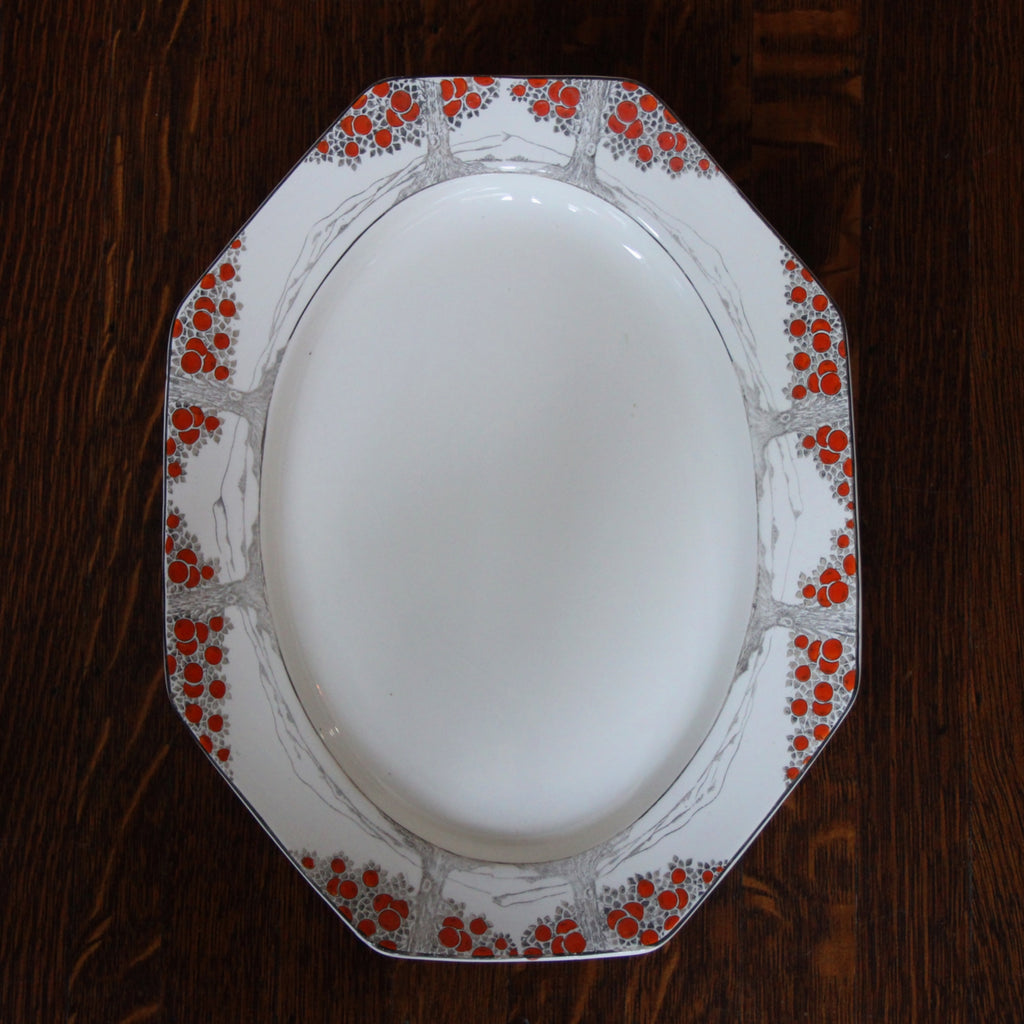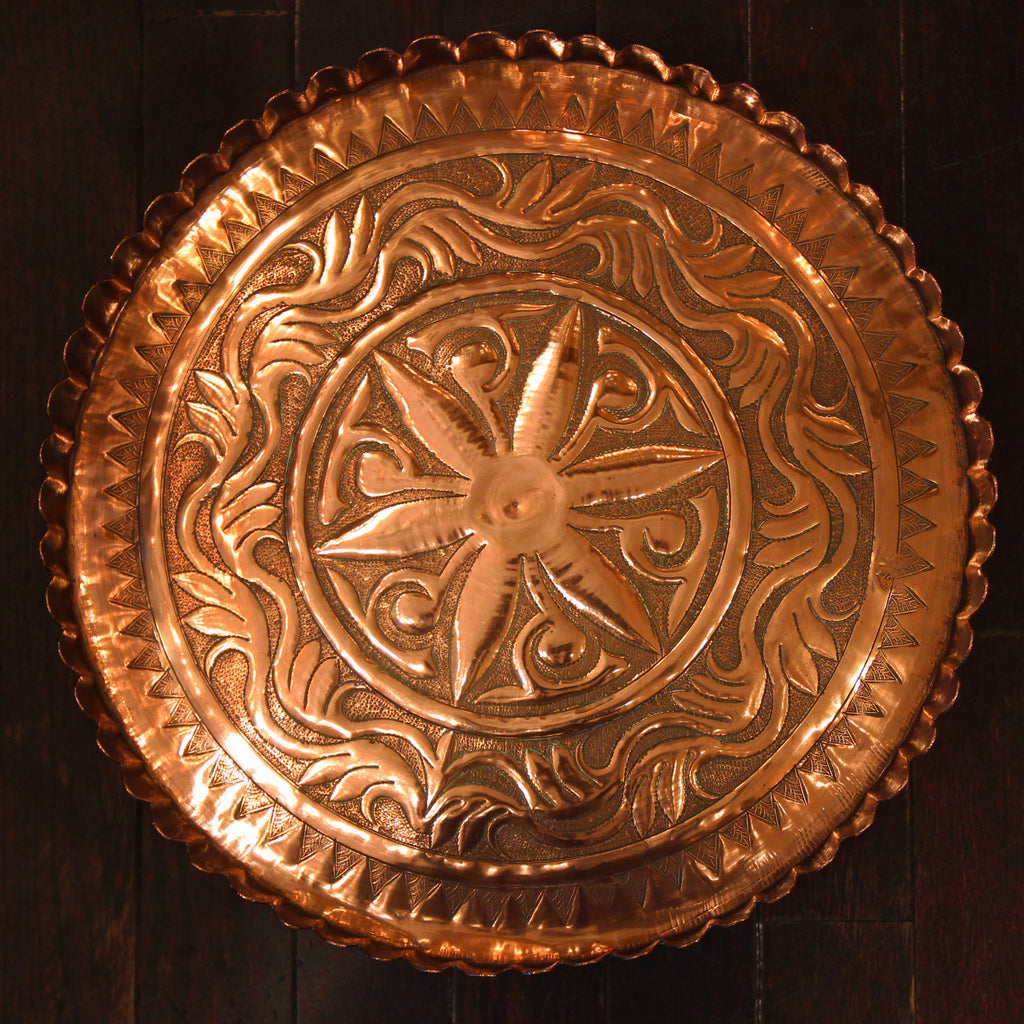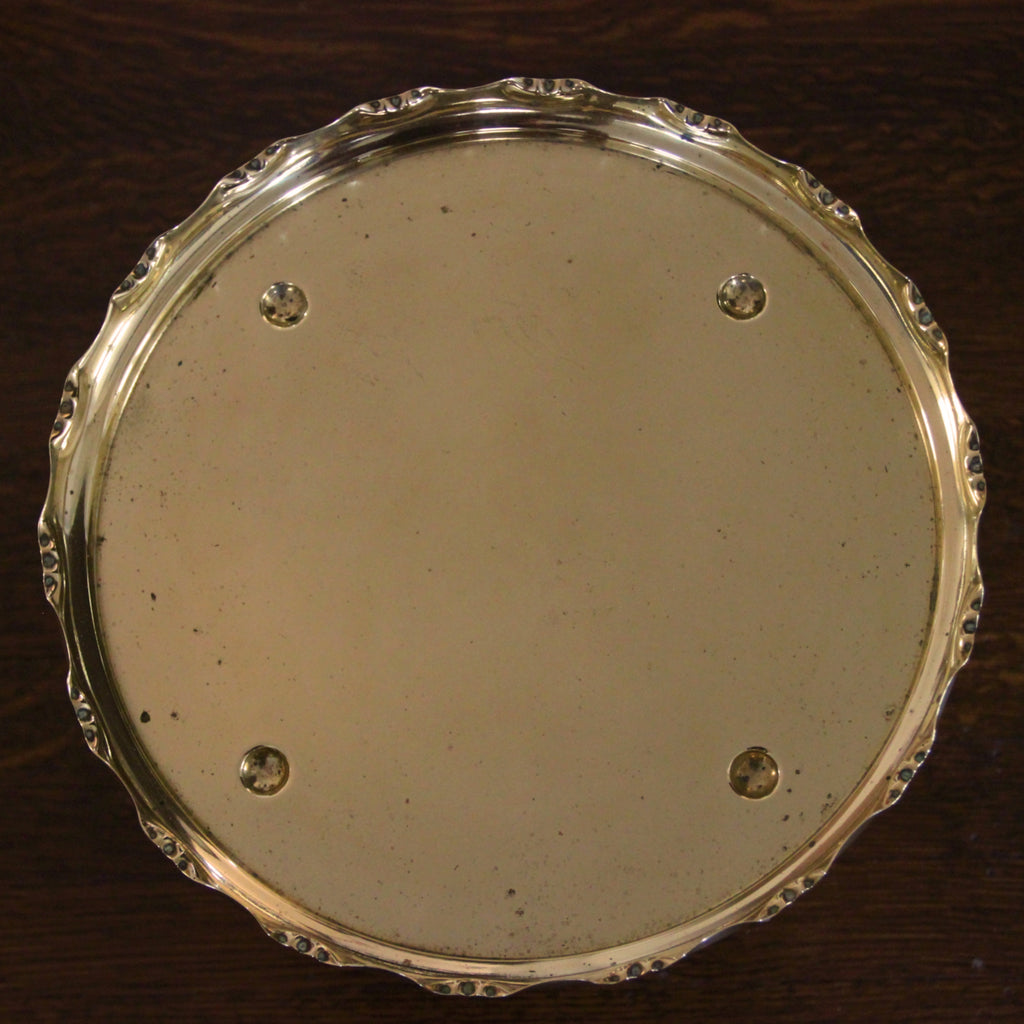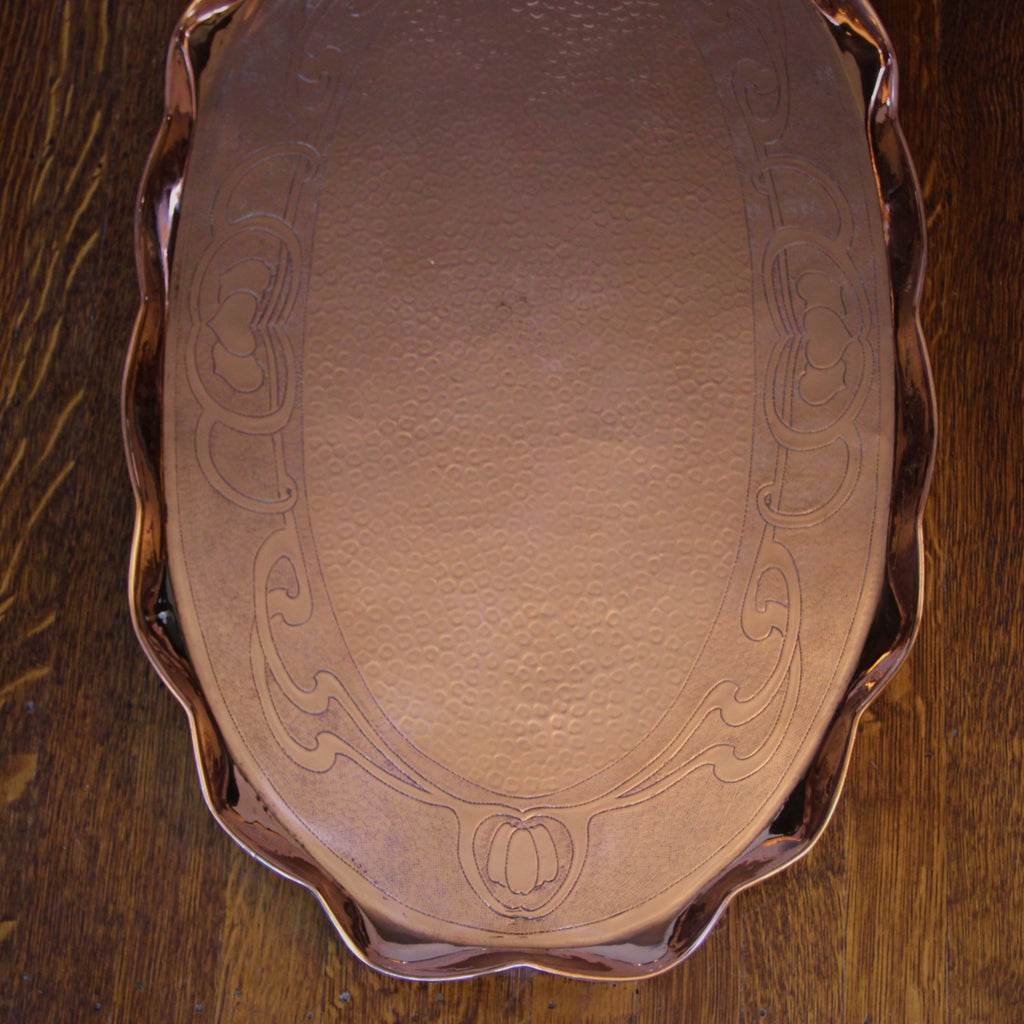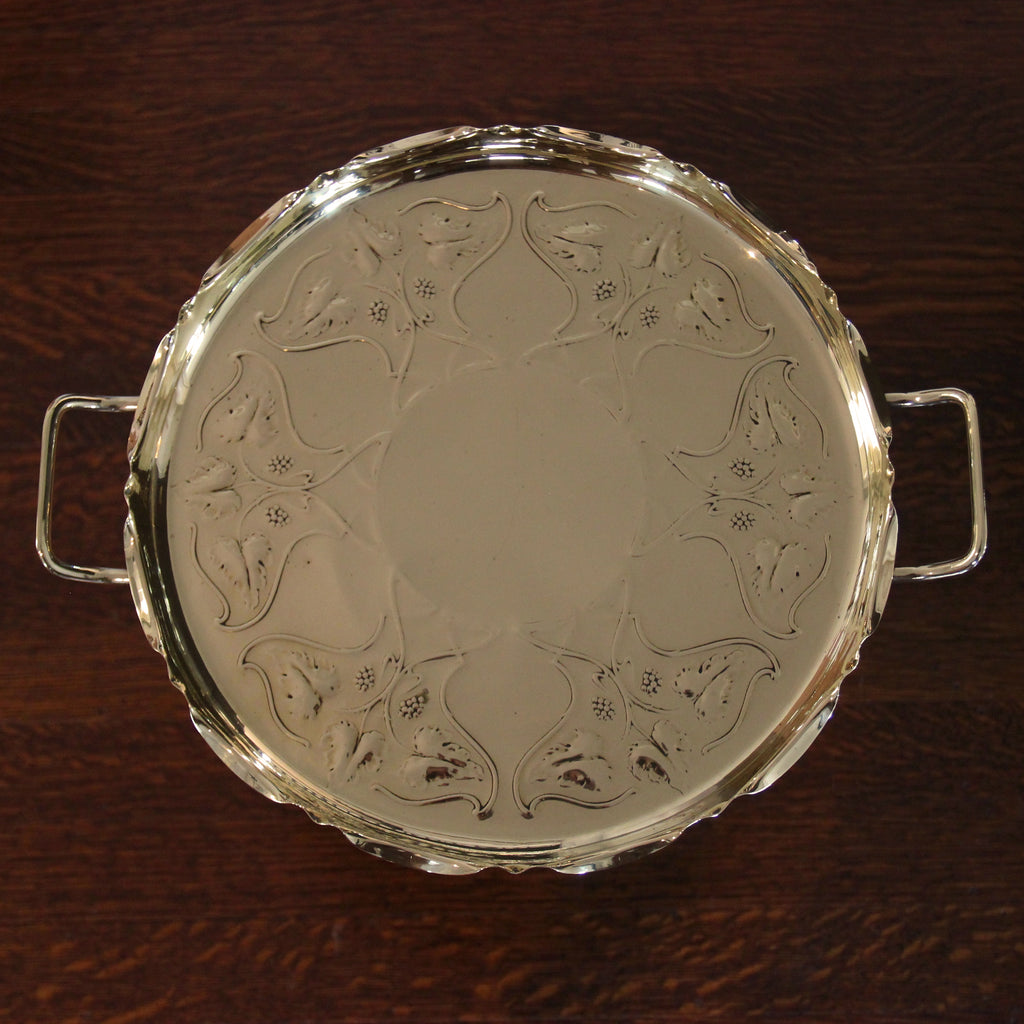JOURNAL — Glass & Serviceware RSS
Welcome, November, and your birthstone the Citrine.
The Citrine is a pale yellow variety of quartz. It owes its sunny color to the presence of iron within the chemical structure of the gemstone. And Citrine's sunniness was not lost on Greeks—who first used the stone around 300 BC—who believed that the gemstone could help alleviate depression. At the time, Citrine was very rare, thus expensive, opulent and luxurious. As larger deposits were later discovered and mined (notably in Brazil), the gemstone became more common and fell within reach of more and more admirers.
Three Months 'til Christmas
Though Summer has barely left us, a glance at the calendar reminds us that Christmas is a mere three months away! Let's get ready! No time to waste! Here's a set of four cheery Christmas Double Old Fashioned "Rocks" glasses. They are decorated with a stained-glass effect salutation—Seasons Greetings—and are topped with a 22 karat gold rim. This metallic enhancement looks nice but, more importantly, it protects the delicate glass rim from unexpected chipping.
Back-to-School - Part XII
Over the past several days, LEO Design has shared some interesting Back-to-School offerings—ideas to help organize, cheer and distract as students push-on through their matriculations. Let's end our parade of offerings with this sweet idea: an Early Twentieth Century shop counter cracker jar, complete with metal lid and metal stand. In Mom & Pop Stores before World War Two, jars like this would have been commonplace—for crackers, cookies, candy, or other foodstuffs. Most times, the metal stand would be long gone, broken or lost. And the stand's design is interesting. It allows the jar to be tilted at numerous angles, as desired. In a dormitory, it would be a wonderful depository for candies, cookies or other treats which need protection. In...
Still at the Beach
Yesterday was such a nice day on the water, that I couldn't help but spend one more day at the beach. Take a look at these handsome (and practical) Italian pewter seashells: stylish and sophisticated place card holders. And if beach-inspired place settings don't interest you (can't imagine why not), they are also perfect for holding a note card on the desk, a photo at the bedside, or a descriptive card at a gallery, in a showcase or on a buffet table. Each of the eight cardholders is a different shell, some a little larger than others.
Last Call for the Beach
Labor Day is just a weekend away. And, as the days shorten and cool, pleasant days on the water become fewer and fewer. If you plan to take the boat out for one more jaunt across the bay, the time is now.
If it's already too late (or you've already given-away your boat), perhaps a round of drinks in these glasses might be the next best thing. The set of four Double Old Fashioned "Rocks" glasses is each printed with a different, nautical print. Each varies in color, too, making it easy for guests to recall which glass is theirs.
Think Pink
These days, cocktails—mixed drinks, usually chilled—are served in a wide variety of glasses to suit the aesthetics of the drink, the bartender's preferences or the properties of the ingredients. The first cocktail glasses were created in the Nineteenth Century and tended to be conical in shape, placed atop a stem. Generally speaking, they were an evolution on the older sherry or aperitif glass design, only bigger. The stem would allow the drink to be nursed slowly without fear of heating-up the beverage with handling (as opposed to a tumbler, in which the vessel is held directly in the hand). Alas, large, conical glasses tended to splash-about (even more so after the third drink). Therefore, around the turn of the Twentieth...
A Bit More Gold
Though this Fifties ice bucket is not intended to be used with yesterday's featured tumblers, the 22 karat gold banding at top does create a visual relation between the items. They could easily serve together at the same party (or ride together nicely on a well-stocked bar cart). The simple lines of this Post-War design makes it easy to use in a variety of aesthetic environments.
Crazy for Tumblers
I cannot resist a nice tumbler. I love the relaxed attitude of serving table wine in a beaker—a reminder that (at least in some places) wine is a natural part of everyday life, not an exalted specimen to be elevated atop a lofty plinth (make that "stem"). The humble nature of a tumbler—solidly grounded upon a table, steady and secure—reminds me that "the fruit of the vine," likewise, is grounded in the Earth. A nice tumbler implies that having wine should not be an unusual event. This set of six glass tumblers were made in the Twenties or Thirties. An interior texture—along the inner wall of the glass—creates an elongated "honeycomb" design. Sometimes this effect is called "optic." At the...
Smells Like Teen Spirit
Pleasure and panic. Stirrings and dis-ease. A bewildered teen. And the unexplained tingle of "Brut" by Fabergé! Proust had his madeleines; my adolescent "trigger" is the cheap, drugstore fragrance which permeated every Seventies eighth grade locker room. It was the Axe of the era. We boys were growing-up, each scaling a different rung of the "ladder of changes" we had been prepared to encounter. Some of us were galloping, some of us were ambling. And we were all crammed—like it or not—into the musty-wet school gym locker room after each mandatory PE class. Did I like it or hate it? Hmmmm. Complicated answer.
Now You're an Ice Bucket!
One hundred years ago, nearly every English household of sufficient means would have a biscuit barrel—like the one shown above—to store home-baked cookies. Such a vessel could be carried-out when serving tea (bring the tongs!) or raided from the kitchen shelf. Today, the majority of people buy their cookies at the store and they usually come in a convenient, air-tight and resealable package. Transferring a tray of Oreos into a biscuit barrel (or cookie jar) seems unnecessary and quaint. Sadly, biscuit barrels have been getting less use—for storing cookies, that is.
XAIPE!
"Xaipe!" is the Ancient Greek salutation that means "Rejoice!" It was used as a hearty greeting or as a appeal of "Godspeed" to a person heading-off on a dangerous mission. While the pronunciation varied over the millennia (Ancient vs. Modern Greek), one could roughly pronounce the word as "Kai-rrhay" (with a softly rolled "R"). This British Arts & Crafts tray is fashioned of hand-hammered brass. A circle of "bosses" surround a central dragon (who appears Welsh or Celtic). I found the piece in the South of England. I know that the piece is British, however, the rest is just conjecture. I suspect that this piece was made for a member of a special academic, military or social organization. The dragon...
"Transitional"
In the decorative arts, the term "transitional" is sometimes used to describe a piece which falls between two different aesthetic schools—or exhibits characteristics of both periods. Although specific decorative arts movements (and schools of fine art) appear to express a coordinated and well-unified aesthetic, in truth, it is sometimes only years later that academics and connoisseurs are able to define and label a particular school of design. Take the Art Deco Movement for example. The movement coalesced with the Paris Exposition International des Arts Décoratifs et Industriels Modernes in 1925—a "World's Fair" of sorts which showcased the day's cutting edge of design and technology. The "new look" presented at this show—modern, streamlined, progressive, fast and industrial—marked a clear aesthetic...
Who's Laughing?
We're three months away from the 2022 General Election! I'm not sure (yet) if this ornery little donkey is laughing or screaming. (Check-back in November!) As for me, I'll be spending Election Day volunteering as a poll worker at my neighborhood site, a short two blocks away from my home. It's at the Soldiers & Sailors' Memorial Hall, here in Oakland (Pittsburgh's "second city"). It's a long day: 6:00 am until 9:00 pm (sometimes 10:00 pm, depending on how quickly we can close-down the machines and organize the paperwork). Now I know why Election Night returns trickle-in, especially from busy, urban districts. The Soldiers & Sailors' Memorial Hall is a heroic, Beaux-Arts building, designed in 1907 (the same year my house was...
Tea Time!
I found this tea tray in the countryside of Central England, about three hours north of London. I immediately suspected that the tray was not English Arts & Crafts. But it did have a certain Arts & Crafts era sensibility and period quality. It had a handsome, botanical graphic design, had been beautifully tooled, and was nicely finished—with its rolled edges and traces of the original silver-plating (over copper). I suspect that it was made in British Colonial India, also known as the time of the British Raj. With a nice blend of Asian and Western design, it was possibly used in an English household in India. The metalwork is exquisite and the aesthetics of the "botanical vocabulary" create a fresh twist on...
Wining at the Table
For many, Heaven-on-Earth is a nice glass of wine at dinnertime. Some people wait all day for this moment! But that ring of red on the tablecloth (or, worse, on the woodwork) can really take the sheen off a wonderful meal. While any coaster (or paper towel) will do, why not up-your-game? This handsome English wine coaster is ready-for-action. A slab of English oak, enhanced with turned, concentric rings, is surrounded by a pierced and silver-plated brass "gallery." It was made in England between the wars. Elegant and useful, this wine coaster will provide style and protection the next time you pop a cork.
Bohemian Glass
Bohemia—that region of the Austro-Hungarian Empire that now (roughly) corresponds with the Czech Republic—has long been a center of high-quality glass design and production. This covered glass dresser bowl began its life as a blown "case glass" bowl, that is, two layers of glass bonded together (blue on the outside, clear on the inside). Glass artisans carefully "cut-away" at the blue glass (the top layer) on a cutting wheel, revealing the clear glass below. Properly done, this leaves an attractive pattern of blue glass over the clear glass below.
Shown above, a handsome glass covered "dresser bowl"—useful for storing powder, clips, bands, or other little essentials that might get scattered on a vanity table. It was made around 1920.
Grounded Glassware
I love tumblers. Highballs, lowballs, wine tumblers, juice glasses. I suppose it's the "grounded" nature of the form. Tumblers are not a sacred altar designed for an "elevated specimen," something precious and delicate to be presented (and worshiped) on-high. Tumblers, unlike stemmed glasses, quietly get the job done. No fuss. No drama. There's a salt-of-the-earth quality to a glass which stands firmly on the ground (or tabletop). In Europe, wine is served casually—quite often at both lunch and dinner. A bottle of cheap (and utterly delicious) wine is served at the table or decanted into a ceramic pitcher. No pretense is confected, no affectation or fuss is expected; the wine is simply poured and drunk. No sniffing, no examining the...
Sweetmeats
"Sweetmeats" is one name for some of the earliest, fancy candies in England. What started in the Middle Ages as a way to preserve seasonal foods—by coating nuts or fruit bits in a sugary glaze—was expanded into a wide range of confectionary as sugar became more plentiful and more affordable (which brings-up another tragic topic). Early on, rich and fancy sweets were an indulgence and a symbol of wealth. After an aristocratic feast, the sumptuous sweetmeats would be presented to diners—often staged atop a fancy serving pedestal. As time passed, and sugar became a more plentiful commodity, sweetmeats became increasingly varied, novel and accessible by the masses. But the inclination to present them with flair (in a fancy box or on a...
The End of Cancer
Although I'd much prefer to announce the end of the dreadful disease, my observation today is far less significant: today is the last day of the sun sign Cancer. Having no crabs in current stock, I have opted for their watery neighbors instead—seashells. This assortment of eight different seashells were made of cast pewter in Italy. Each is slotted to hold a place card at table. They can also be used to hold a note, photograph, business card or descriptive label. And they would provide sophisticated punctuation at your next dinner party's table setting.
A Biscuit, A Basket
The cranky, cantankerous and contradictory Irish playwright, George Bernard Shaw, once noted, "The English and the Americans are two peoples, divided by a common language." (Or was it Oscar Wilde or Mallory Browne?) This eternal divide extends to sweets, too: Americans eat their "cookies" while the Brits have their "biscuits." Naturally, the vessels for storing those treats vary, as well. In England, biscuit barrels became commonplace in the mid Nineteenth Century. By the end of the century, nearly every middle- and upper-class home had one in which to serve their biscuits at tea time. While some might be fashioned of decorated porcelain, the English biscuit barrel was more likely to be glass, topped with a metal cover and silver-plated mountings....
Bastille Day
On this day in 1789, an angry mob of French revolutionaries ravaged the Bastille in Paris. This medieval fortress symbolized the monarchy's absolute power over the people of France—and was a place where the King would imprison political prisoners at will (without due process). Although only seven prisoners were being held in the fortress, the Storming of the Bastille represents one of the most dramatic early moments in the French Revolution. Today it is celebrated as a foundational moment in the French Republic. Earlier this summer, I took a course on the French Revolution and I must confess: I am now more perplexed about the events and outcomes of the period than I had been before I took the course! However...
Swirls of Preserves
The swirling diagonal ribs on this Edwardian English glass jam pot provide high-texture, movement and great visual interest—especially once the alluring color of the obscured jam shows through the ribbed swirls. Handsome and heavy, the pot is finished with silver-plated mountings, including a lid embellished with an engraved wreath of grape leaves and vines. Jam—often homemade—commonly would be served in a vessel like this. One could use the jam pot as intended today or find another clever use for the jar: sugar, bath salts, cotton swabs or a collection of marbles.
Life From the Sea
Everything in Venice is influenced by the sea. Venice's very existence—erected on precarious real estate, seemingly "floating" in the ocean—is dependent upon the ocean, her wonders and her whims. The architecture of Venice, its transport, its light, its food are all determined by the water which surrounds the city. Sometimes the water delights; sometimes the water threatens. Wherever one travels in Venice, one is never far from (or safe from) the sea. Sea life, it stands to reason, plays an important part in the Venetian culture as well. Fresh and local seafood, naturally, is a big part of Venetian cuisine. But sea creatures also play a role in the Venetian decorative arts. An example shown above: a Murano glass bowl,...
Tea Time!
It's difficult to think of an England without tea. But it was only about 400 years ago that tea began to be imported to Europe on a regular basis. In the 1500's, Portugal first made contact with China. Missionaries and traders were introduced to the "bitter red beverage" which was popular with wealthy Chinese. Small quantities were brought back to Europe, perhaps for a monarch or aristocrat, after which the popularity of tea sparked a huge tea-trading scramble—initially in Portugal, the Netherlands and (a little later) England. History tells us that Catherine of Braganza (Portugal) brought tea with her when she arrived to marry King Charles II of England. And, boy, did it take off from there! During the 18th...
Nice 'n' Tidy
The Victorians loved their accoutrements—highly-specialized devices, serving pieces or utensils created for every conceivable food or edible. Sardines were not exempt. A fancy Victorian meal (of this decidedly humble provision) might have utilized a fancy sardine dish like the one shown here. A handsome glass tray would hold the sardines—neatly lined-up like soldiers—covered with a sliver-plated lid and placed within a silver-plated carrier. A "sardine finial" serves as the knob for easy lifting. This sardine dish was made by James Howard & Company, founded in Sheffield, England in 1861. In our modern world, where sardines more commonly go straight from tin to plate, a sardine dish like this makes a great place to keep keys at the door, business cards...
Edwardian Jam Session
Although the Edwardian Era (1901-1910) was short lived, it nevertheless provided a significant aesthetic contribution, not to mention a leap forward towards social Modernity. The period is defined by the reign of British monarch King Edward VII. His Mother, Queen Victoria, had concluded a 63 year reign—at the time, the longest reign of any British monarch. Edward's ascendance marked a fresh start as well as a new century, one brimming with potential. Furthermore, the passing of Victoria marked the end of a four-decade-long period of national mourning for her beloved husband, Prince Albert (who had died in 1861). In the decorative arts, Victorian heaviness was (slowly) replaced with cleaner lines, lighter embellishment, and an increasing embrace of modernity (and modern manufacturing methods)....
Oh, For the Good Ol' Days...
Remember "The Good Ol' Days"? When airborne maladies were vanquished with a simple little sweetie? Whether this was truly the case—or just wishful thinking and deceptive promotion—this English Thirties "Flu-Nips" apothecary jar would have stood at-the-ready on the counter of druggist, barber or candy shop proprietor. A handsome graphic label (presenting a red cross) sits beneath a red bakelite screw-down lid. Its soft square shape provided shipping efficiency; the maximum amount of product could be shipped in the smallest possible box when square vessels are snuggly packed together in a multi-bottle carton. Click on the photo above to learn more about it. Though our Greenwich Village store is now permanently closed, LEO Design is still alive and well! Please visit our on-line store...
Long Day. Long Year.
Today is Primary Election Day in Pennsylvania. My ballot has already been securely mailed-back to the Board of Elections (and has been marked "received"). But my responsibility is far from over. As a volunteer election poll worker, I am tasked with reporting-for-duty at 6:00 am. The polls open at 7:00 am and I will be manning my post until the polls close at 8:00 pm. It will then be another 90 minutes of closing down—shutting-down the machines, packing and securing the ballots, and breaking-down the tables and equipment—before I can head for home (and flip-on the television election returns). It's a long day and it sometimes ends in disappointment. Nevertheless, voting is the most important responsibility (and opportunity) in American Democracy...
Flowers for Mom - IV
For the mum with understated—and excellent—taste, here's something a little off the beaten path. A flower, indeed, sits at the center of this English Arts & Crafts hammered copper plate. Delicate peen work, precise piercing, and finely executed ribbing is surrounded by a gentle petaloid rim. Add to this the handsome nut brown patina which only develops on copper over decades. And, at center, is that precious little flower—shimmering ever so alluringly.
Tiffany Goes Modern
When I think of Tiffany silver goods, I reflexively picture the heavy and elegant works from the late Nineteenth Century: pitchers engraved with Aesthetic Movement graphics, crawling with the insects, arachnids and amphibians of the period's Darwinian intrigue. But Tiffany, the company, has adapted with the times and, for the most part, succeeded. They are still in business to this day. In the Post-War Modernist period, Tiffany crafted these little cordials of sterling silver—in keeping with the streamlined aesthetic of the Fifties and Sixties. The little "beakers" might be used to serve a cordial or after-dinner drink, perhaps a one-ounce "pony shot" as such a small tipple is known. These cups were sent to me by a customer in New...
Spring Cheer!
The warming weather will get here . . . any day now! That warm weather, plus the longer days, and the rebirth all around us—these are the changes which make Spring the cheeriest season of all. Speaking of "cheers," how about a set of six crystal cocktail glasses? Fine crystal bowls sit atop faceted stems, each one adorned with a "geodesic knuckle." This bulbous addition makes holding the glass a bit easier, allowing the weight of the filled glass to be supported by the fingers (instead of solely with a tight grip). Glasses like these are intended for mixed drinks but may also be used to serve Champagne. And imagine the expressions of delight when you present a fancy dessert atop such...
Happy Birthday, Jackie
My stepmother, Jackie, played a significant role in my life. And today would have been her 77th birthday. It just so happened that she, my father and my kid brother, Ian, arrived for a long-planned summer visit with me, in New York, the very day I received the keys to my first shop space on Bleecker Street. It was 1995. They spent their Manhattan holiday week helping me demo and clean the old shop. Six years later, Jackie stayed with us for a month after 9-11. She was volunteering as a social worker with the Red Cross, helping families in the aftermath of the attack. In 2005, I spent the last three weeks of her life with her, flying to Fez, Morocco,...
The Sign of Peace
From ancient times—in Mesopotamia, Ancient Greece and Jōman Era Japan—the dove has been used as an important cultural, religious, and aesthetic symbol. Even today, the world's biggest religions (and Paganism, too) all use the dove, usually in the role of messenger, symbol of purity or harbinger of peace. In the Jewish Old Testament, Noah releases a dove from the ark which returns with an olive leaf in her beak, a message to Noah that the flood waters have begun to recede. The Christian Gospels refer multiple times to a dove which symbolizes the Holy Spirit—or, more specifically, the Holy Spirit descending to Earth. Even in secular language, a person is called "dovish" if s/he prefers peacemaking to taking-up arms.
Cheers!
Beverages always taste better in crystal. This set of six crystal wineglasses have vertical ribs, a laurel wreath band, radiant cuts to the foot, and a knuckled balustrade stem. Holding eight ounces apiece (when filled to the rim), they'll ring beautifully with every "Cheers!".
Real, true crystal—the organic material—is the purest form of quartz. The best examples of rock crystal are as clear as glass; most samples have streaks or veins of cloudy white. Sometimes called "rock crystal," this natural stone is mined and (for many centuries) has been fashioned into jewelry, vases, chandelier pendants, and drinking vessels. It is from this original "crystal" that leaded glass gets its name (although leaded glass is not crystal at all).
Peachy
Form, beauty and function—this French Art Deco decanter has it all. Its silhouette is inspired by the Medieval "Globus Cruciger," that orb-form symbol of monarchic earthly power (deigned from above). The pleasingly rotund vessel is blown in peach-colored glass. An "equatorial band" (the better to hold the decanter securely) is hand-faceted which matches the handsome faceting on the stopper. Such a vessel could be used to decant wine for serving at-table. Red or white wine would look great in it. But it would also be suitable for spirits—especially those strong (or sweet) libations which are served in small measures, like port, brandy or sherry. The decanter holds 20 ounces, a little more than half a litre.
Georg Mendelssohn
Georg Mendelssohn (1886-1955) was a master metalworker, best known for his artistic brassworks in the early Twentieth Century. He was part of the Deutscher Werkbund, a progressive arts movement and predecessor to the Bauhaus School. His "primitive style" works (as they were called) fall within the greater Arts & Crafts Movement, called Jugendstil in German. Georg was born in Tartu, Estonia (then called by it's old German name, Dorpat). His family was well-educated, successful and upper middle class. Though his family had some Jewish ancestry, he was baptized and raised Lutheran. As a boy, he taught himself jewelry making. Shortly after the Turn-of-the-Century, while still in his teens, Georg moved to Italy where he helped found a Tuscan artists' colony...
Pour a Glass!
Western Pennsylvania, Ohio and West Virginia were a powerhouse of American glass production in the Nineteenth and Early Twentieth Centuries. This "geographic cluster" had all the "ingredients" needed to produce glass: the raw material (silica, ash and limestone), fuel for manufacturing (coal or natural gas), plenty of labor (much of it from Eastern Europe with its long history of glassmaking excellence), and the means to ship the finished goods (by river or rail).
One of the finest manufacturers in the region was Fostoria Glass. In fact, it was one of the best glassmakers in America—and a frequent supplier to the White House.
Pop the Cork!
I collect (and sell) a lot of corkscrews. And they generally fall into two categories: those that have always been special, and those that have become special through time—with the hard-won patina of age. The cork pull shown above falls into the second category.
Made in France in the 1920's, a beautifully-turned hardwood handle is affixed to an elegantly-sculpted iron screw. Handsome and effective. But add 100 years of use and "seasoning" and you have an object that looks better (and has more character) than it ever did in its youth.
Let it add a bit of rustic glamour to your bar or bar cart.
The Great Clean-Up
Most years, during the first couple of weeks of January, we've always tried to squeeze-in as many friends as possible for small dinner gatherings. Mostly we wish to see them after the busy holiday season. But we also want to make the most of our Christmas decorations before we put them away for the year. What good becomes of hours of work decorating when only a small handful of people get to see them? Alas, this year, the coronavirus has quelled our plans to open our house too widely. And the time has come to take-down, box-up and stash. 120 years ago, the English Arts & Crafts "crumber," shown above, would have been a customary sight at the dining table. The two...
Cheers, Crisp & Clean - V
One of my favorite Christmastime songs isn't a Christmas song at all. It's Ella Fitzgerald's recording of Frank Loesser's masterpiece, "What Are You Doing New Year's Eve?" Written in 1947, it originally was never intended to be a "December song," but the bittersweet melancholy lends itself so beautifully to the longing and anticipation which accompanies the ever-darkening season.
These four Mid-Century Modern Manhattan cocktail glasses could serve-up a sophisticated mixed drink or splash of Champagne as the bells toll. They are the classic 1950's cocktail glass—and finished with platinum at the rims and around the foot.
Cheers, Crisp & Clean - IV
This week we're sharing some of our glassware which embraces the crisp and clean aesthetic of the Winter season—and will help you ring-in the New Year in style!
For a few years now, "punch parties" have been en vogue. But these are not your grandmothers' gatherings! Millennial hipsters—reviving all manner of mixed drinks—have rediscovered why "spiked" punches have long been popular. This Mid-Century Modernist punchbowl, by Dorothy Thorpe, comes with ten (four ounce) "roly-poly" punch glasses. Wide platinum bands provide substantial gravitas and style—even for the most discriminating hipster. And a refreshing splash of punch—raised for the countdown—will certainly make for a uniquely stylish New Year's Eve.
Cheers, Crisp & Clean - III
This week we're sharing some of our glassware which embraces the crisp and clean aesthetic of the Winter season—and will help you ring-in the New Year in style!
This set of four fine crystal wine glasses sit atop faceted stems and are punctuated with (handsome and decorative) platinum rims. Holding four ounces each, they are a nice size for a lunchtime tipple—or a sufficient serving of a sweet or fortified wine.
Raise one to the New Year!
Cheers, Crisp & Clean - II
This week we're sharing some of our glassware which embraces the crisp and clean aesthetic of the Winter season—and will help you ring-in the New Year in style!
This set of eight Modernist Pilsner glasses are decorated with handsome platinum banding, including a platinum ring around the rim. Such a rim is decorative, yes, but it also provides a bit of attractive "metallic reinforcement" on the glass's most vulnerable surface. And, while so many people associate Champagne (and coupes) with the New Year's countdown, some people prefer a different kind of "bubbly." Dress-up your brew with this elegant, tapered glass. What could be more "New Years"?
Cheers, Crisp & Clean - I
We're counting-down the last few days of the outgoing year, while simultaneously plunging-into the first few days of the new season: Winter. We'd like to share some appropriate service ideas for your New Year's Eve festivities—glasses which embrace the frosty bite (and clean aesthetic) of the Winter season.
This set of six cocktail glasses from the 1950's sit atop a "pumpkin" stem and are finished with platinum banding around the tops of the glasses. The platinum rims provide an extra level of protection to the glass—besides punctuating it handsomely.
Countdown to the Countdown
New Year's Eve is two weeks from tonight. If you plan to raise a glass, perhaps a splash of sherry will suit your palette. These six French sherry stems, made in the 1950's, combine lovely, swirling glass bowls atop stately black glass stems and feet. Nearly sculpture, they will add a measure of crisp sophistication to your New Year's Eve countdown. And there's still time to receive them before the holiday!
Planning Ahead
Christmas is less than two weeks away. And New Year's Eve will be here in 19 days. Plan now for your Countdown Party with the help of this Italian glass ice bucket. The handsome shape—which "evolves" from a faceted, hexagonal bottom to a smooth, round top—catches the light intriguingly. It is sized "just right," not too big on that crowded bar top or bar cart. It can also be used to keep-chilled that special bottle of bubbly.
Holiday Cheer! - III
Here's a more elegant glassware offering: a classic Double Old Fashioned rocks glass, decorated with 22 karat gold swags, stars and a holly tree. Atop it all, a gold rim—which is handsome and useful: it helps protect the rim against chipping. The set of four glasses hold 12 ounces each.
Holiday Cheer! - II
Sixties swank will add a little punch to your punch. These two sets of highballs—one with six glasses, the other with eight—are decorated with a jaunty array of wreaths, bows, bells, trees and poinsettias. Not really elegant, certainly not tacky—these 10 ounce tumblers capture a certain Sixties style, full of innocence and promise and simple Holiday cheer.
Holiday Cheer! - I
The Holidays—and the Holiday guests—are on their way! Get ready now with this set of six Mid-Century highball glasses. They are festooned with swags of green pine, red bows and candles, and a 22 karat gold lantern. Perfect for egg nog or even something a bit harder.
Blue Christmas
In France, where wine is a common part of daily life, it was once customary to serve vin in a little jug like the one above—just a glass (or two) of a typical, cheap and utterly delicious table wine, often purchased from a basket on the floor of the neighborhood "Maman et Papa" grocery store. I have always admired those cultures which do not attempt to exalt wine beyond its humble status. No fuss. No pretension. No multitude of differently-shaped wine glasses (one for each specific "varietal"). Rather, I applaud those who pass the little wine jug along with a tumbler and a shrug. "What's the big deal?" This Art Nouveau wine pitcher, made in Turn-of-the-Century France, is signed Charles Gréber (1853-1935). In...
Hanukkah Cheer!
Today is the first day of Hanukkah, "The Festival of Lights." I have always loved the holiday's colors—blue, white and silver—such a clean and sophisticated palette, reminiscent of the wintry season. I also love these Modernist glasses, each one crowned with a platinum rim. Not only is the platinum embellishment crisp and handsome, but it also protects the glass rims from chipping. And, as a set of twelve, this collection will prove very helpful for the eight night celebration—or any holiday gathering you'll be hosting.
Christmas and More
These handsome (and beautifully-crafted) cocktail glasses are perfect for the Holidays—or any other month of the year. New Year's Eve, Saint Valentine's Day, Easter Sunday, Independence Day or Thanksgiving: the set of six glasses will add an extra measure of festivity to any festival. Tightly-faceted bowls add sophisticated, understated glimmer to the glasses. The rosy "plum glass" is confidently colorful without becoming treacly. And the flared lip on the glass makes imbibing even more pleasurable. White wine or red, Champagne or cocktail, these versatile vessels will bring age, style and sophistication to your next gathering.
Coasting With Class
Yesterday we shared a set of four glass and sterling coasters—heavy, ponderous, traditional. Today we share a lighter, cleaner, and (I would say) more elegant offering. The pierced sterling silver galleries provide crisp punctuation to the glass bases—which have been etched with an ultra-simple star pattern.
These Post WWII coasters have a Modernist sensibility—though their light appearance gives them a classic and timeless appearance. Click on the photo above to learn more about them.
I Am Not Your Ashtray
Post War exuberance opened the door to an explosion of gracious entertaining in the late 1940s and 1950s. "Little Luxuries," like these pressed glass coasters with sterling silver rims, provided an elegant setting for a mixed drink in a highball or stemmed Manhattan glass. This set of four coasters are marked "Sterling" and with the name of the maker, "Frank M. Whiting - North Attleboro, Massachusetts."
On many an occasion I've seen these being sold as ashtrays (which they were not) and I've even seen (recently-produced) period films and television productions using these coasters to snuff-out a butt.
Three Months To Go!
Three months 'til Christmas. (But who's counting?)
It seems like it was only just Summer, yet, before you know it, Christmas will be here! Get ready for the season with this set of four (plus one) jolly rocks glasses from the Seventies—decorated with a "stained glass" Season's Greetings" wrap. A light rim of gold helps protect the edges and provide an extra touch of subtle sparkle. Whether serving eggnog for the kids or something a little harder for the grown-ups, these Double Old Fashioned tumblers will have you hoisting with style for the Holidays.
The Waning Days of Summer - V
For the fanciest amongst us, nothing says "summer" quite like taking-out the boat for a sail around the bay. John F. Kennedy, Humphrey Bogart, even the current Duchess of Cambridge have spent many a wonderful hour on-the-water, most delightfully during the summer. For those of us without the time (or the boat), perhaps this set of four "yachting" rocks glasses will provide a modest measure of satisfaction. Four designs, in four different colorways, cruise around the wall of these double old fashioned glasses. Raise a glass while your boat sits in dry dock. Or raise a glass as you envision your ship coming-in.
The Waning Days of Summer - III
Yesterday we talked a little about golf. If one sought to find golf's opposite sport, it seems that tennis is poles apart from from that grassy, country club pursuit. Tennis is played in a tight, constricted space; explosive energy quickly "fills-up" the court. Tennis is also fast! There is no time to think—only to respond. And the brutal physical demands of a five hour tennis match—feet, legs, wrists, shoulders (all while maintaining performance)—is beyond my comprehension. These four double old fashioned "rocks" glasses, made in the 1960's or 1970's, demonstrate "The Forehand" in stop-motion illustration. The rather handsome tennis pro will bring back memories of summer matches on the clay (or grass or asphalt) long after the court has been buried in...
The Waning Days of Summer - II
For some, a late afternoon on the links is their idea of Green Heaven. I suppose such a wide open space—beautifully landscaped, devoid of crowds—can make time on a golf course a relaxing and (perhaps) contemplative experience. These four rocks glasses, from the 1960's or 1970's, demonstrate "The Basic Swing" in handsome stop-action illustration. Raise a glass—perhaps once the cold has settled-in—with three friends. Let it be Endless Summer.
Revival
For much of my childhood (and young adulthood), cocktails were relegated to the old-timers in Tiki Bars and to the printed paper menus found in neighborhood diners. More recently, Millennial Hipsters have brought-back "mixed drinks" with a vengeance—reviving the old-time potions and creating many new drinks (which they have dubbed "Craft Cocktails"). Though I do not drink alcohol, I am nevertheless excited to see proper "cocktail glasses" enjoying a well-deserved revival in usage. In the world of mixed drinks, a cocktail glass, like the one shown above, is the real workhorse of the bar. Cosmopolitans, daiquiris, margaritas, manhattans, martinis and any number of new Craft Cocktails are beautifully-served in such a cocktail glass. But, for several recent decades, cocktails had...
Somebody Stop Me
I have always loved vintage glassware and have sold many, many sets over the years. When buying glassware, in my attempt to be discriminating, I will refuse to buy any sets of fewer than six glasses. Or, let's say, I try to refuse. This fine crystal set only includes four glasses. I couldn't help myself! A smoky crystal bowl sits atop a faceted stem, making for a very handsome appearance, indeed.
The Exception Proves the Rule
We've all heard the aphorism, "The exception proves the rule." We think we know what it means. In fact, we probably do know what it means. But seldom do we take the deep dive—to wrestle with the verbiage—and determine whether the phrase makes logical sense as written. British "lexicographial genius," Henry Watson Fowler, outlines five possible approaches to understanding the phrase in his classic tome, Modern English Usage (1926). I won't trouble you with his complete analysis. But it basically boils-down to: only when there are exceptions, can we know that there exists a rule. When there are no alternative choices (that is, no possible exceptions), the remaining invariability (that is, no options) precludes the need for an established rule. Or something...
Christmas in July
Five months to go! Let it snow, let it snow, let it sNOOOOOO!!!
For those of us happy to embrace a head start, how about these: a set of four Jolly Holiday tumblers, decorated with an encircling holly-leaf wreath and embellished with bold, scrolling red ribbon. Serve adult drinks, if you wish, or use them for the kids' eggnog. They're fairly durable (for glass). And they will certainly contribute to the cheer of the season.
Something Tall and Cool
We've hit Summer's mid-point—or has it hit us? Time for a nice drink, tall and cool! This Modernist pitcher, from the 1960's or 1970's, was intended to mix cocktails with Mid-Century swank. And it still will! But don't hem it in. What about sangria? It also would serve iced tea or lemonade with élan. Smoothies would be a delight. And egg nog at the Holidays would enjoy a surge in style.
What's the Rush?
Although the Fourth of July celebration was yesterday, many people seem to be extending the holiday to the Fifth of July, also. Why not? What's the rush?
These vintage Russian napkin rings come in six bold colors, enhanced with spontaneous and flamboyant hand-painted sprays of flowers and leaves. By assigning each houseguest a differently-colored napkin ring, he or she might be able to use it for the weekend. This practice was much more common in the early Twentieth Century—when guests often visited for several days and doing laundry was a difficult and tedious procedure. Any thing one could do to reduce the laundry load—like squeezing several uses out of one laundered napkin—was much-welcomed by the household staff.
Keep Rollin' Along
Edna Ferber spent months researching the lives and stories of people who lived and worked on the showboats which once plied the rivers of the American South. She even spent a week on one of the boats, though, by this time, these floating theatres were quickly disappearing. Her 1926 novel, Showboat, was a great success and was quickly adapted into a musical by Jerome Kern and Oscar Hammerstein II (produced by Florenz Ziegfeld). Ferber was initially shocked that anyone would want to musicalize her serious novel, though she eventually consented when she realized the commitment displayed by the high-calibre production team. Clocking-in at 4.5 hours long, the show was trimmed to just over three hours when it opened on Broadway...
Iridescence
Iridescence, also called goniochromism, is a phenomenon throughout the natural world—found in animals, vegetables and minerals. Simply put, iridescence is the event in which surfaces appear to gradually change color as one's angle of viewing is changed (or the angle of light source shifts). Iridescent materials reflect light across all (or part of) the rainbow spectrum. In contrast, pearlescent color usually means the reflection of sparkling white light along with the predominant "base" color of the object. Iridescence occurs when something "interferes" with the consistent reflection of one pure color of light off the physical surface. It could be the varying thicknesses of the reflective material, an uneven (reflective) surface, or something else in the underlying structure of the surface. Consider a soap...
Wise Owl
People have always found owls mysterious. They hunt by night, fly in complete silence, and appear to study intently (and contemplate) everything that happens before them. Those big eyes seem to see everything. Thousands of years ago, the Ancient Greeks associated owls with knowledge; Athena, the Goddess of Wisdom, was often depicted with an owl who would whisper the truth to her. In later centuries, Athena's Roman counterpart, Minerva, continued to be shown with a a wise owl. The "secretiveness" of owls has sometimes earned them an association with death. An owl flying into (and out of) a room conveys the poetic symbolism of the passing of human life from Earth to the Hereafter.
Eight Months 'til Christmas!
Eight months—244 shopping days—'til Christmas! Get your table set (well in advance) with this set of eight Jolly Holiday highballs from the Fifties. Christmas Wreaths, New Year Bells and Poinsettia Blossoms take us back to an older, slower time.
Christening Cup
Baptism is an important (some would say vital) rite within the Christian Church. The ceremony, usually followed with a meal or other gathering, has become an opportunity to give a meaningful gift to the little one. In the Nineteenth and Twentieth Centuries, silver became the gift of choice as the precious metal was believed to confer healthful properties and was also a symbol of prosperity. Thus, a silver Christening gift would convey a wish for the health and success of the newborn. Since the Victorian Age, useful gifts—especially items associated with nourishment—have been popular. Silver spoons (perhaps engraved with the baptismal date) were very common (and could be used to feed the child). Cups, bowls and egg cups were other functional choices. Sometimes...
Saturday Sailing
It may still be a little too chilly to hit the bay. But you can dream of that day right now—warm and snug indoors—with this set of four yachting whiskey glasses. Each glass features a different type of ship, in a different color way, so that your guests can easily identify their glass. At ten ounces, this "single old fashioned" glass is comfortable to hold (and takes up less precious space in your on-board galley).
Lift with Style
When I was a kid, growing-up in Hawaii, the only beer labels I could name would have been Olympia ("It's the water" - Tumwater, Washington), Primo (with its blue Hawaiian warrior and a name that rhymed with "Kimo") and, of course Budweiser ("...You've Said it All!). In the 60's and 70's, at least in my circle, beer was drunk by Joe Six Pack—and nearly every father who's just come home from work. The cool brew was much-relished, sure, but I don't think quality was a top criterion. Forget about sophistication. When I got a little older, perhaps in the 80's, I noticed a couple of "more upscale" brands on the scene: the elegant Heineken (imported and dressed in a costly...
Winter Rose
Though Spring is here, there's plenty of winter left in the atmosphere. We are still having occasional 20° nights. Our rose plants are showing nice, early leaf growth—though, disappointingly, flowers are still weeks away. So, until we are blessed with a real Spring rose, this Japanese crystal rose will have to suffice.
This rose-form paperweight, crafted of hand-cut crystal in Japan, is a wonderful object to behold and a certain conversation piece.
Spring Suggestions - VII
This handsome plate ticks many boxes. First there's the hand-hammered rosy copper, always a favorite of mine. And then the plate is "damascened"—that is, bonded with delicate elements of inlaid silver, creating a delightful pattern. And that pattern, too, tips its hat to several period aesthetics. The stag amongst the foliage is a common medieval tapestry theme. The hammered copper lies at the heart of Arts & Crafts metalwork. And the silhouette of the stag is reminiscent of the works of the American Art Deco sculptor, Paul Manship.
Spring Suggestions - VI
Hand-hammered brass, softly gleaming, makes for a handy and handsome drinks tray. It was made in Germany during the Jugendstil movement. The hammered "peening" softens the reflected light and the gallery of "pillows" around the edge will keep your glasses from sliding off. It would also make a useful "kitchen tray" to corral oil bottles and spice jars.
Spring Suggestions - V
For a "Mod" take on Springtime fun, how about these double old fashioned "rocks" glasses. The set of eight "lowballs" is boldly punctuated with bands of 22 karat gold. Handsome, useful and very, very cool. Your whiskey has got to taste just a little better from these glasses! Please click on the photo above to learn more about them.
Spring Suggestions - IV
Commence your Spring Cleaning in-style—at least at your dining table. This English Arts & Crafts hand-hammered brass crumber set boasts a central botanical decoration as well as hand-riveted metal strapwork. Crumbers like this would be used to clean the dining table linens between courses.
Spring Suggestions - III
You'd be forgiven if you thought this pitcher is Italian; its hand-painted Harlequin dress looks so much like the costume of Arlechino, one of the character clowns of the Italian Commedia dell'Arte. No, it's German, made by Übelacker in the 1950's. What is clear is the pitcher's strong Springtime sensibility. Wouldn't it be nice to be greeted each morning by this sunny, friendly creamer?
Spring Suggestions - II
Warm and softly-radiant, brass often reminds me of Spring. And this German Jugendstil hand-hammered brass tray is (a bit) reminiscent of the sun. It's modestly sized—perfect for tea-for-two or drinks for six. It would also be the perfect dresser or kitchen tray—holding bottles and jars.
Spring Suggestions - I
Hurrah! We've moved-into Spring—and we'd like to share some "Spring Fresh" ideas with you, now in-stock at LEO Design. One of these items might just "do the trick" to lighten the mood and move your abode into the new season of growth.
This French Art Deco ice bucket is beautiful and useful. It is blown of citrine glass and is reminiscent of an Early Springtime daffodil trumpet. Daffodils are amongst the first of the Springtime flowers—often emerging long before their more-reserved botanical cousins.
Mardi Gras
Today is Mardi Gras—"Fat Tuesday"—the last day to celebrate before Lent begins tomorrow, Ash Wednesday. It's the day when all the household's fats, meats, sweets and other indulgences are consumed or thrown away. A big Mardi Gras celebration prepares the family for a properly abstemious Lent. While we're still having a party, how about a handsome Modernist punchbowl service. Thick bands of platinum decorate this punchbowl and ten "roly-poly" punch glasses. Click on the photo above to learn more about it. Though our Greenwich Village store is now permanently closed, LEO Design is still alive and well! Please visit our on-line store where we continue to sell Handsome Gifts (www.LEOdesignNYC.com). We also can be found in Pittsburgh's historic "Strip District" at...
On a Pedestal
A nice tray can be used to present food in its best possible light. But putting something atop a pedestal adds a whole new dimension to the exhibition. Place a cake or muffins or even cookies upon a raised plate (like this one, shown above) and you've elevated the presentation. This Arts & Crafts cake plate is made of hammered and silver-plated. It was made by Derby of Meriden, Connecticut.
The Tray of Vine and Berries
This journal entry title may not be obvious—and it is quite far from clever. (I was attempting a reference to the 1962 film "The Days of Wine and Roses" and its haunting theme song by Henry Mancini.) But! There is an association! The film, made by Blake Edwards and starring Jack Lemmon and Lee Remick, is the tale of a couple and their relationship to alcohol. This German Jugendstil tray, made by WMF in the 1910's, is decorated with a delicate repouseé of entwined vines, palmate leaves, and clusters of delicate berries. Though I have not, yet, identified the variety of berry, I have leapt to the conclusion that the Germans may have used these same fruit to make wine...
Delicate Beauty
This little English Arts & Crafts copper tray is decorated with a hand-tooled radiant botanical design. It's not very big—just over nine inches across—but it has great style. It would look perfect hanging on the wall (in that "perfect little spot") or it would serve beautifully as a dresser tray, organizing all those bottles, tubes and jars which are part of one's daily ablutions.
Juxtaposition
It was in Seventh Grade when I was taught the word "juxtaposition"—that is, the placing of two items next to each other in order to compare or contrast their features. To my eleven-year-old mind, juxtaposition seemed to be a useful concept. But I had no understanding of how much I "would juxtapose" in my future life (or that I'd be writing about it 46 years later).
When I first found this English Arts & Crafts copper plate, I focused on the large-peen hand-hammering at its center. Such "brutalist" hammering is especially good for providing highly-visible texture from a distance (for example, as seen from across a room while hanging up-high on a wall).
More Remembrance
Yesterday we talked about the poppy as a symbol of remembrance, specifically of those who gave their lives in war for Britain. This English Arts & Crafts copper plate shows a trio of poppy pods—yet to be opened. Additionally, it shows a trio of wild geese, flying around the rim of the plate. For Celtic Christians, the wild goose is a symbol of the Holy Spirit, much as the dove is for the broader church. And don't underestimate the intentionality of "threes" (either geese or poppies). A trio, in Christian symbolism, is a reference to the Trinity. This handsome plate conveys a symbolic meaning—hidden within its the skillful repoussé work of its maker.
Remembrance
This English Arts & Crafts copper "pie plate" is decorated with a repoussé whiplash and poppy design. In England, poppies memorialize the war dead and (today) especially those who gave their lives in World War One. Red poppies stain the open fields of France's Western Front—where British (and other) servicemen died (and some were buried). Additionally, the narcotic effect of opium (from poppies) has always connoted sleep, thus the close association with eternal rest. This copper plate is beautiful in its own right—and made even more special by the remembrance it engenders.
Shocking!
For most of human history, the world was dominated by a small number of monarchs, the aristocratic one percent, and all the rest of us—the 99% who served those monarchs and aristocrats. "Luxury" was out-of-reach for all but the tippy-top. And then came the Industrial Revolution. While the Industrial Revolution did create many problems—pollution, exploitation, and the relegation of human labor as an interchangeable commodity—it also allowed for the growth of a modern Middle Class. And this new middle class had something heretofore unknown to them: discretionary income. For the first time, a growing middle class could afford to buy things that they wanted, not just what they needed. But they were still not rich enough to match the...
Rustic Character
Yesterday, we shared one of the finest trays in our collection. If one might call that one "Beauty," the shallow bowl, shown above, might be called "The Beast." But a beast is not without its usefulness—or its charm. Rustically hand-hammered copper is fashioned into a shallow bowl. Set upon a refectory table, it would be perfect for holding fruit, bread or a collection of decorative objects—pinecones, wine corks, seashells or glass balls.
The Fairest of Them All?
After 26 years of collecting and selling English trays, this one may be the nicest I've ever owned. And, although it could be used to serve food, it would be much better suited to hanging upon the wall as a work of art. Actually, it could serve as an architectural feature! Four whorls of scrolling botanicals luxuriate in each corner of the tray which is surrounded by a crimped-edge gallery. And the soft, warm reflection of light off the brass surface will gently brighten any spot in your home. (Why am I selling this?)
A Copper Beauty
This sweet (though small) little plate would bring a lovely touch of Arts & Crafts sophistication to that tiny spot in your home which has been wanting for a small point of punctuation. It was made in England around 1905. The hammering is beautifully executed, the design is crisp, and the deep, brown patination is rich and lovely. Especially unique is the trio of piercings which encircle the plate. A stylized, six-petal flower radiates from the center.
From the Ends of the Earth
In the old days, China was considered "at the far end of the Earth." Venetian explorer-merchant, Marco Polo, was the first European to make a well-documented trip to China in the late 1200's (though scholars believe that the Chinese had periodic contact with Europe for centuries before this). It was not an easy trip; it took him three years to travel from Venice to China and he stayed there for 17 years. In later centuries, the West enjoyed increasingly easier travel to China, though politics did affect the ease of trade from time to time (as it continues to do today). Intrepid European traders made vast fortunes bringing-back luxurious and exotic products from China—textiles, ceramics, tea and other foodstuffs that...
Tea with Miss Marple
Victorian England was absolutely encrusted in ceramic tiling. Pubs, kitchens, churches, shops and train stations: nearly every new British building in the second half of the Nineteenth Century could find multiple uses for lots and lots of glazed ceramic tile. And although British tilework was hardly novel in the 1850's, the Industrial Age was new—and modern, high-volume production methods allowed British factories to turn-out enormous quantities of beautiful, heavy, high-quality tile (and other glazed ceramic or terra-cotta architectural components).
From The City of a Thousand Minarets
Bearing a more traditional Middle Eastern aesthetic, this Egyptian brass platter displays intricate layers of hand-tooling. It can be used as a tray or hung as an art piece on the wall—where it will provide a gleam of warm reflected light
Nothing Fresher
Hand-painted trees, heavy with ripe oranges, surround the octagonal perimeter of this English Art Deco platter by Norman Keates for Crown Ducal. At the time this platter was made, circa 1925, oranges were still a small luxury in middle class England—thus the decorative embellishment might have promoted a touch of wistful aspiration. Oranges were first cultivated in China; Medieval traders and explorers brought them back to the West where they were grown in temperate (Mediterranean) locales. At the time, however, only the richest of aristocrats could afford to purchase the expensive, imported fruit. In the late Nineteenth Century, when Christmas gift-giving became customary, an orange might be left in the toe of a child's Christmas stocking (and, at this point, oranges...
More From The Middle East
Here's another Middle Eastern beauty, this time in hand-tooled copper. A crenelated gallery surrounds the interior graphic elements: triangular "teeth," scrolling botanicals, and a corollate center. The bold simplicity of the design—almost "folk art" in aesthetic—brings this tray closer to the sensibility of traditional Arts & Crafts than most Middle Eastern works. Still, the competence of the metalsmith is apparent. This tray, hanging in an Arts & Crafts interior, would provide wonderfully warm punctuation.
Middle Eastern Brass
Here's another handsome piece of metalwork: a Middle Eastern hand-tooled brass tray. It serves wonderfully as a tray. I like it even more when hanging on the wall—where it provides a warm glow of reflected light and beautiful punctuation in an Arts & Crafts interior. It's interesting to point-out that period Aesthetic Movement and Arts & Crafts designers or craftsmen would sometimes imitate "exotic" aesthetics and decorative elements into their work. This was their way of bringing the beauty of another culture to those who might not have the opportunity or wherewithal to travel so far away. And the wealthiest collectors competed with one another to have more and better Asian ceramics, Persian tilework or Middle Eastern metalcrafts. Some of these...
Beauty is Universal
I love hammered metalwork—an appreciation which transcends place and period. Though, in fact, most of my collecting has been in the West: Europe, Britain and the United States. Thus, my ability to identify these places and periods is (a little bit) better developed. So, over the years, I have focused principally on acquiring Western metal crafts for my shop. (As a merchant, I must balance the issues of physical space and cash-on-hand.)
German Brass
This simple tray was made by the Württembergische Metallwarenfabrik, more commonly known as WMF. It was founded in Geislingen, Germany in 1853. The company was well up-and-running (40 years old) by the time the German Jugendstil Movement was born—and WMF was well-positioned to take advantage of the trend. In fact, WMF enjoyed its heyday during the Late Nineteenth and Early Twentieth Centuries. It is possible that this tray once held a glass dish or "liner" of some sort. It holds a 12 inch plate nicely. Without a plate, it is just right as a drinks tray and would make a smart dresser or kitchen tray, too.
A Late Age Career Change
Cornish office clerk, Charles Thomas Eustace, returned to work after a long illness to discover that his position had been given to another person. The 59 year old father of 13 children needed to do something—and quick! He and his brother, John, opened a small copper crafts workshop in Hayle, Cornwall, their hometown. Although he knew nothing of metalsmithing, he learned the craft quickly, becaming quite proficient. Eustace admired the Keswick School of Industrial Arts and drew inspiration from their Arts & Crafts designs, despite the fact that it was now the 1930’s and the Arts & Crafts movement had pretty much ended with World War One. Fortunately, Cornwall had a community of small copper crafters which probably helped Eustace get his...
Wine is Served
During these chilly Winter days, we are featuring a selection of trays now in-stock at LEO Design. We look-forward to the time (the sooner, the better) when we can use these trays to serve family, friends and other loved ones. The company which would evolve into Joseph Sankey and Sons was established in 1854, making simple tin trays. In the late Nineteenth Century, Sankey was joined by his brothers, by which time the company had developed a broader line of products, many of them intended for an elegant upper middle class market. With the advent of the English Arts & Crafts (Art Nouveau) movement, Sankey produced a large number of sophisticated household service pieces: trays, tankards, kettles and planters. These were made in brass, copper...



